
It's yet another mochi donut recipe experiment! In this post, I look into how I can make "mochi" donuts without its signature sweet rice flour (glutinous flour). While these donuts won't be "mochi donuts" in the technical sense, the tapioca flour is without a doubt the secret ingredient to making paleo donuts light, springy and mochi-mochi (one of my favorite adjectives - it's used in Japan to describe the texture of mochi).
My mochi recipe experiment is divided into multiple parts. The first part will cover flour substitutions, the second part will cover healthy add-ins (applesauce, pumpkin puree, banana, greek yogurt, etc.), and the third part (this one) will be about paleo substitutions.
**4/17/2021 this post is still in progress. Keep visiting to see updates

My goal:
What I hope to achieve with these new donut recipes:
- Chewy, springy, glutinous (sticky) in texture
- Light and fluffy on the inside
- Takes less than 30 minutes to make
- Under 10 ingredients
- Easy on clean-up
- Not deep fried --> baked
- Lighter on carbs and calories than original
- Healthier than original
- Made with paleo ingredients without losing the mochi texture

Equipment
**I’ve linked some of these equipments / ingredients to amazon.com to give you an idea of what they are, but you should also be able to find them in your local grocery store (usually, the baking aisle or natural & organic food section). They are also affiliate links, which means that I earn a commission as an Amazon Associate if you decide to purchase the items. The price will be the same for you, link or no link
At first, I tried using both metal and silicone donut pans. Later on, I went with the silicone one because the donuts were easier to remove from the pans. IMPORTANT TIP: spray or grease the pans (even the silicone ones) with oil before using. It'll save you a lot of frustration when taking your donuts out of the pans.
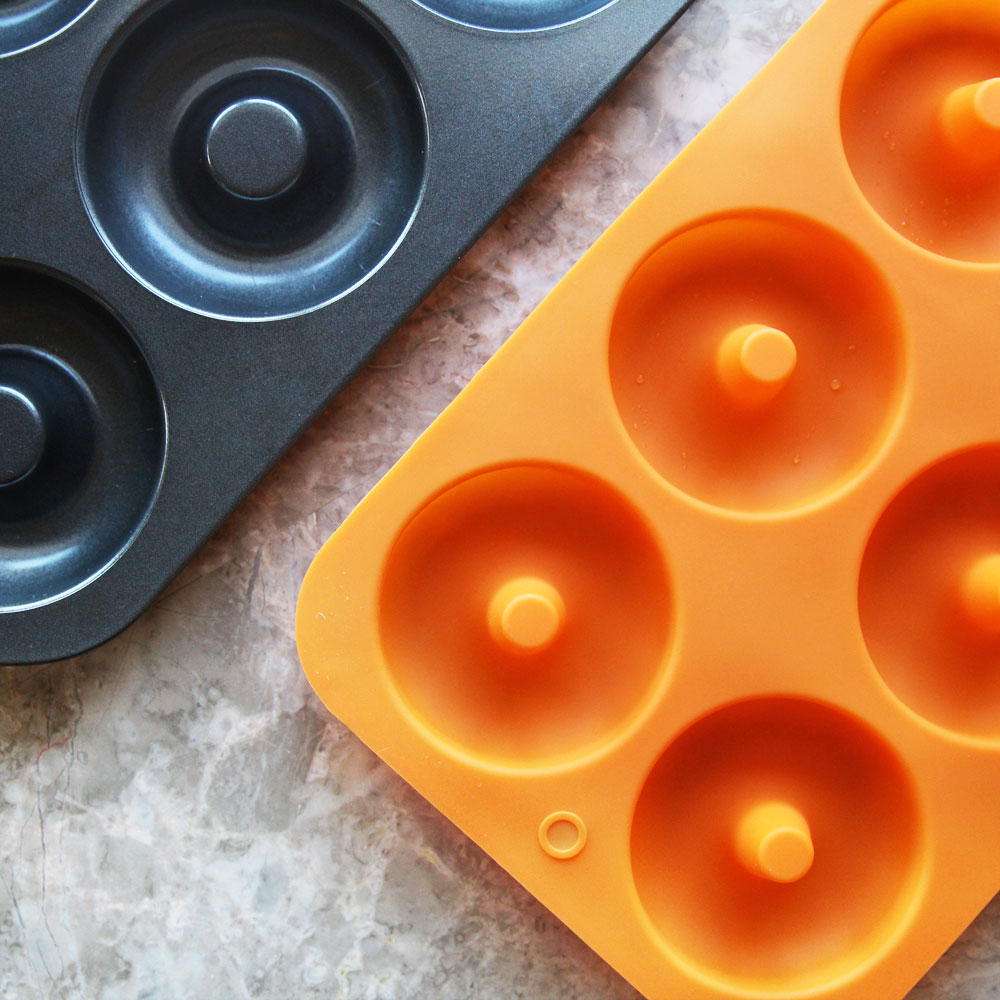
Evaluation Method
I evaluated the donuts based on the outer texture, mouthfeel, appearance, and crumb. I decided to assign number (star) values to each recipe where the number would represent relative ranks. Since I couldn't exactly rank donuts on ambiguous terms like "mouthfeel" or "texture" (for example, I love cake-based donuts so I could say a cakey donut has a five-star texture, but someone else might disagree and rate them lower). To make sure my preferences didn't influence my ratings, I picked more specific rankable traits like "chewy," "glutinous," "volume," "tenderness," and "nutrition."
Here's what each trait means in this guide
Most 5 >>>4>>>3>>>2>>>1 Least
- Chewy: the donut has a firm chew and texture. (5 being chewiest, and 1 being least chewy; soft)
- Glutinous: a glutinous texture is sticky, elastic and "mochi-like." It also has a smooth and silky mouthfeel. (5- glutinous, 1- least glutinous, more like cake )
- Tender: a tender donut has a light, airy crumb that is finer textured like a cake. (5- most tender, light and moist crumb; 5- least tender; tight, dense or tough crumb)
- Volume: a good donut batter rises well and has a pleasing appearance. (5- good rise and volume, 1- dense, little rise)
- Nutritious: a nutritious recipe uses ingredients that have higher protein, fiber, and nutrition content (5 - most nutritious, 1- least nutritious)

How paleo donuts can have mochi texture
The secret is with tapioca, the same ingredient found in tapioca pudding, boba tea, and other gluten-free baked goods. Since tapioca flour becomes sticky, elastic and chewy when it is hydrated and cooked, it can be added to paleo dessert recipes to provide that chew and springy texture that you would otherwise miss. And it happens to be paleo. How great is that?
The recipe I used to start is the one from Part 2 of my mochi donut experiment - the one using almond flour and applesauce. Instead of the mochiko (sweet rice flour), I used tapioca flour instead.
½ cup mochiko flour --> sub with ½ cup tapioca flour (a.k.a. tapioca starch)
½ cup almond flour
½ cup sugar --> use paleo sugars such as coconut, date or maple sugar
¼ tsp salt
2 large eggs
2 Tbsp olive oil
½ tsp baking soda
⅓ cup applesauce
1 tsp apple cider vinegar
Directions: Mix all ingredients together with a whisk.
Spoon or pour into a well-greased donut pan (fill to ¾ full).
Bake in a 350F preheated oven for about 15-18 minutes (about 20-22 minutes for silicone donut pan).
Makes 6-8 donuts depending on pan size.

Paleo Cacao Applesauce Mochi Donuts
In this recipe, I substituted the ½ cup mochiko flour with ½ cup of tapioca starch and then added 1 Tablespoon of cacao powder (or cocoa powder).
These paleo applesauce mochi donuts were unbelievably springy. They weren't as tender or sticky as what you would expect mochi donuts to feel like, but they were fluffy and light, a little spongy and springy. The chewy texture was like original mochi donuts, though maybe not as toothsome.
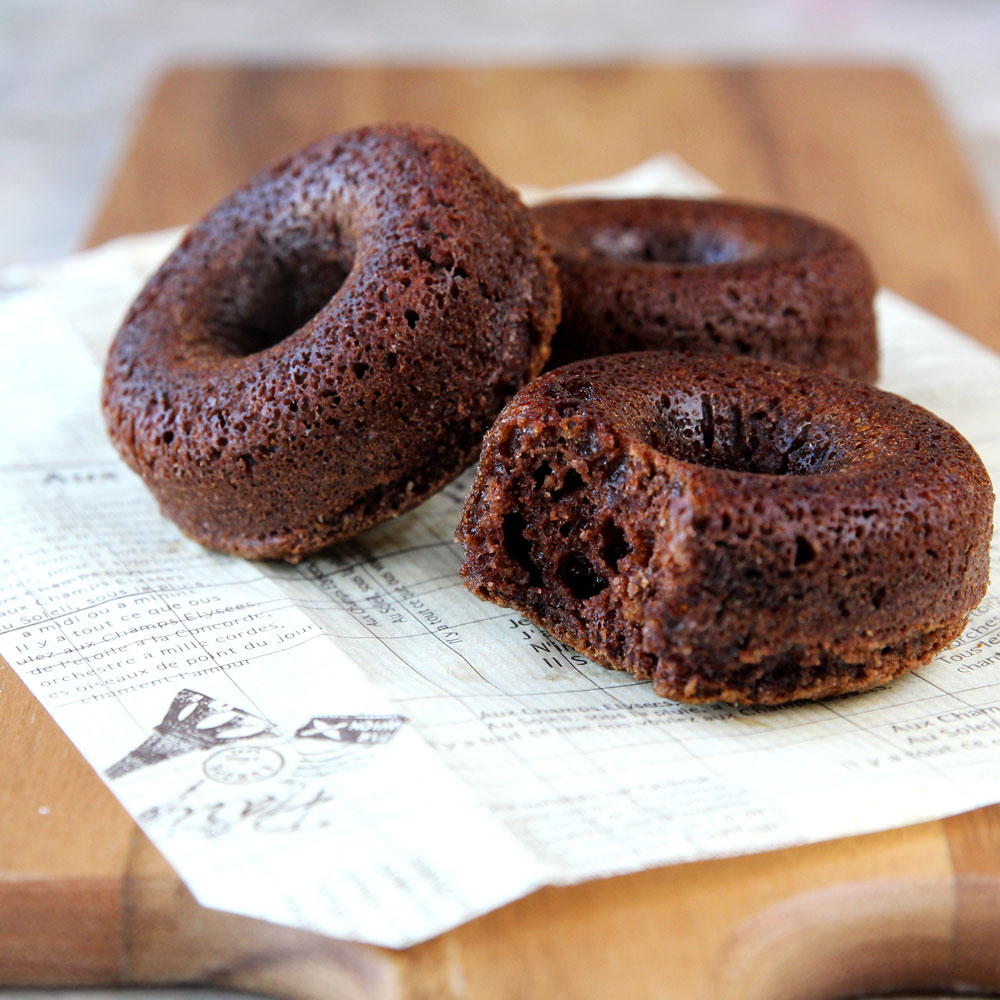
½ cup tapioca flour (also called tapioca starch)
½ cup almond flour
½ cup coconut sugar + 1 Tbsp unsweetened cacao powder
¼ tsp salt
2 large eggs
2 Tbsp olive oil (or coconut oil)
½ tsp baking soda
⅓ cup applesauce
1 tsp apple cider vinegar
Review
| Chewy | ★★★★ | 4 |
| Glutinous | ★★ | 2 |
| Tender | ★★ | 2 |
| Volume | ★★★★★ | 5 |
| Nutritious | ★★★★★ | 5 |

Paleo Black Sesame Mochi Donut
This time, instead of the ½ cup almond flour I used ½ cup ground black sesame seed powder. And as with the previous recipe, I used tapioca flour instead of the sweet rice flour).
The results were similar to the one made with almond flour but slightly less tender and chewy. I think it may have to do with the fact that I used a DIY black sesame flour (by grinding them in the blender), since there were larger bits of sesame seeds in the crumb.
What I liked about this one was the flavor. Black sesame is usually used as a flavoring or add-in, so it was nice to have a donut that boasted so much of black sesame's natural, earthy and nutty sweet flavor. I definitely recommend glazing this donut if you're ok with using powdered sugar (non-paleo).
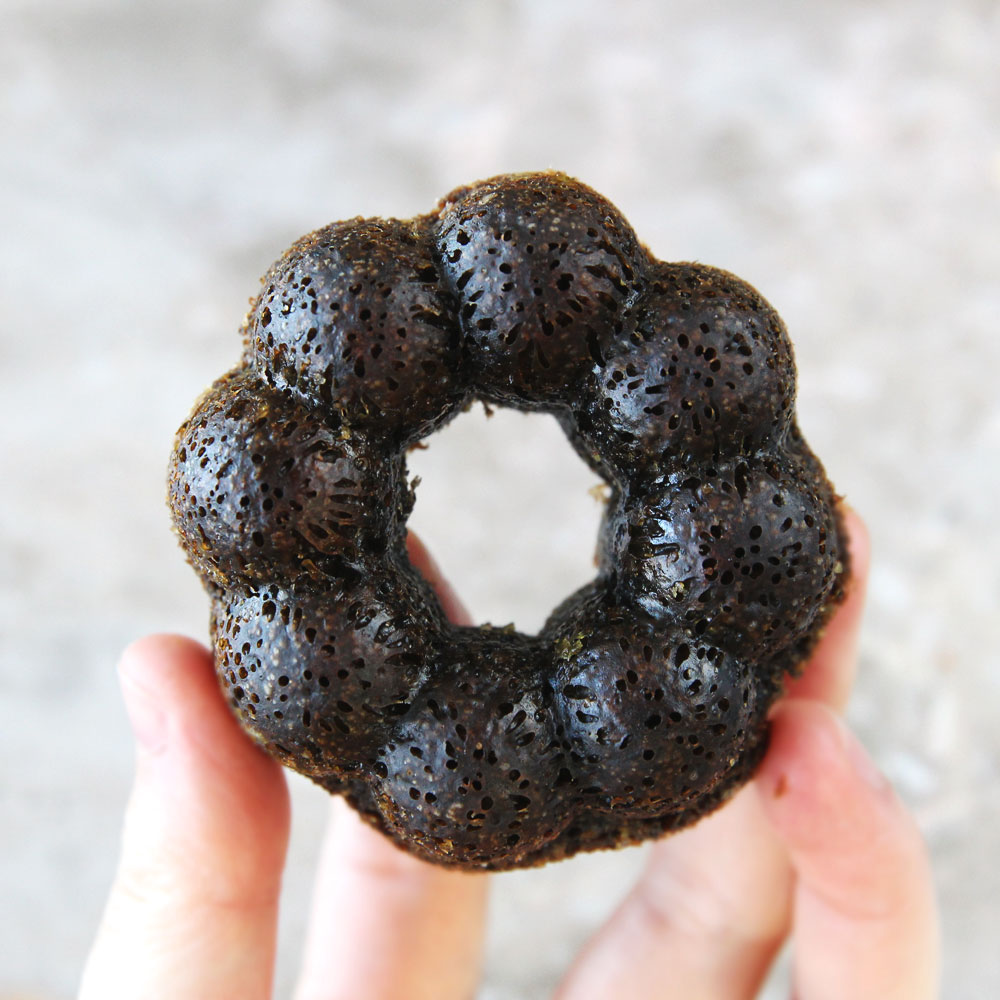
½ cup tapioca flour (also called tapioca starch)
½ cup ground black sesame flour
½ cup coconut sugar
¼ tsp salt
2 large eggs
2 Tbsp olive oil (or coconut oil)
½ tsp baking soda
⅓ cup applesauce
1 tsp apple cider vinegar
Review
| Chewy | ★★★ | 3 |
| Glutinous | ★★ | 2 |
| Tender | ★ | 1 |
| Volume | ★★★★★ | 5 |
| Nutritious | ★★★★★ | 5 |

Paleo Sweet Potato Mochi Donut
In this recipe I substituted the ⅓ cup applesauce with ⅓ cup mashed purple sweet potatoes. I
Review: the addition of apple cider vinegar turned my purple sweet potatoes blue... but that aside, the donuts turned out a bit tough and much less moist than when I used applesauce.
½ cup tapioca flour (also called tapioca starch)
½ cup almond flour
½ cup coconut sugar
¼ tsp salt
2 large eggs
2 Tbsp olive oil (or coconut oil)
½ tsp baking soda
⅓ cup mashed purple sweet potato
1 tsp apple cider vinegar
Review
| Chewy | ★★★★ | 3 |
| Glutinous | ★ | 1 |
| Tender | ★ | 1 |
| Volume | ★★★★★ | 5 |
| Nutritious | ★★★★★ | 5 |
**4/17/2021 this post is still in progress. Keep visiting to see updates

Conclusion
So glad I tried this paleo mochi donut experiment! The results were springy, spongy and chewy donuts-- surprisingly similar to some of my previous baked mochi donut recipes, though they were less sticky than when I used sweet rice flour.
One thing I would say these paleo versions of mochi donuts had in common was the springiness and fluffy structure (they actually bounced - how I found out is a story for another day, lol). Appearance-wise I would say these were even better than mochi donuts made of sweet rice flour.
Order of preference: applesauce chocolate mochi donut > applesauce black sesame >>> purple sweet potato
**4/17/2021 this post is still in progress. Keep visiting to see updates

More mochi recipes you'll love



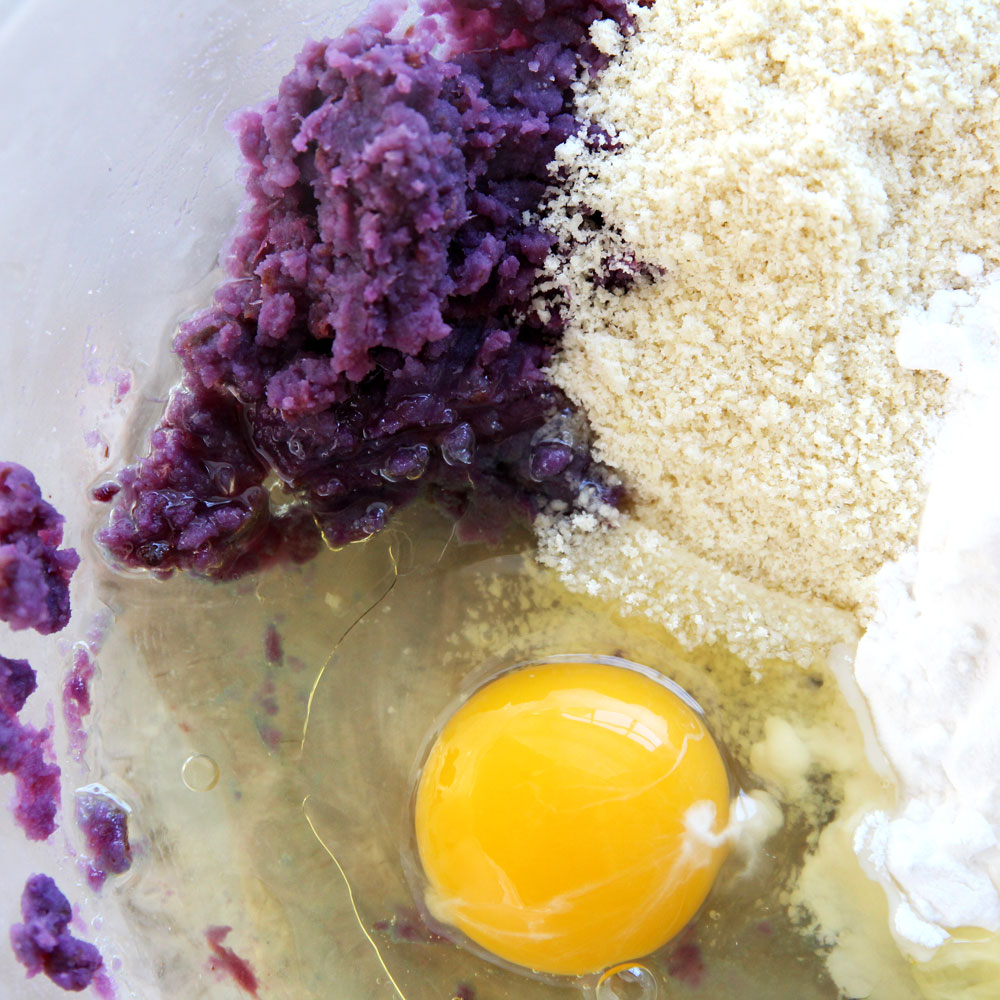
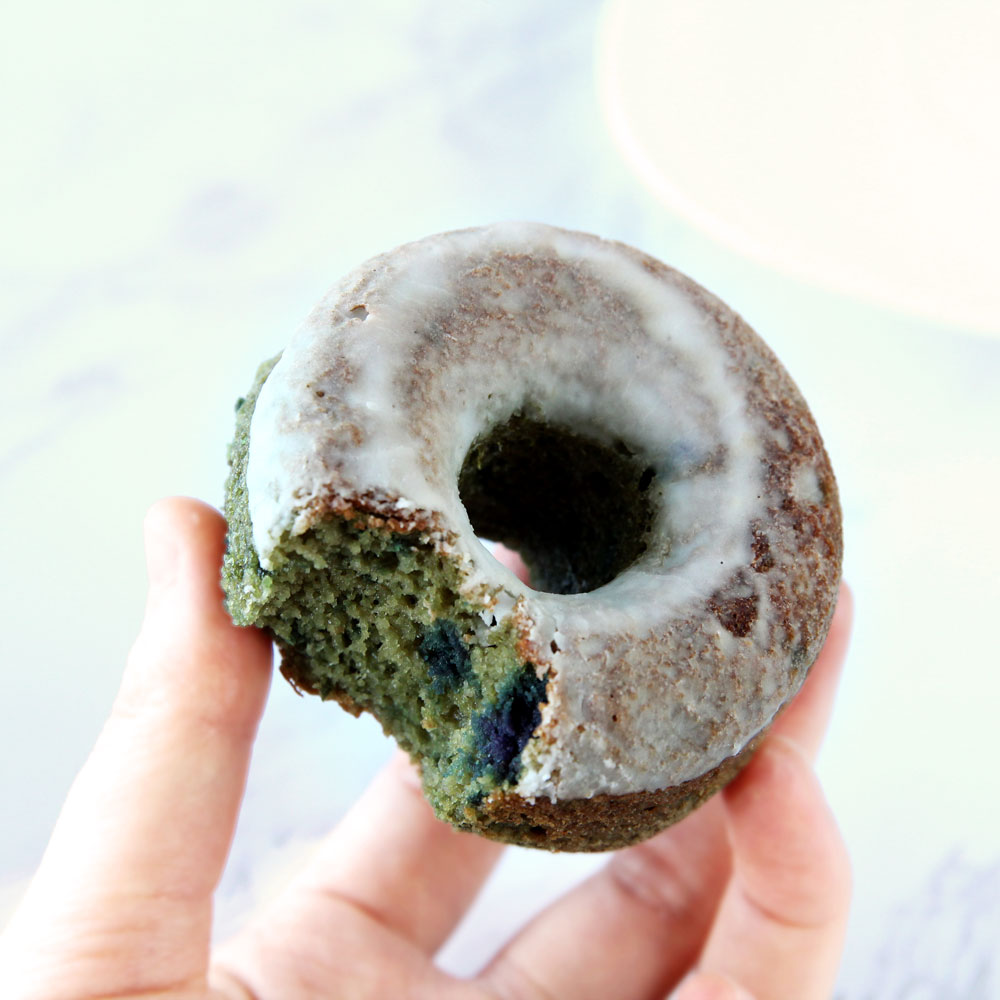

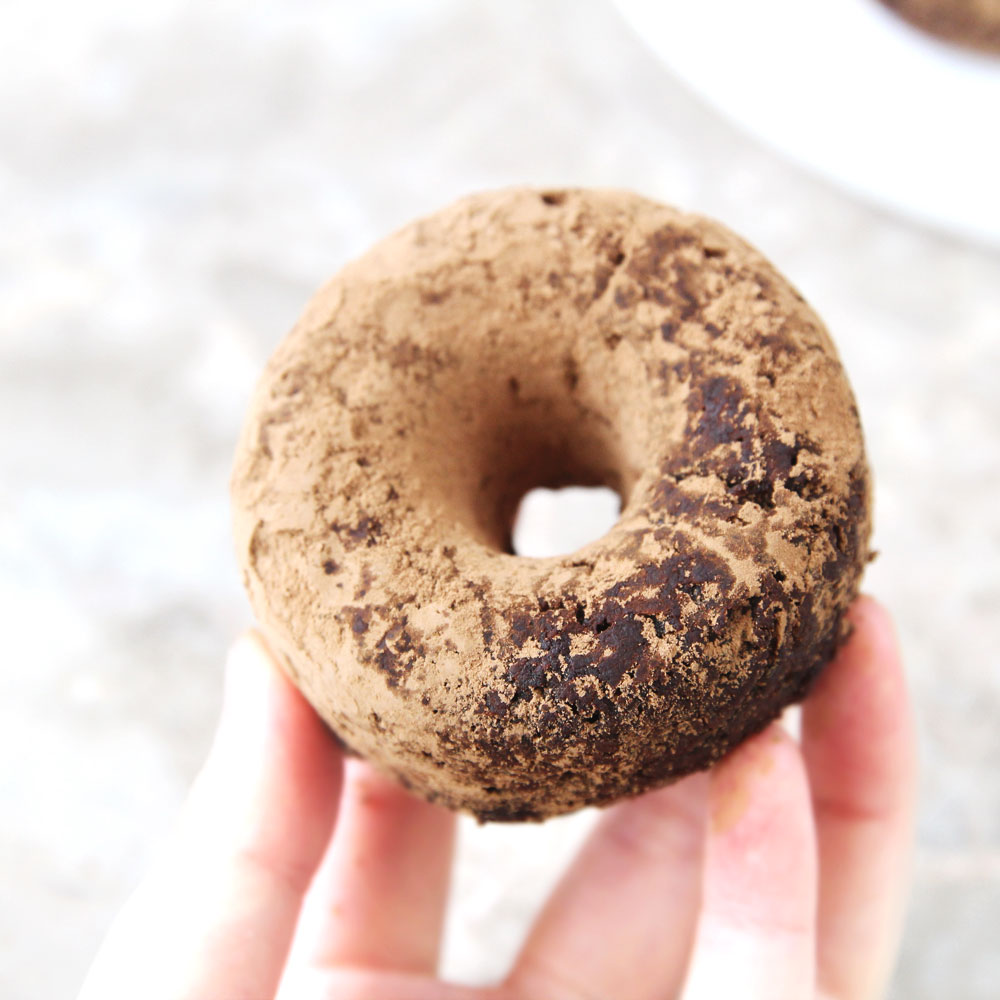
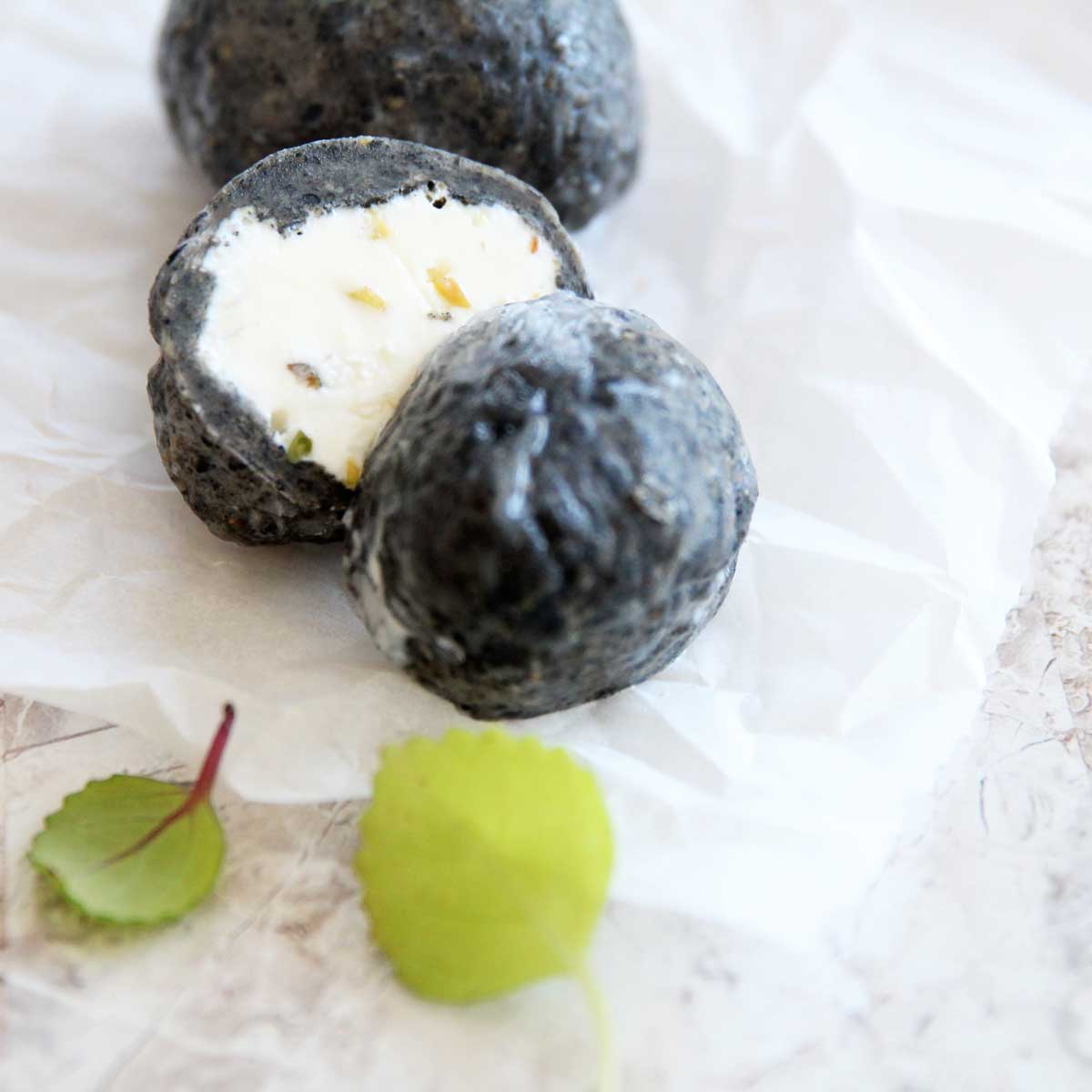
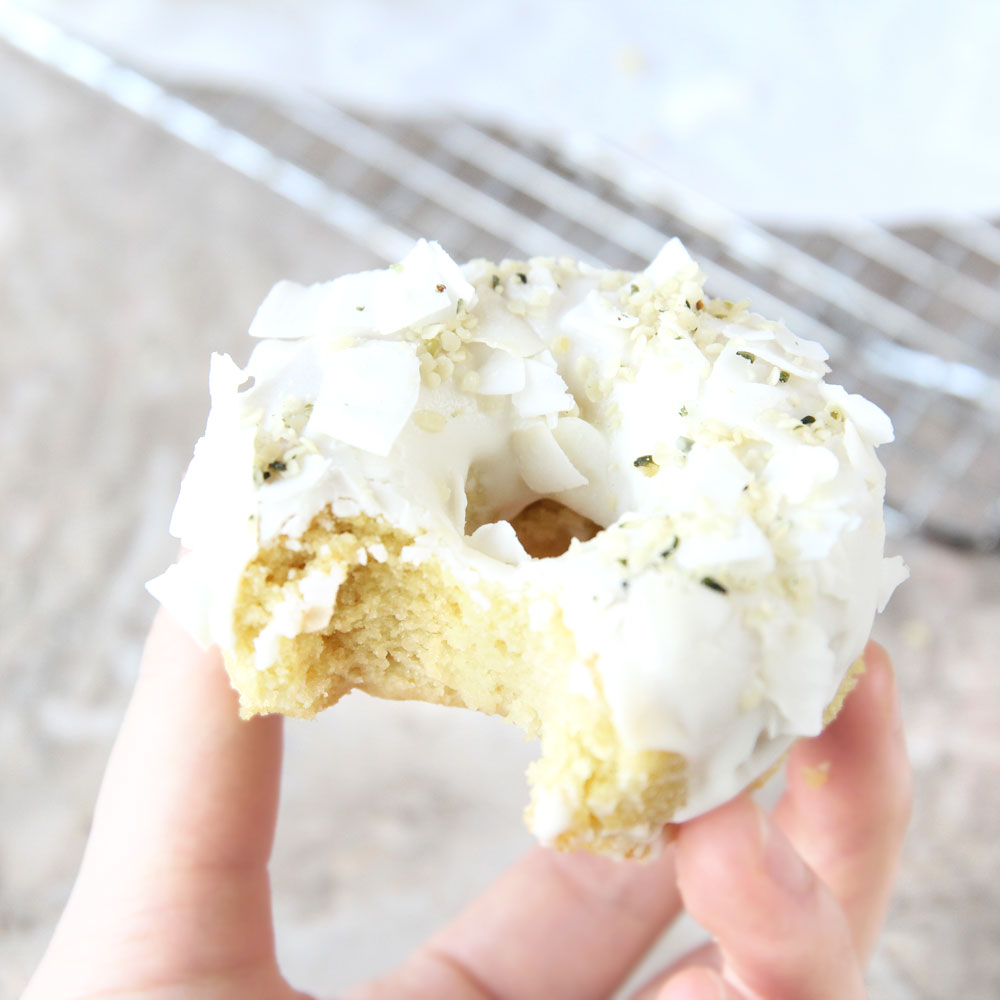
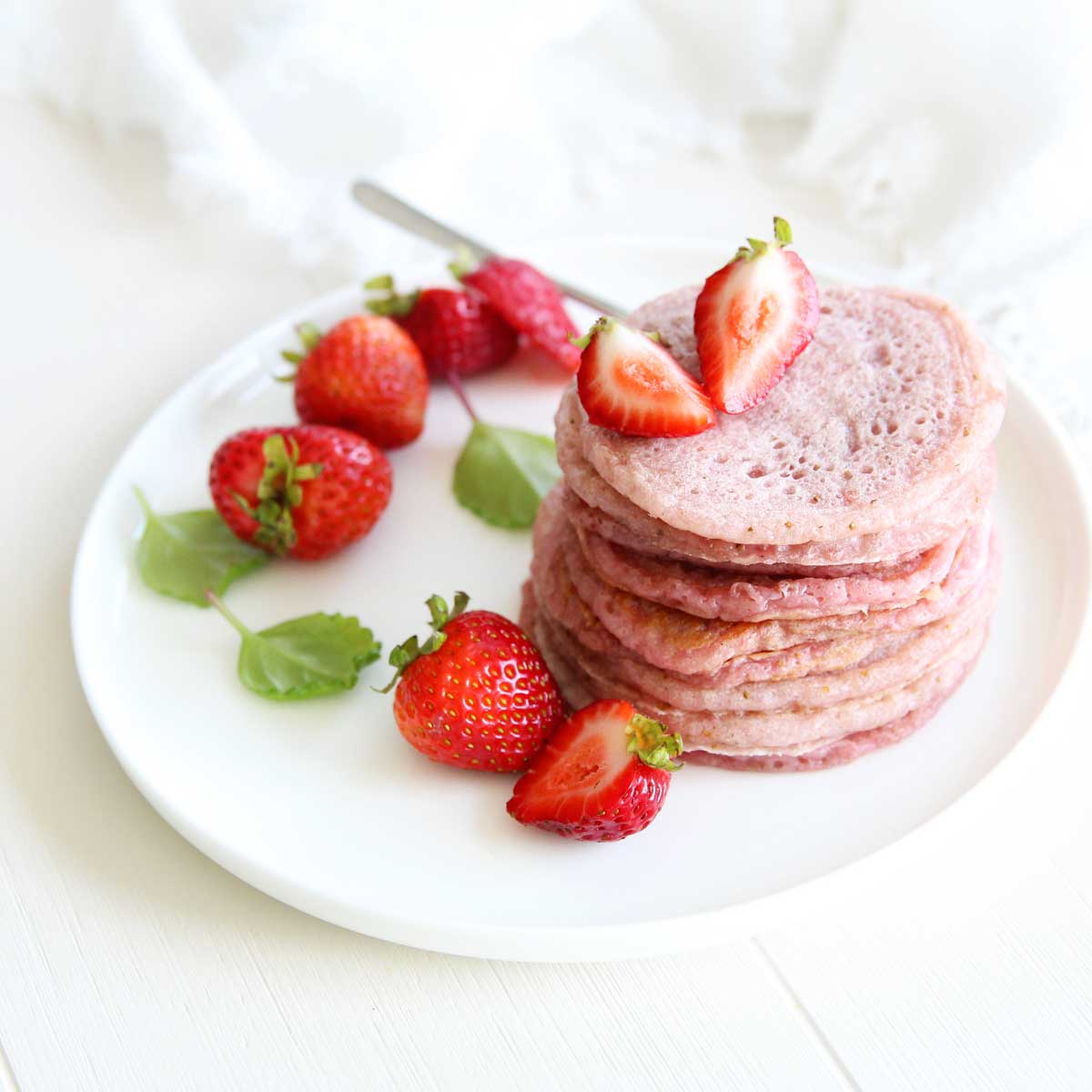
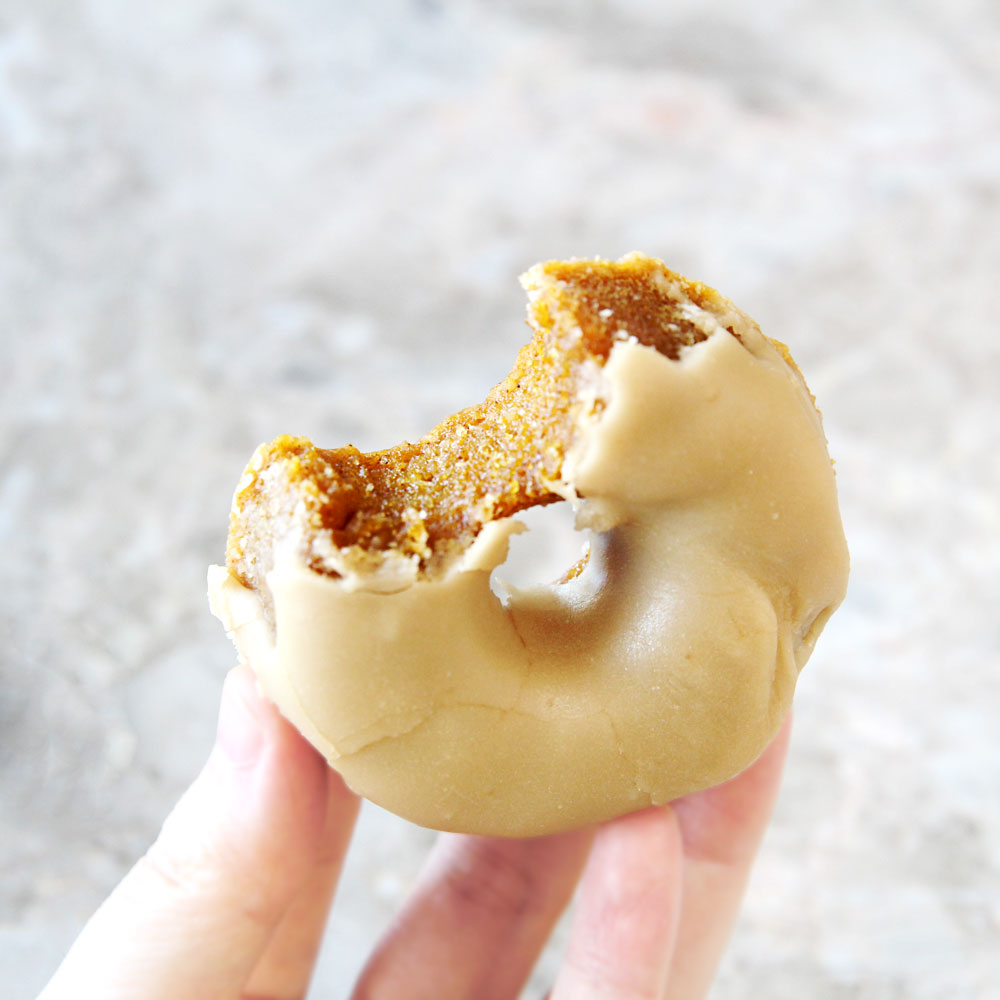
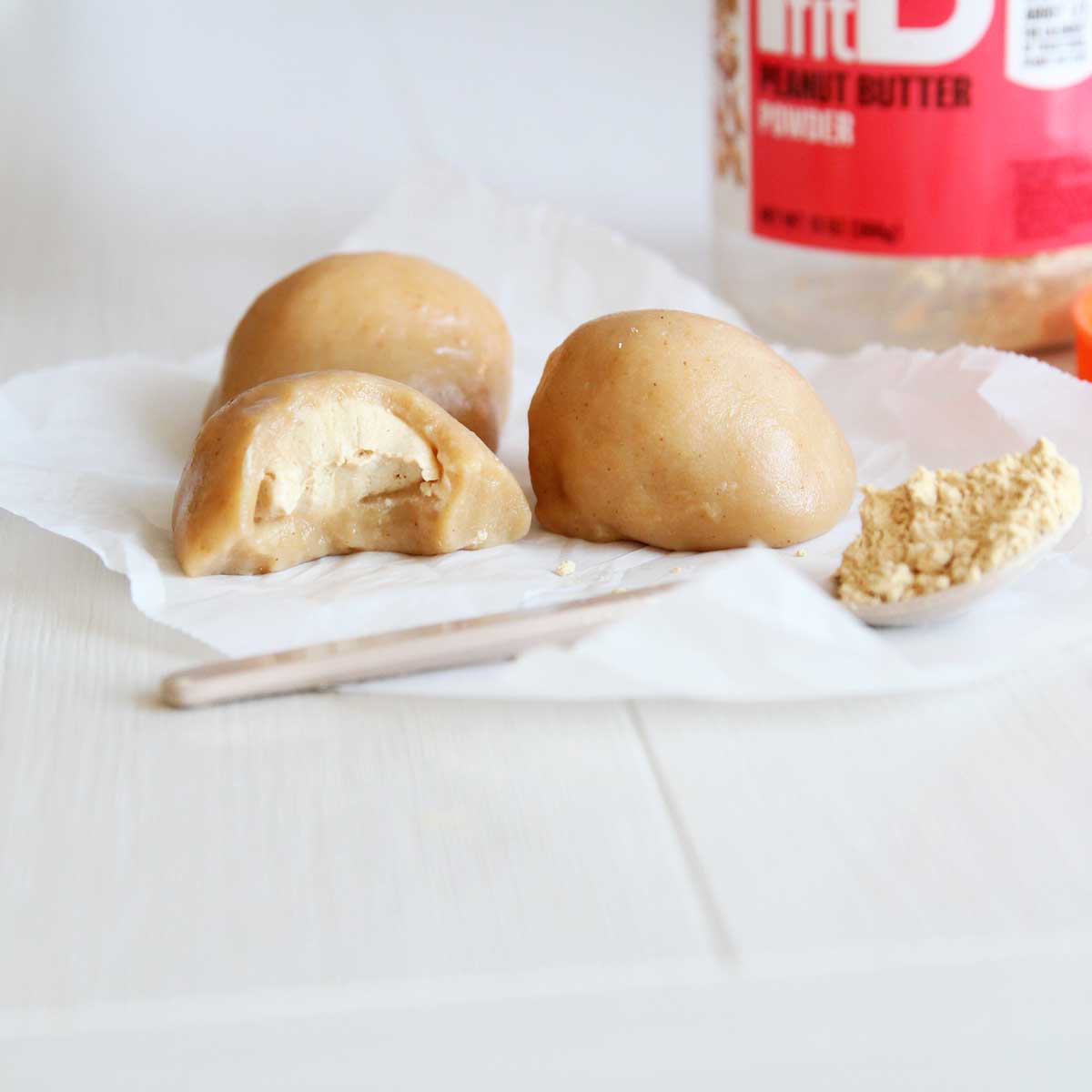
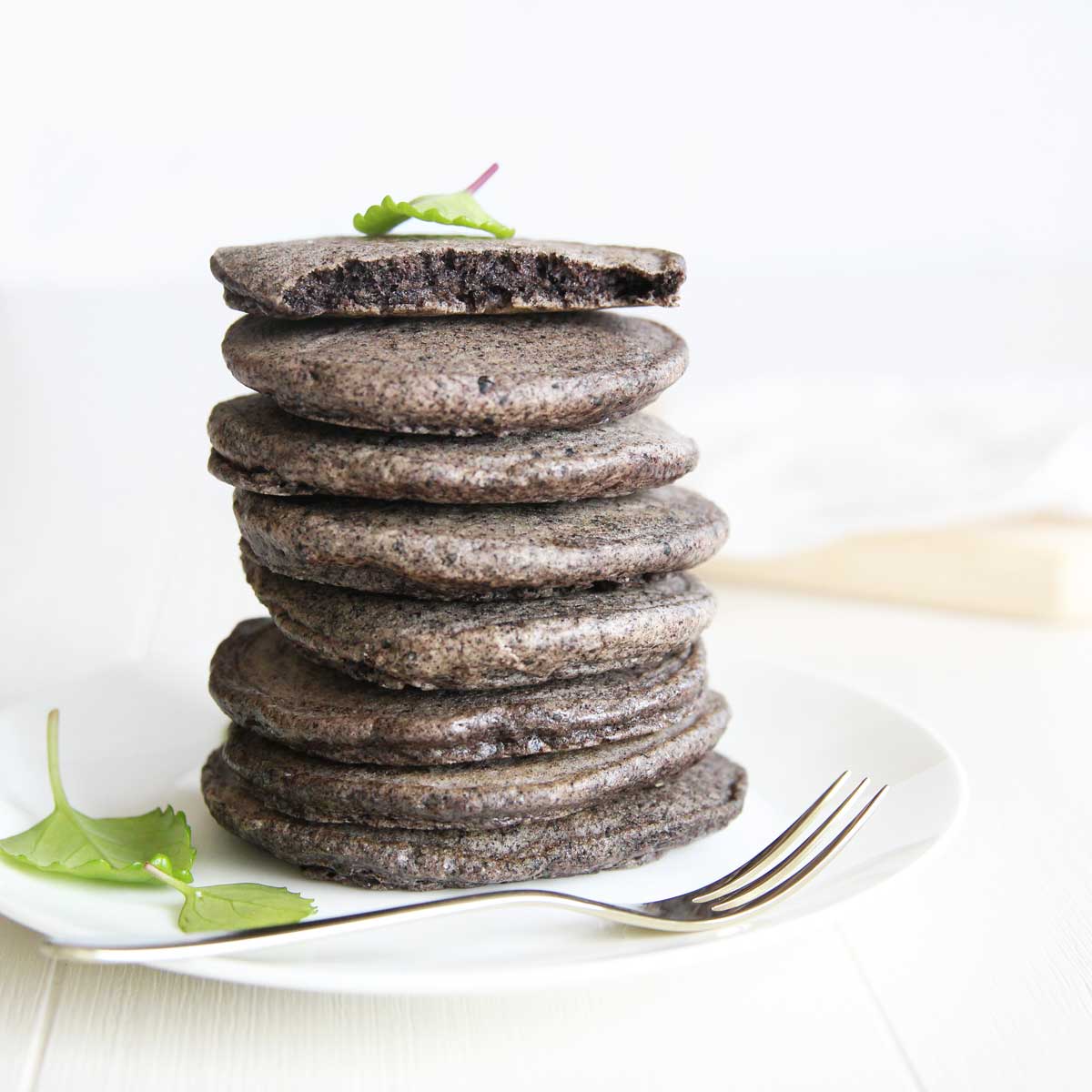
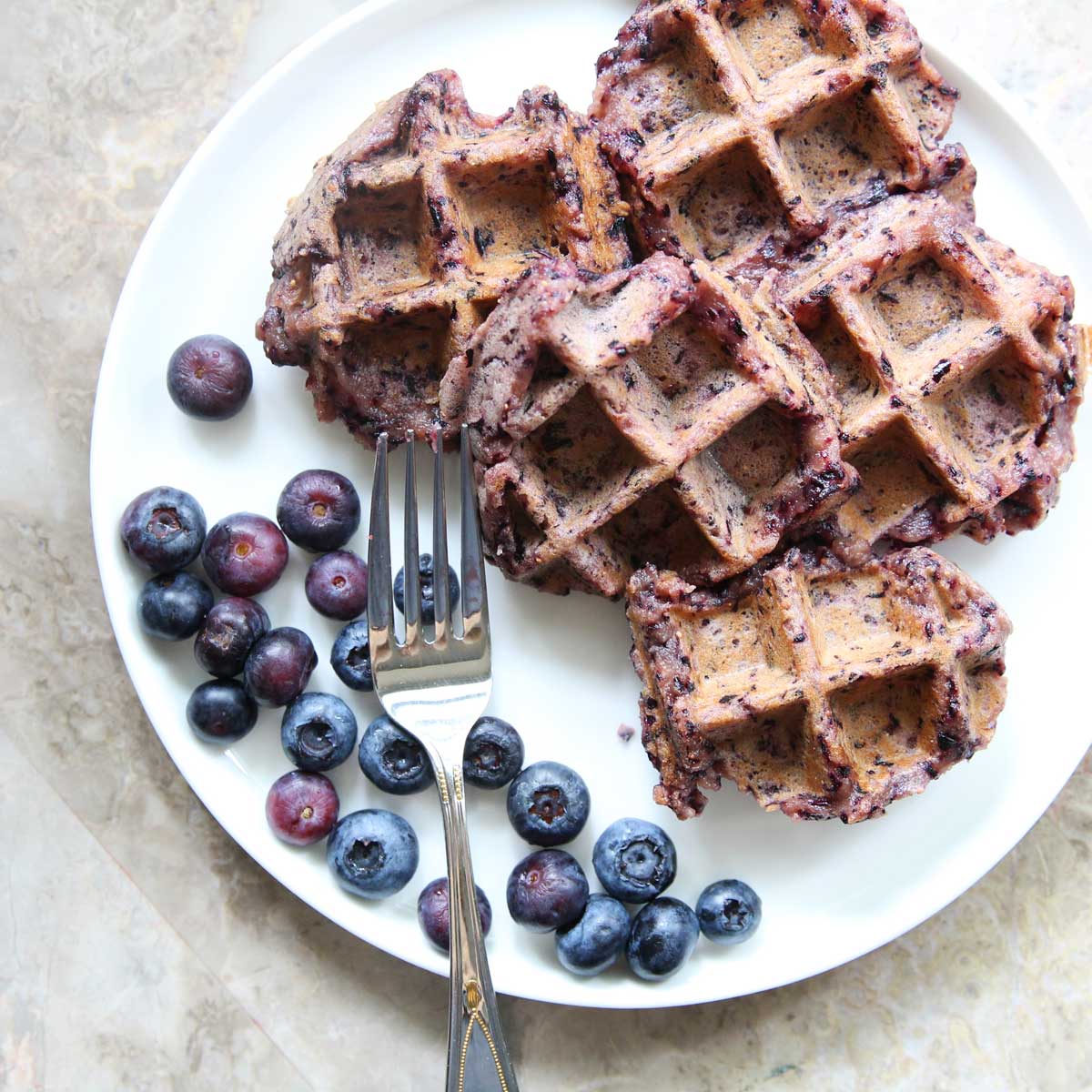
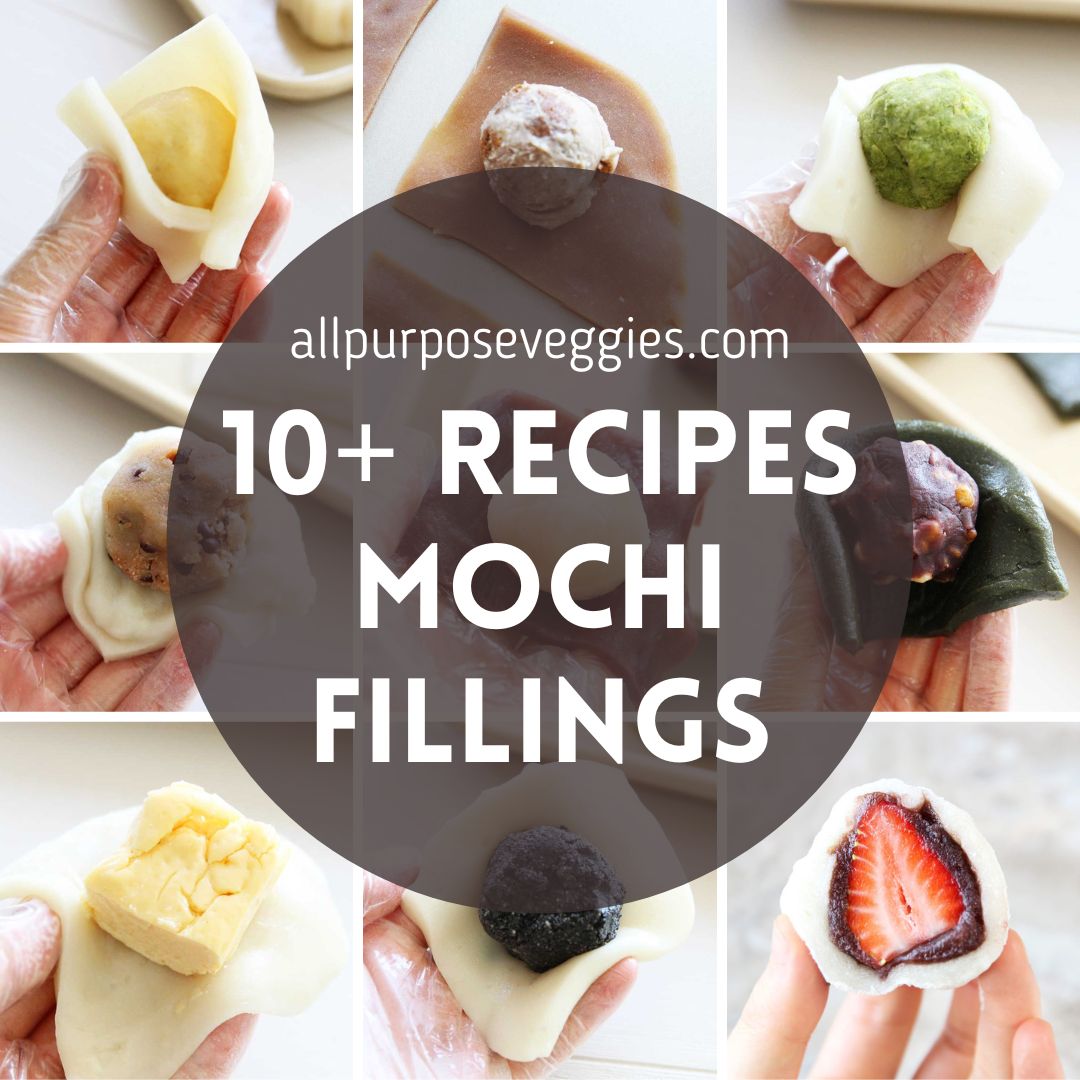
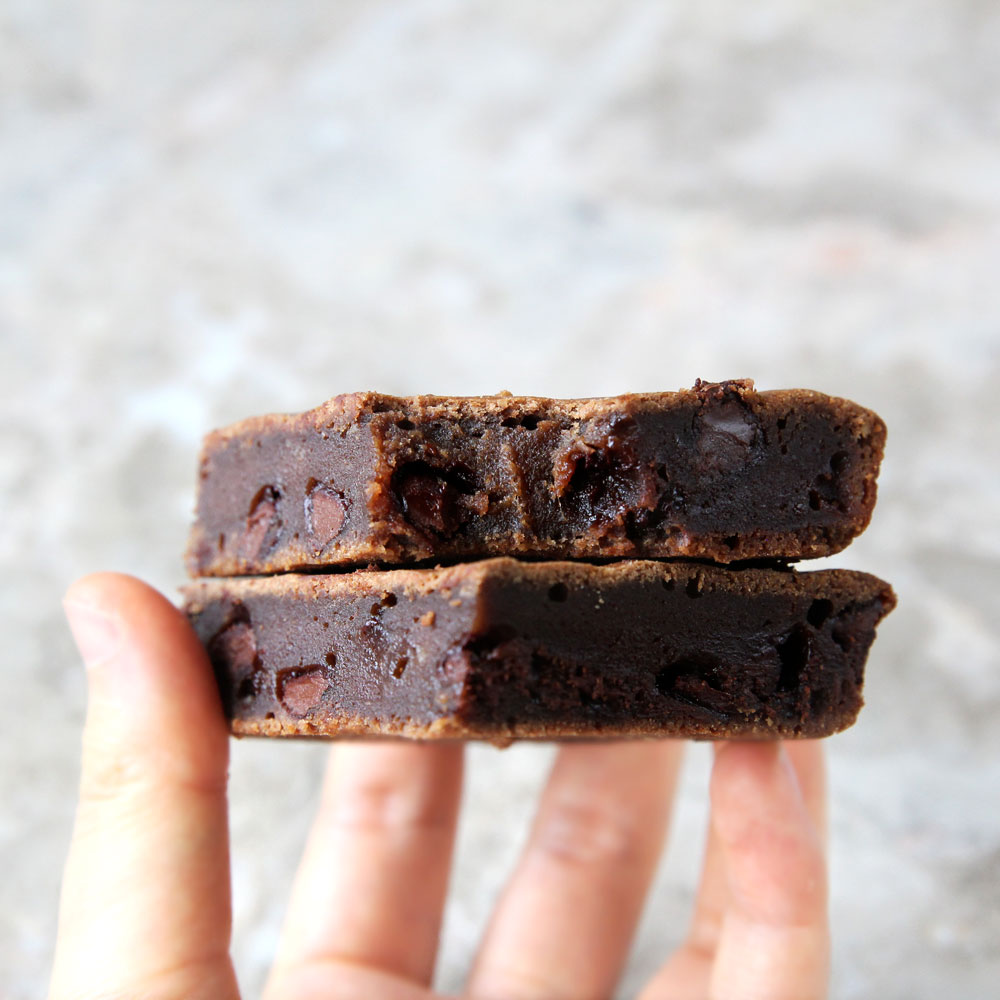
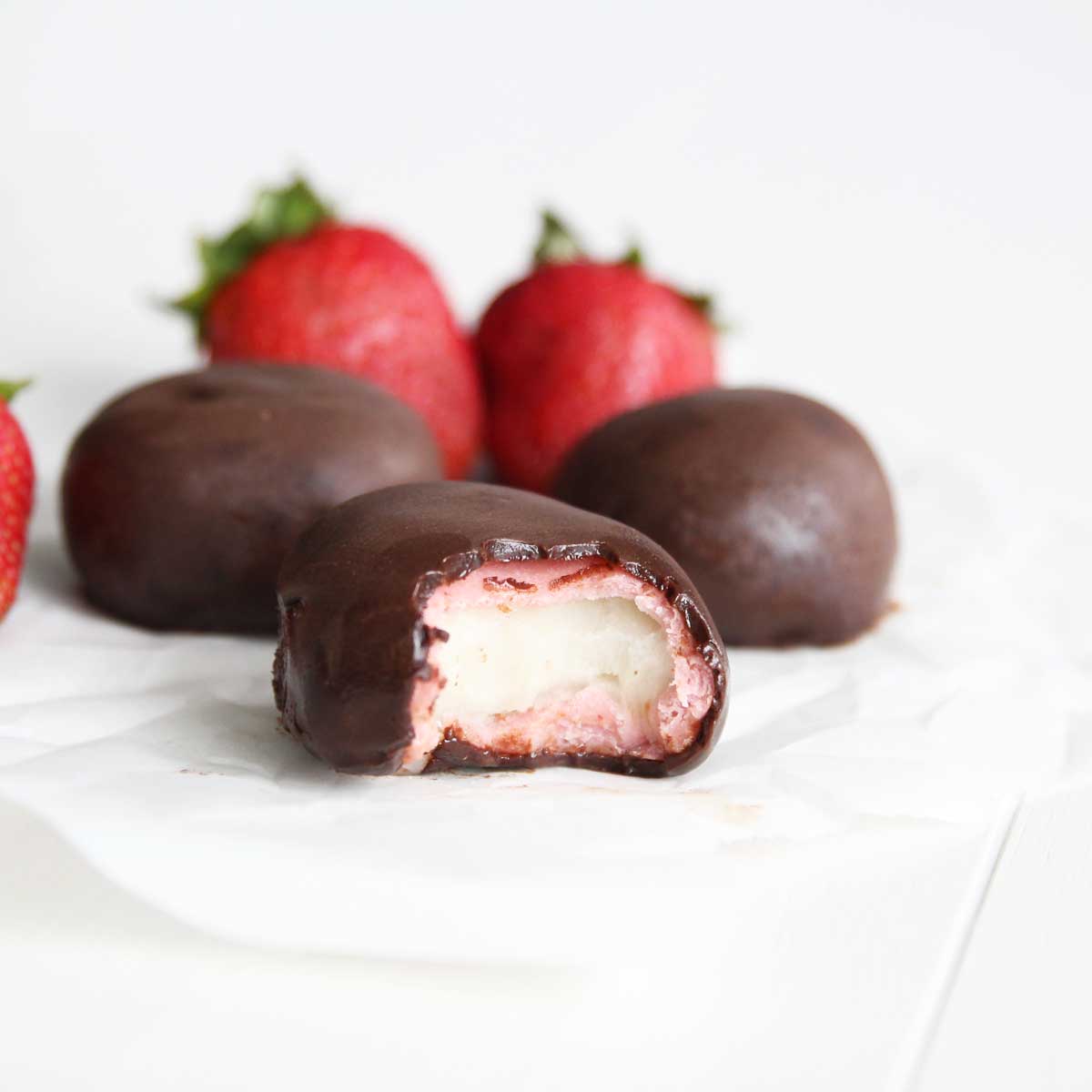
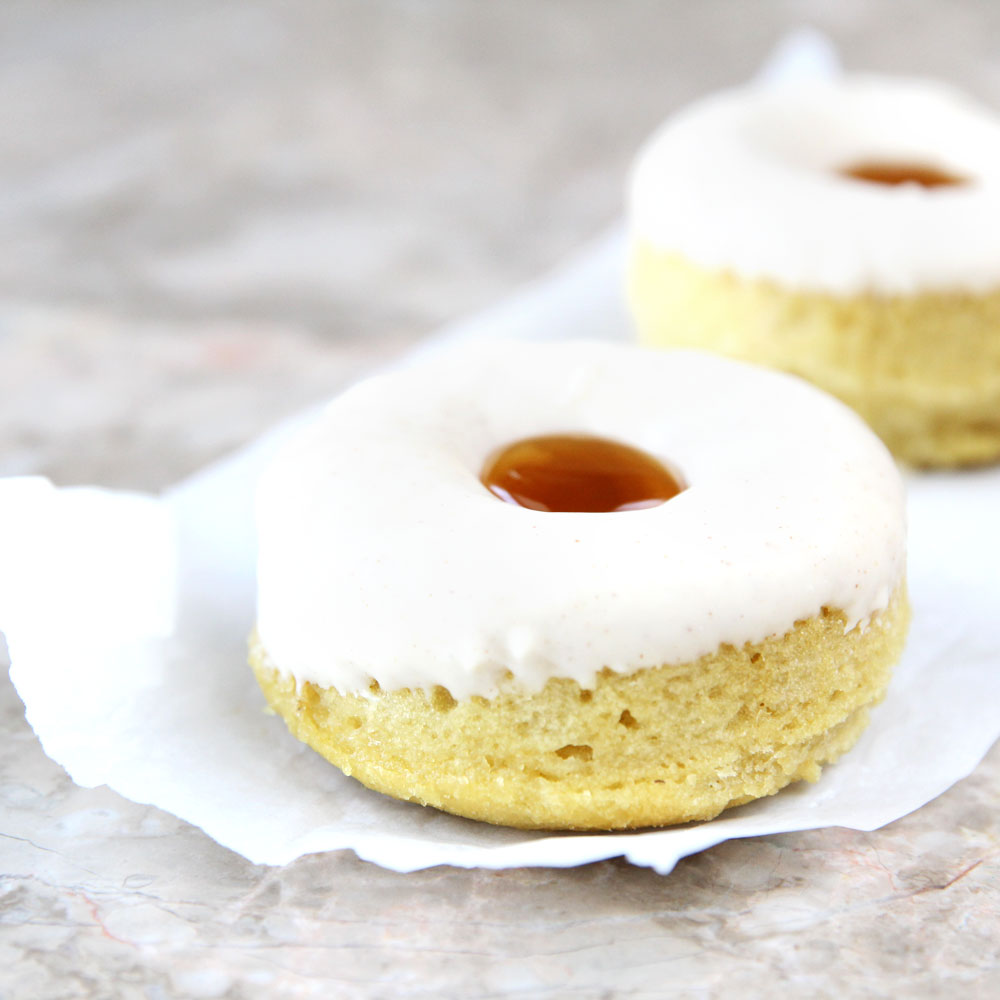
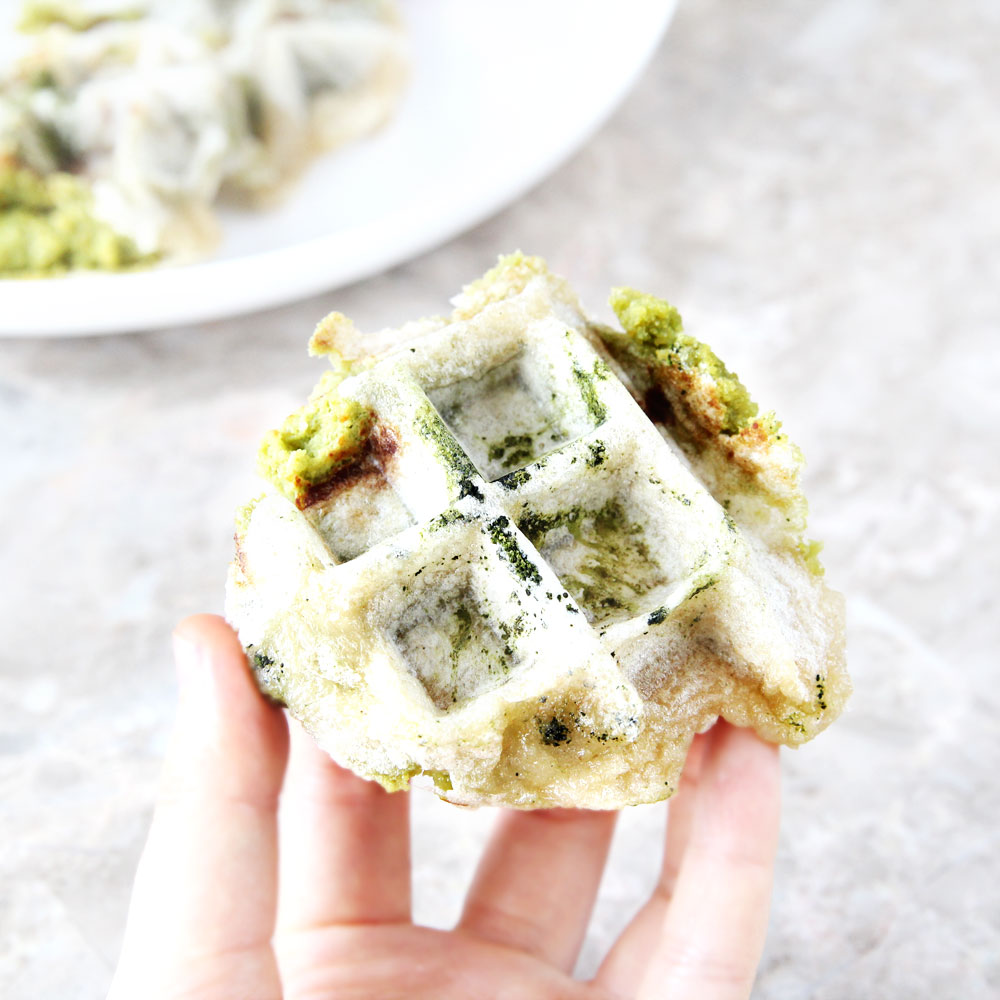
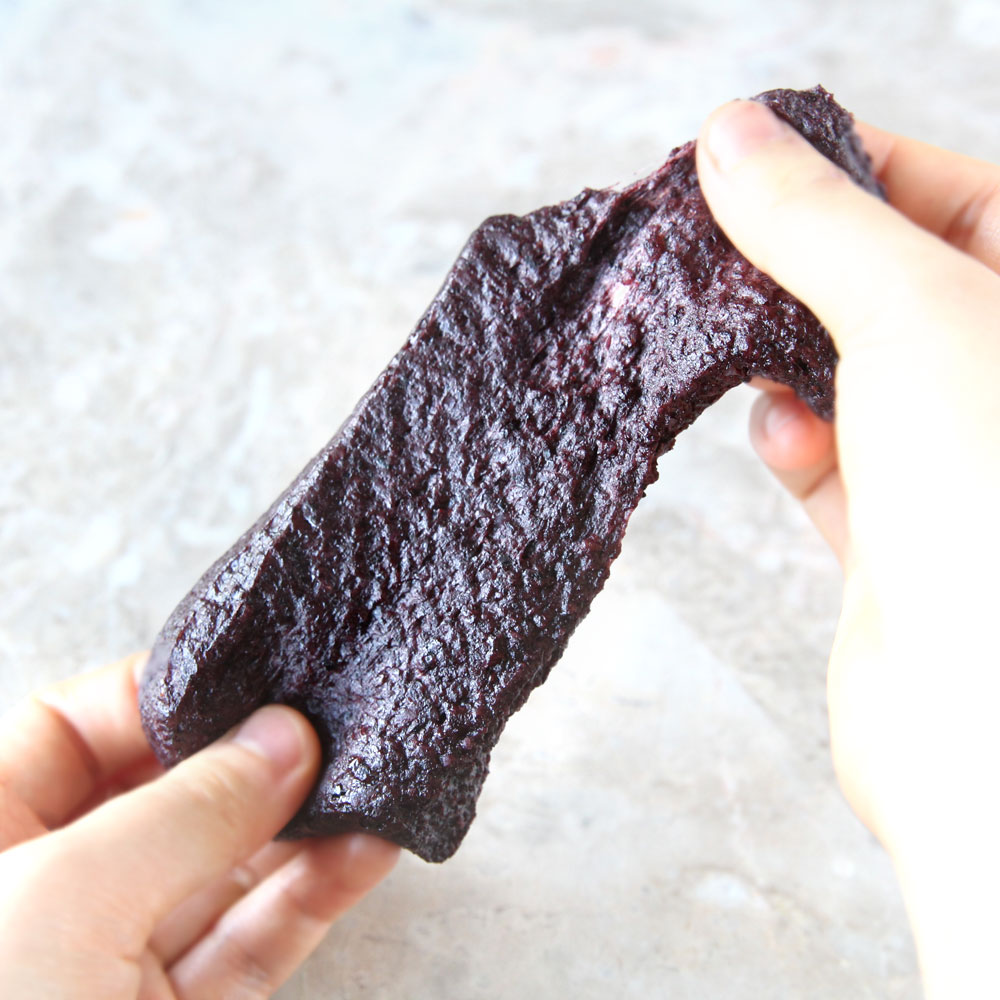
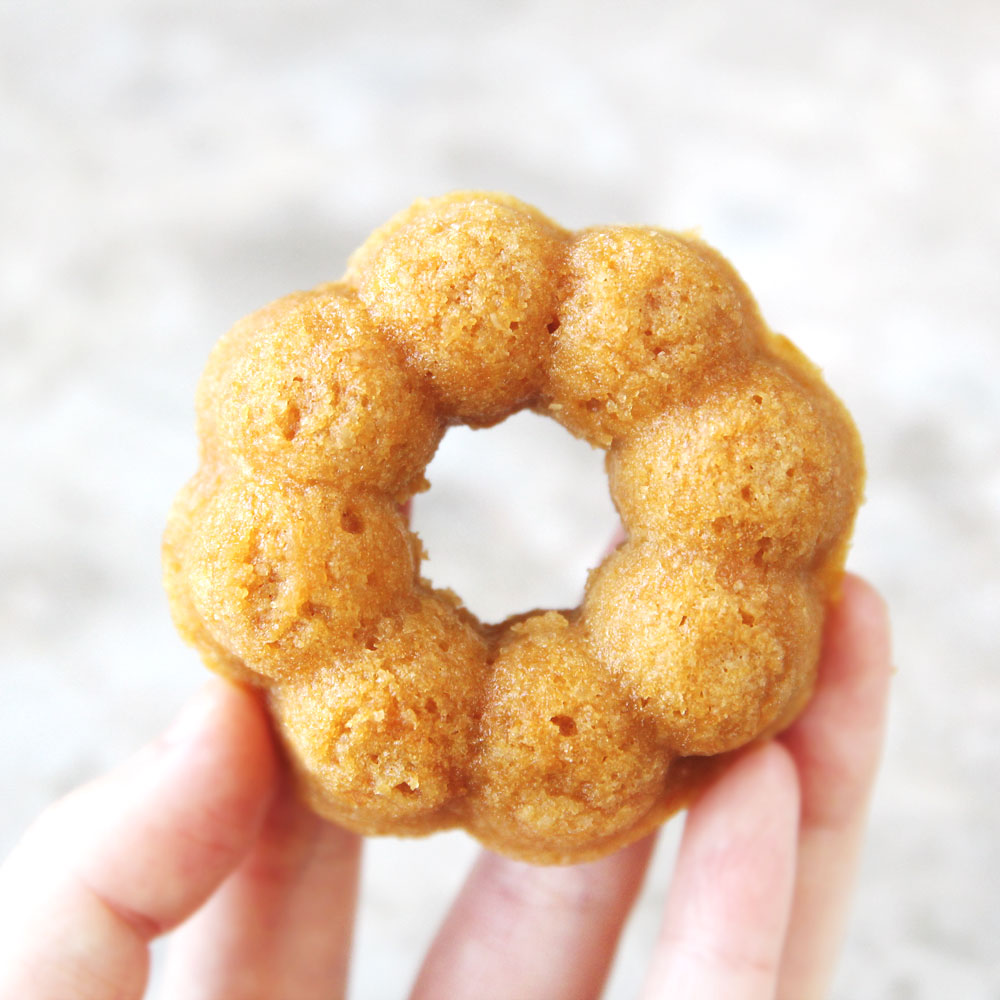
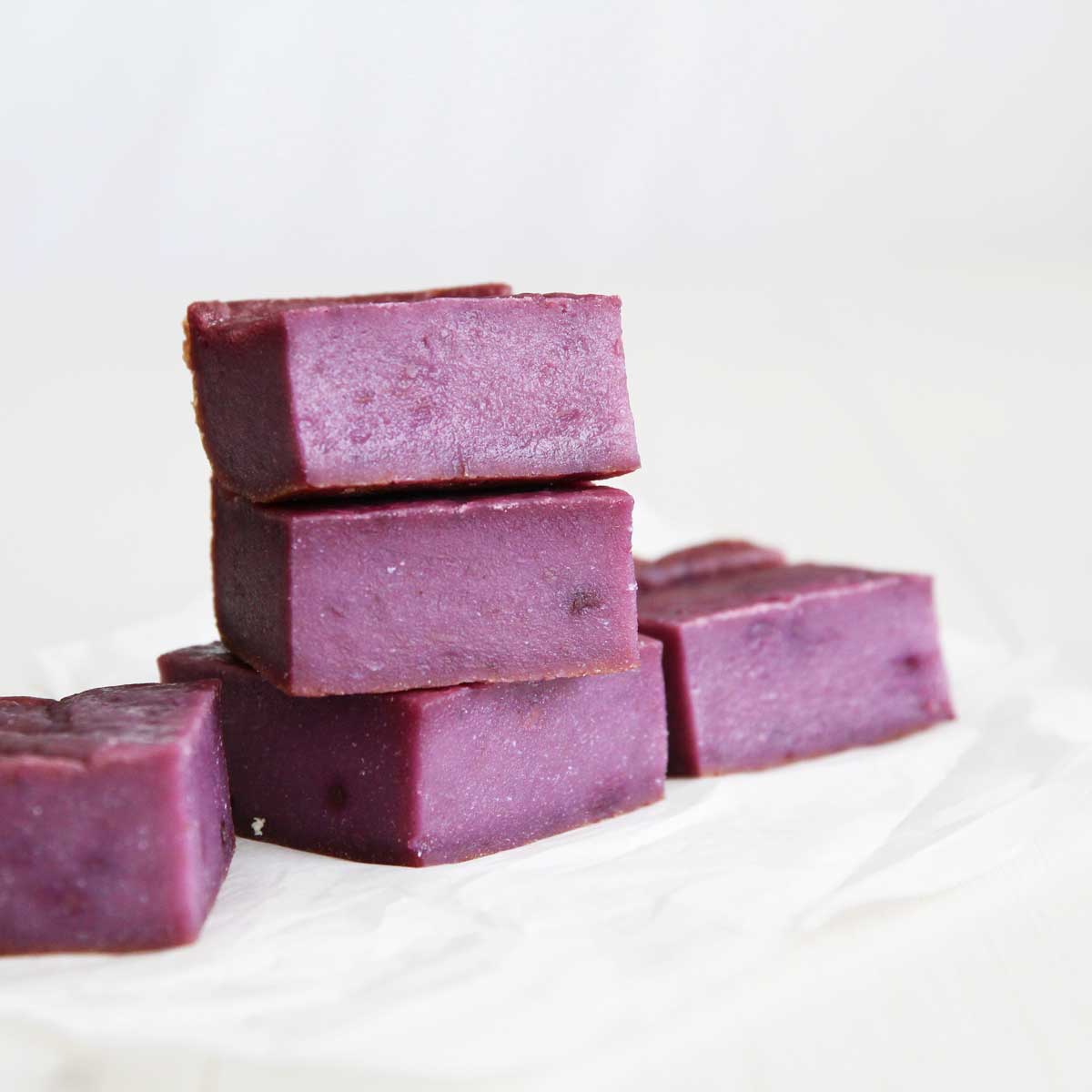
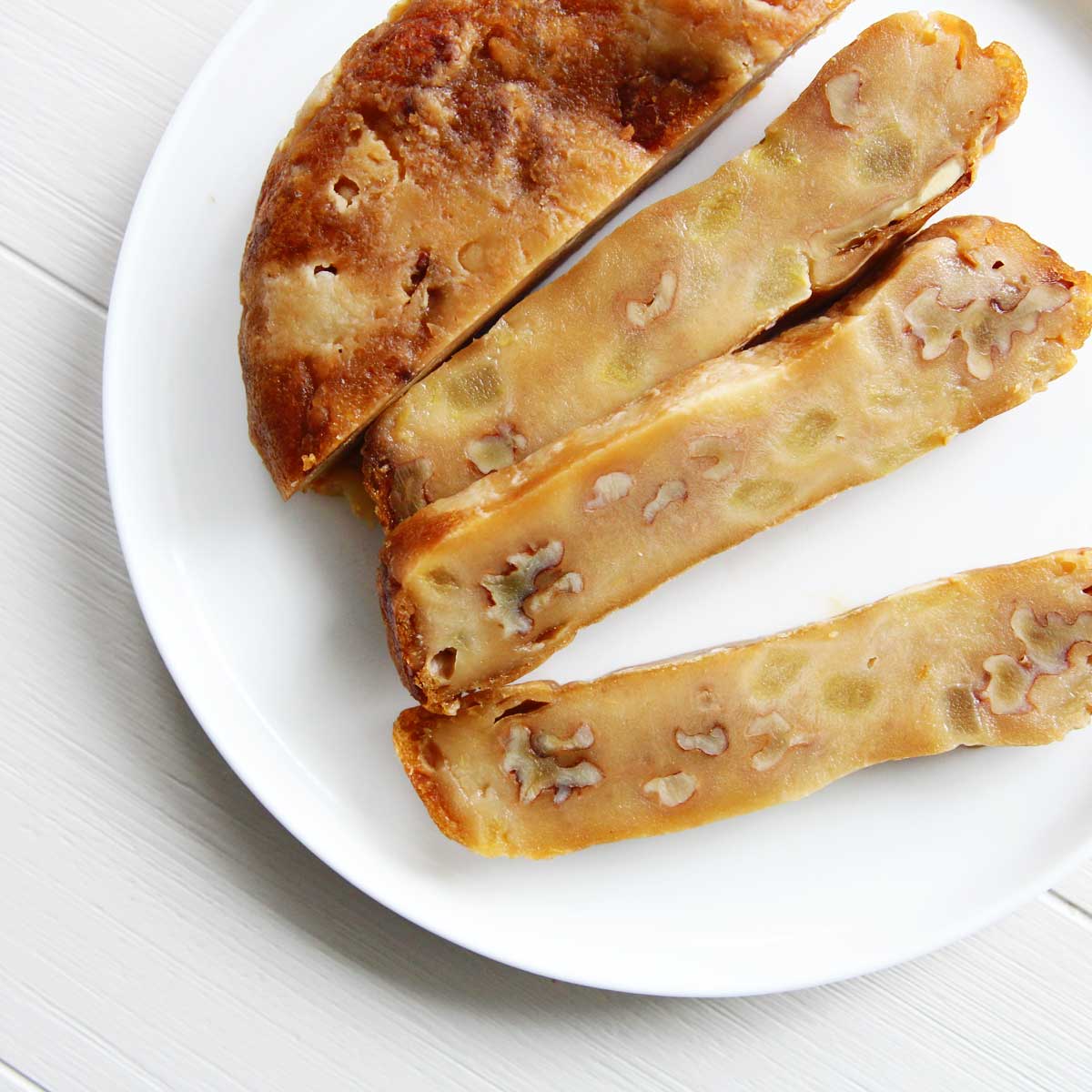
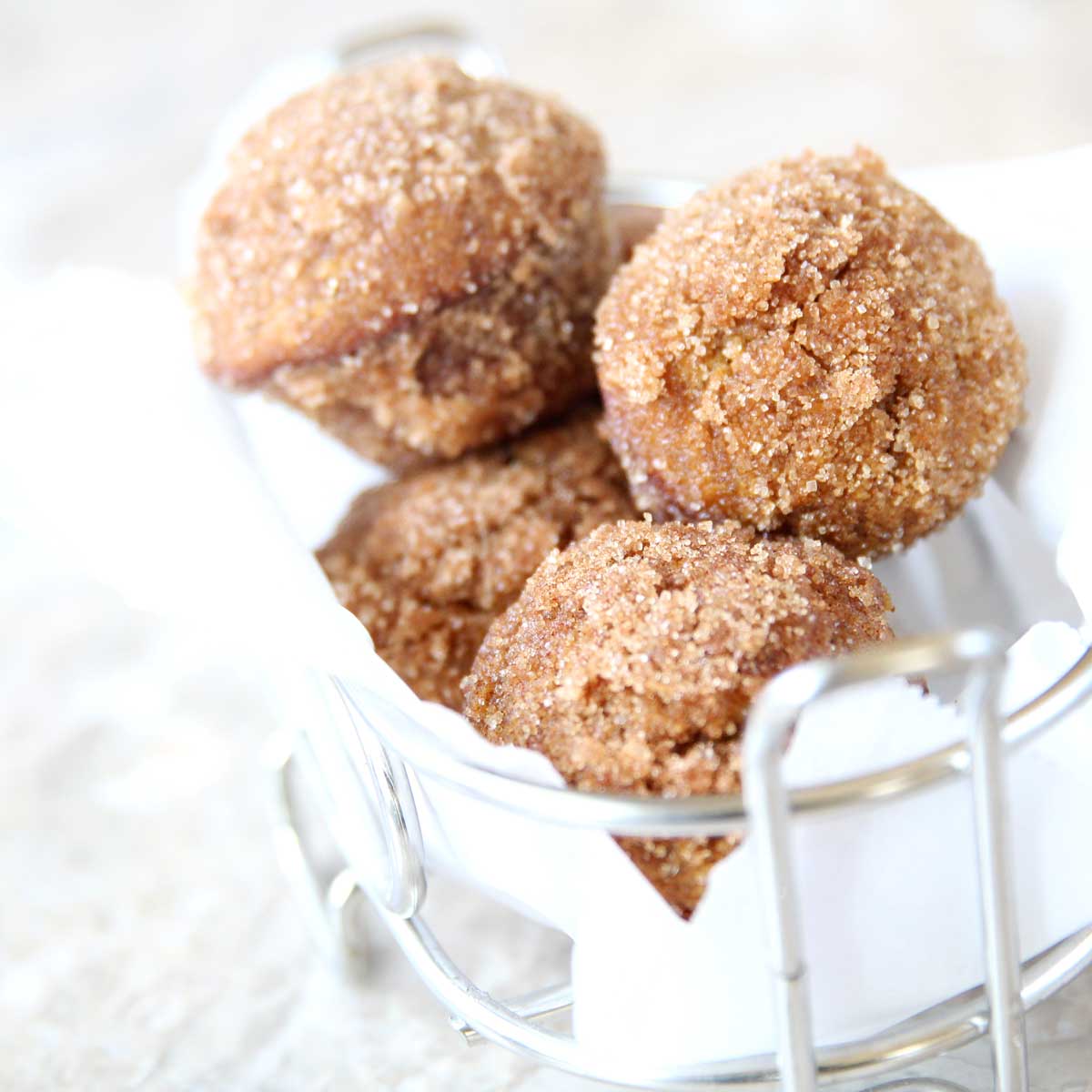
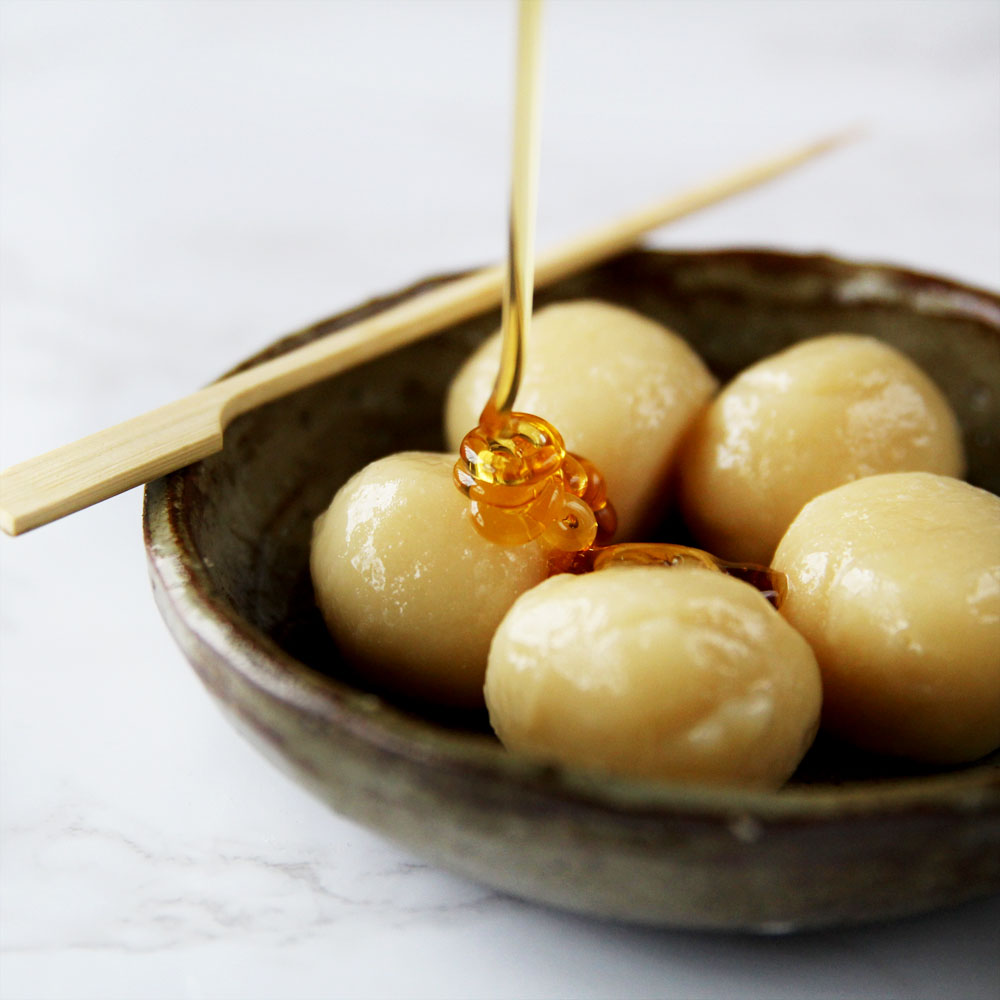
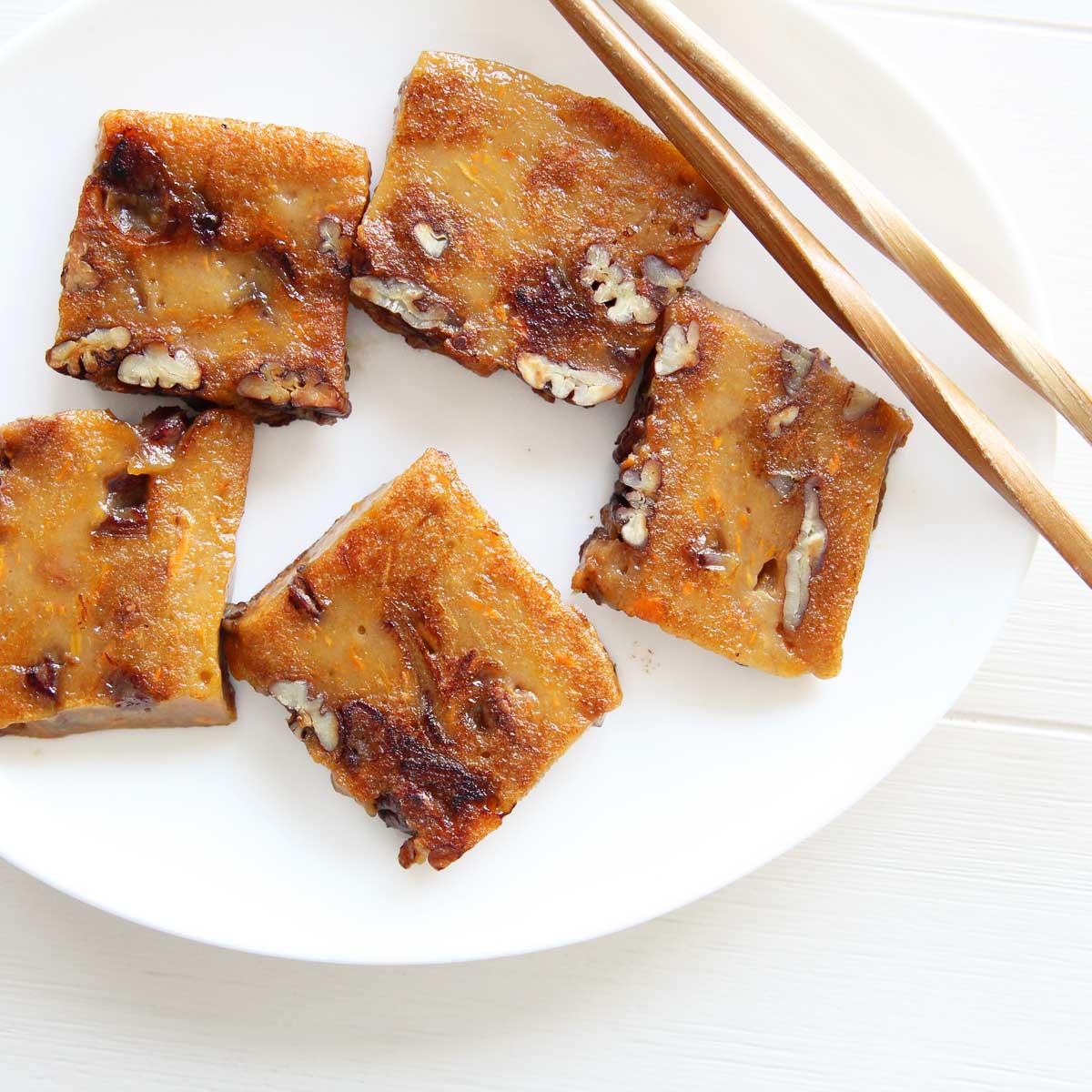
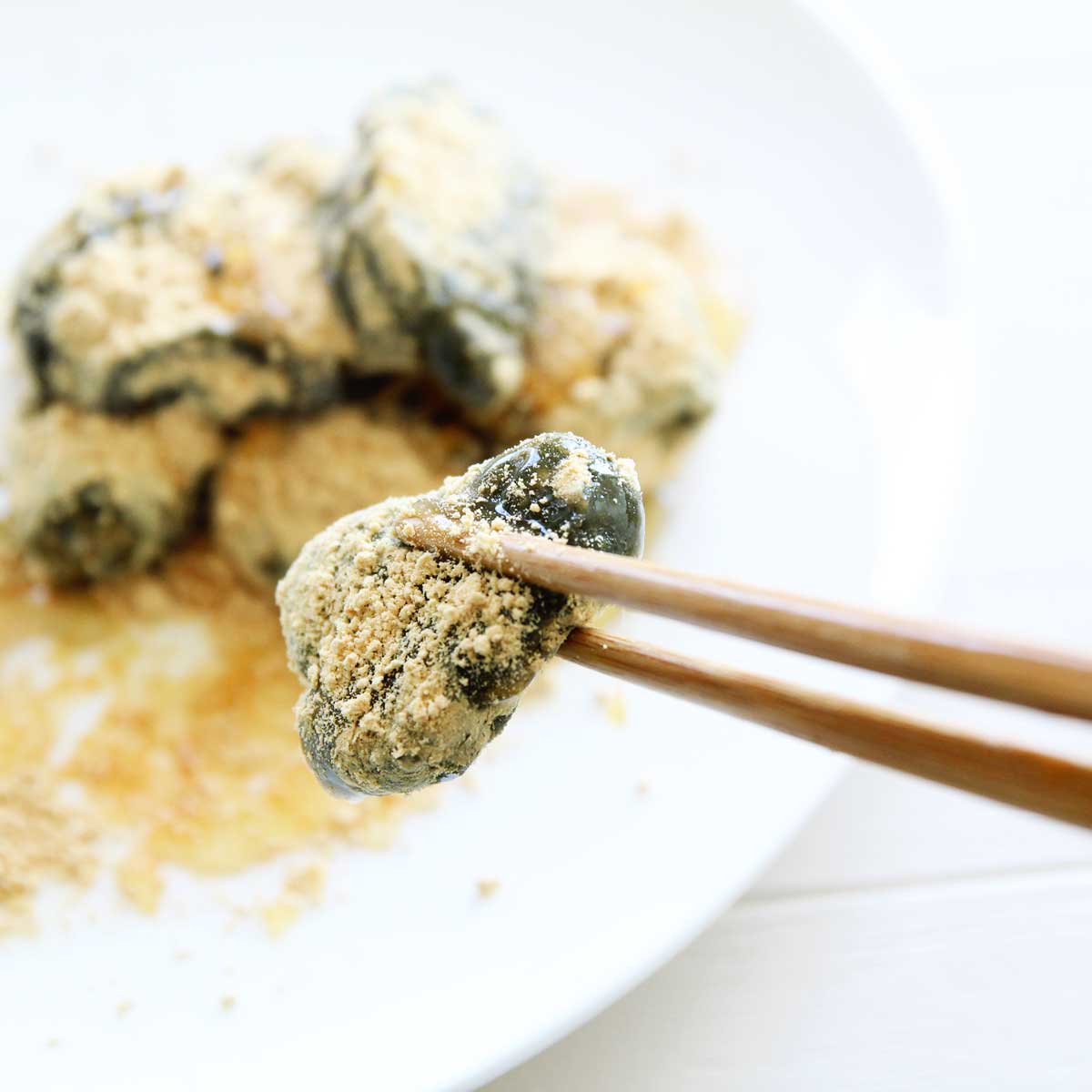
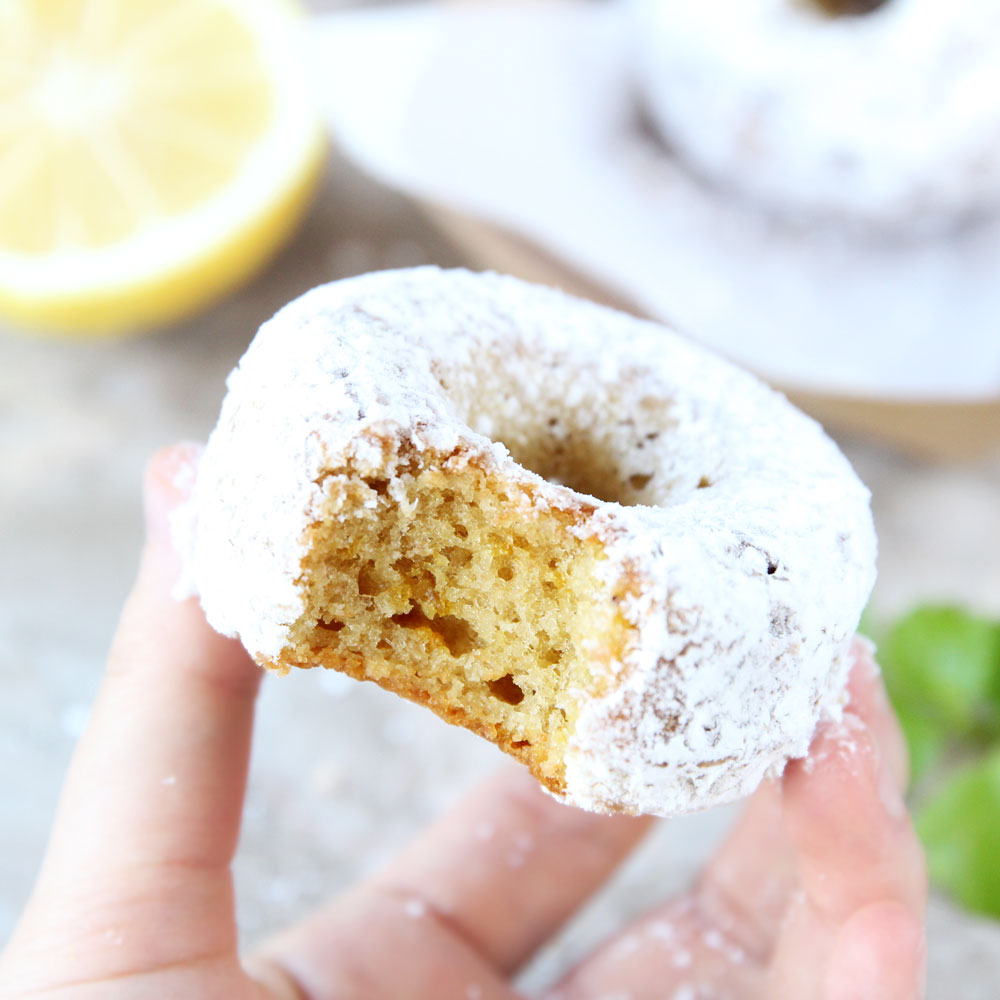
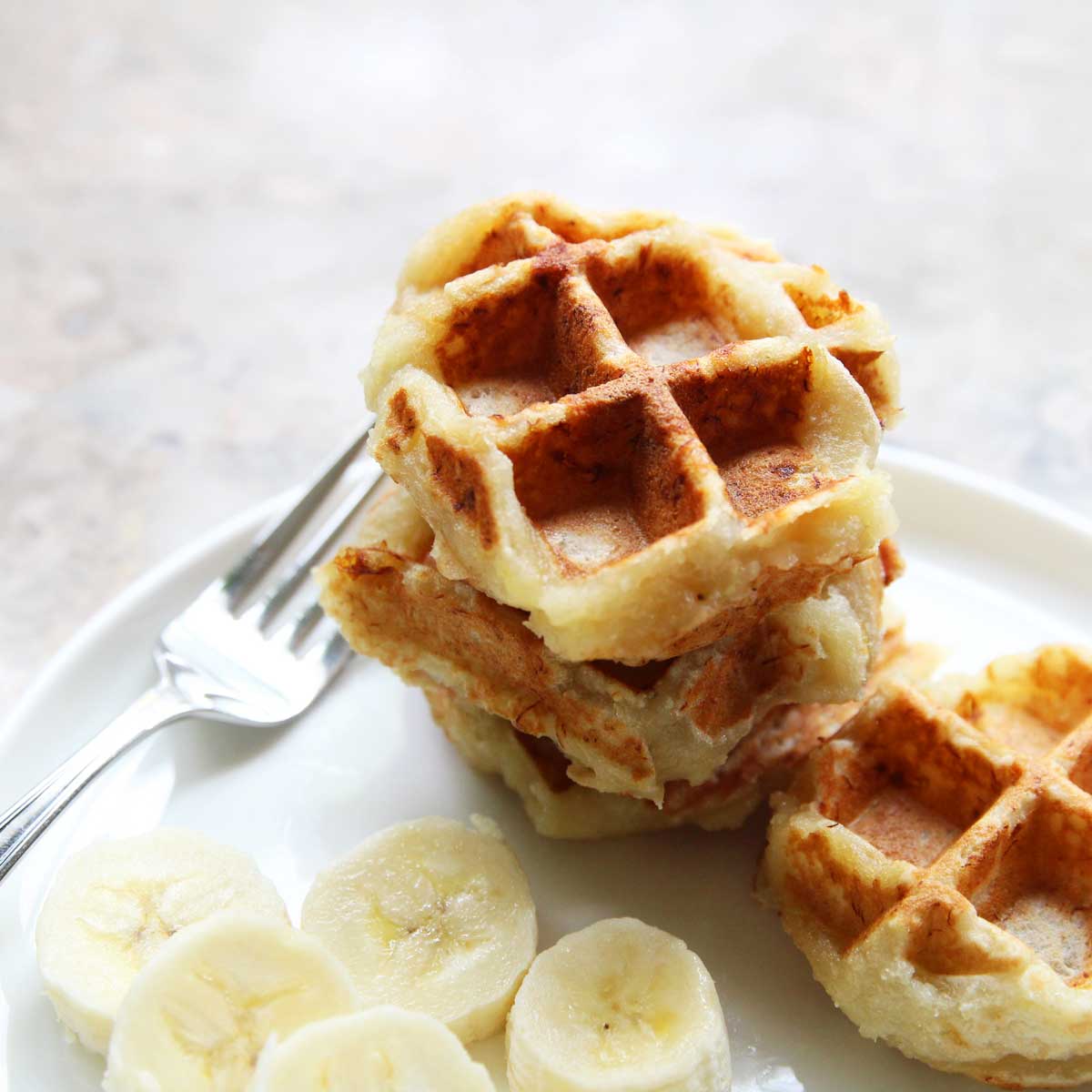
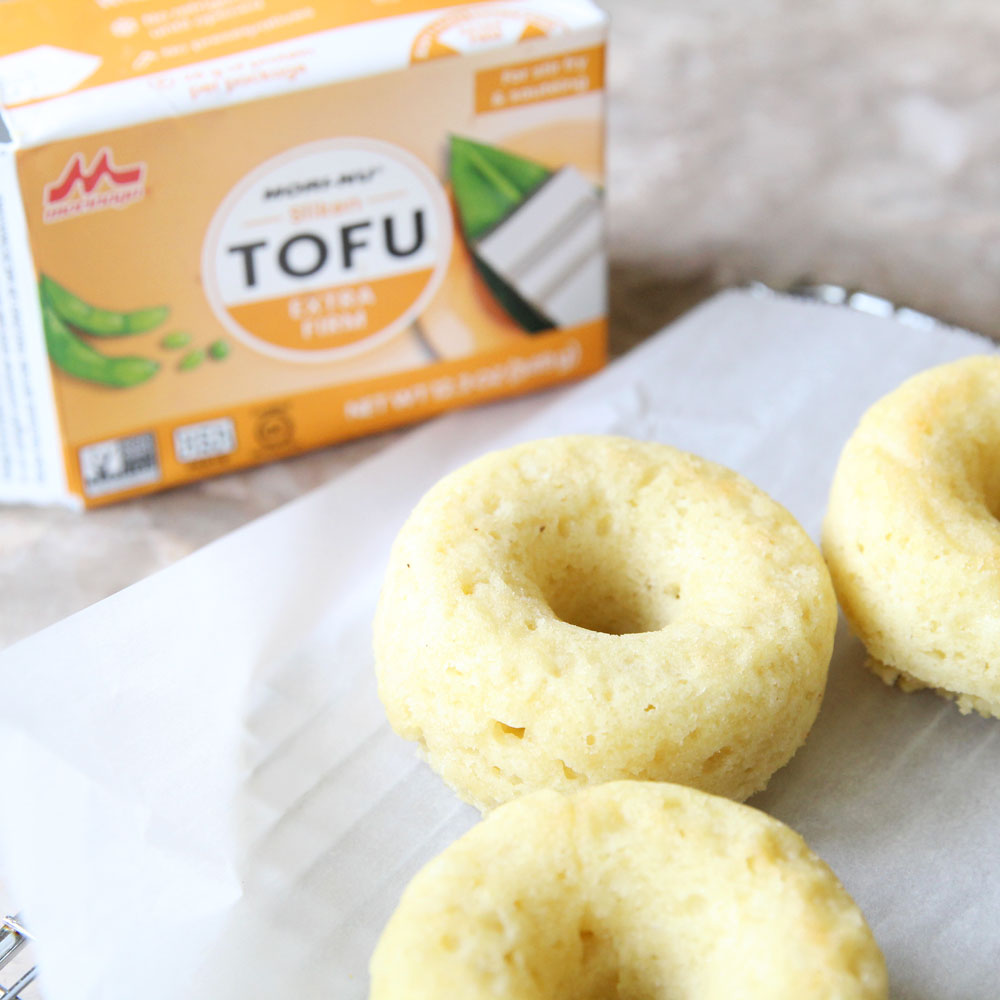
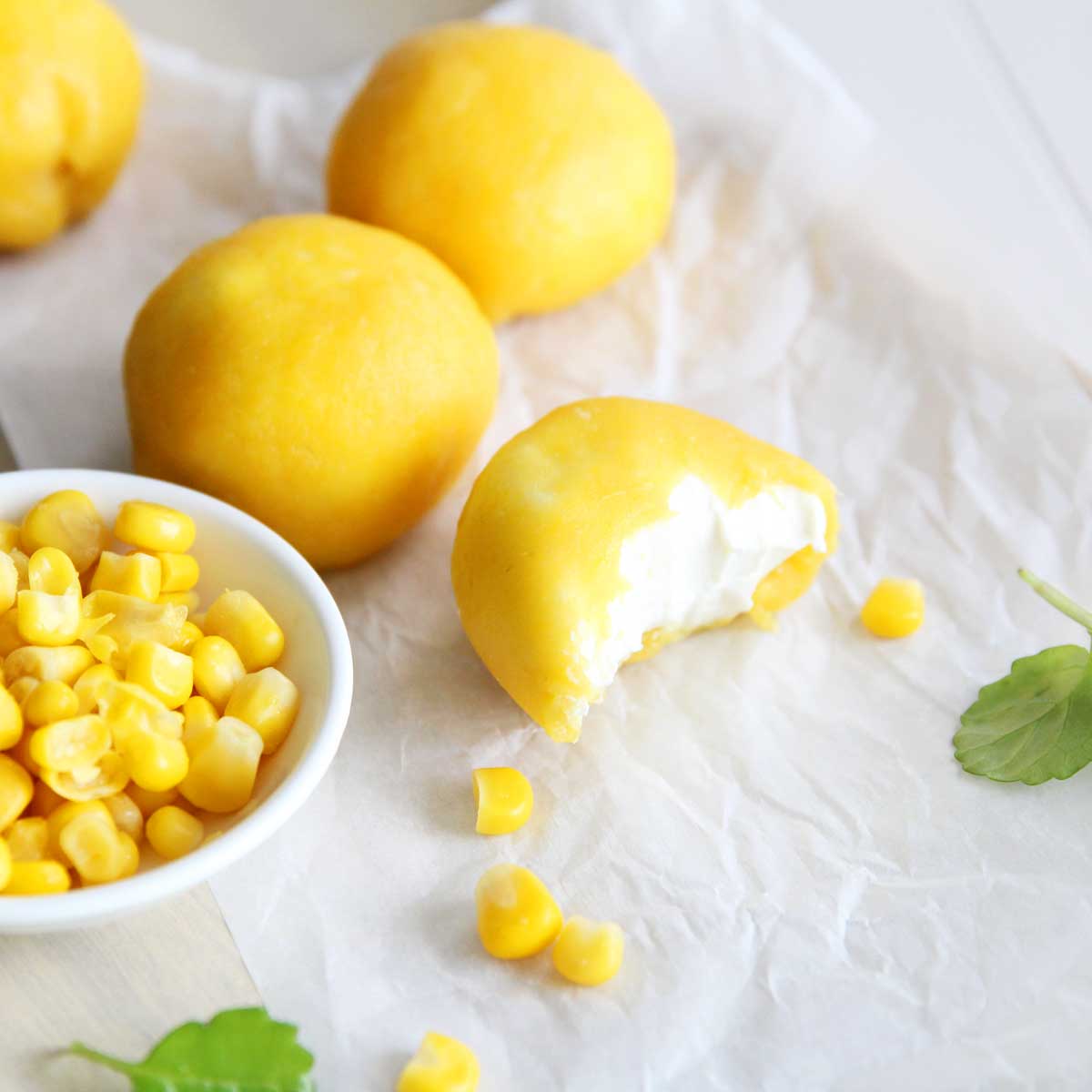
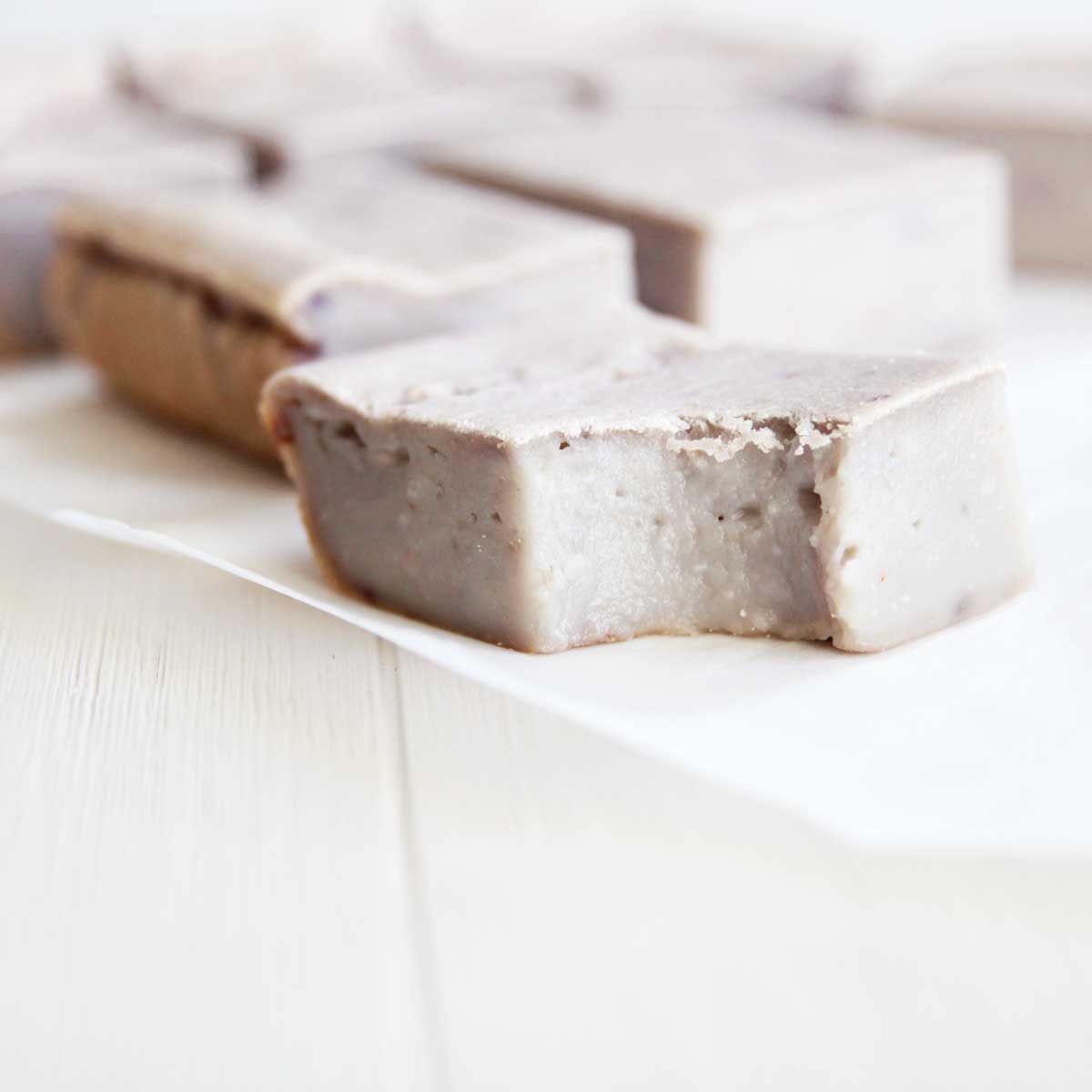
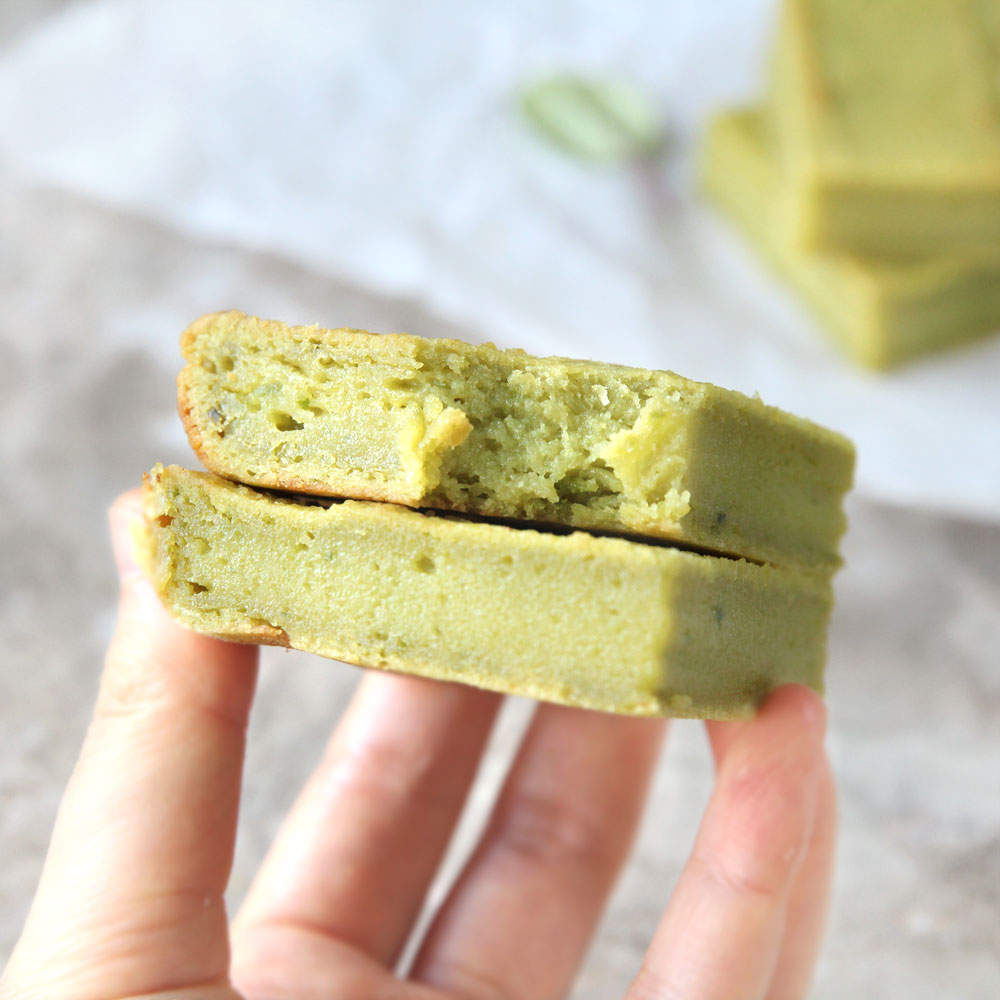
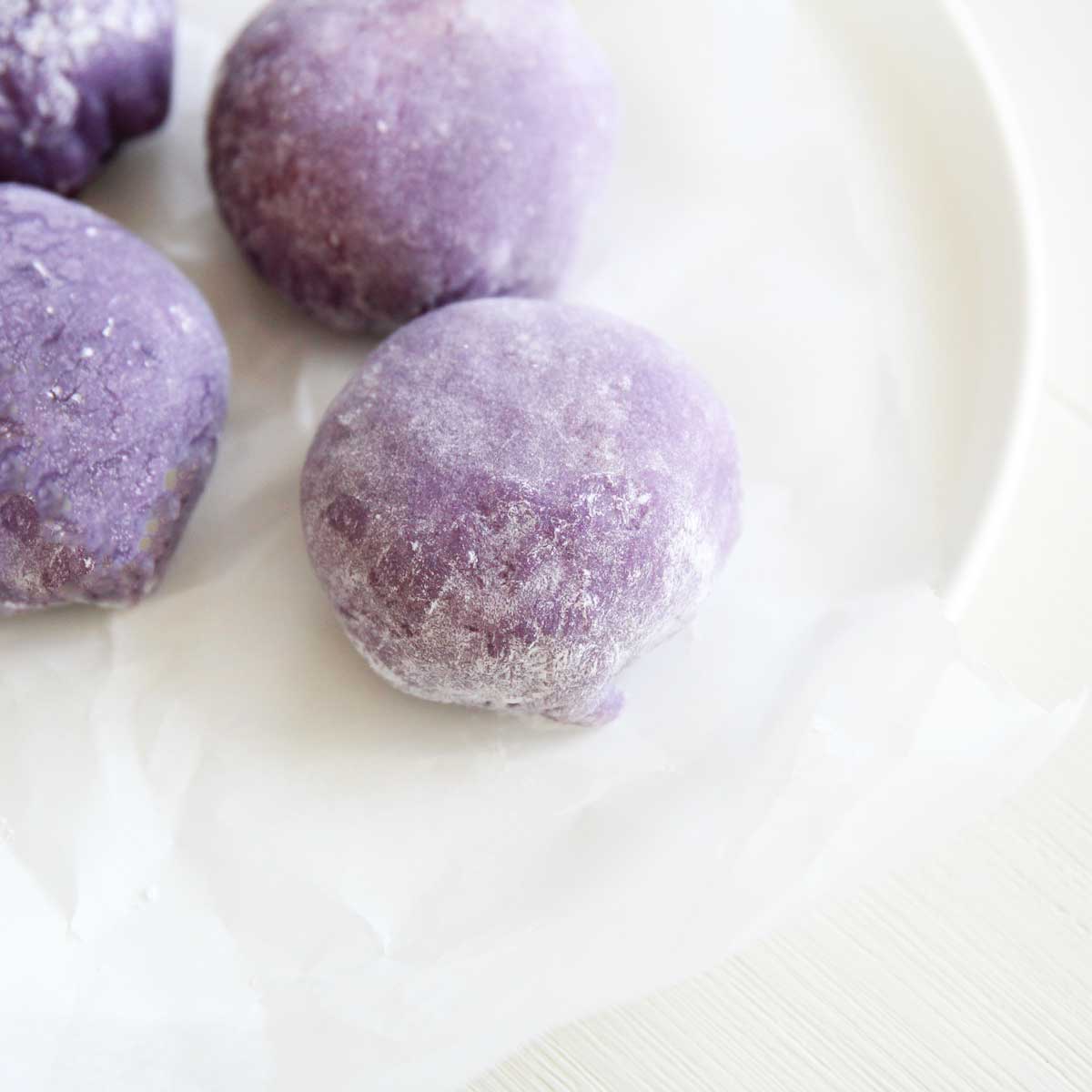
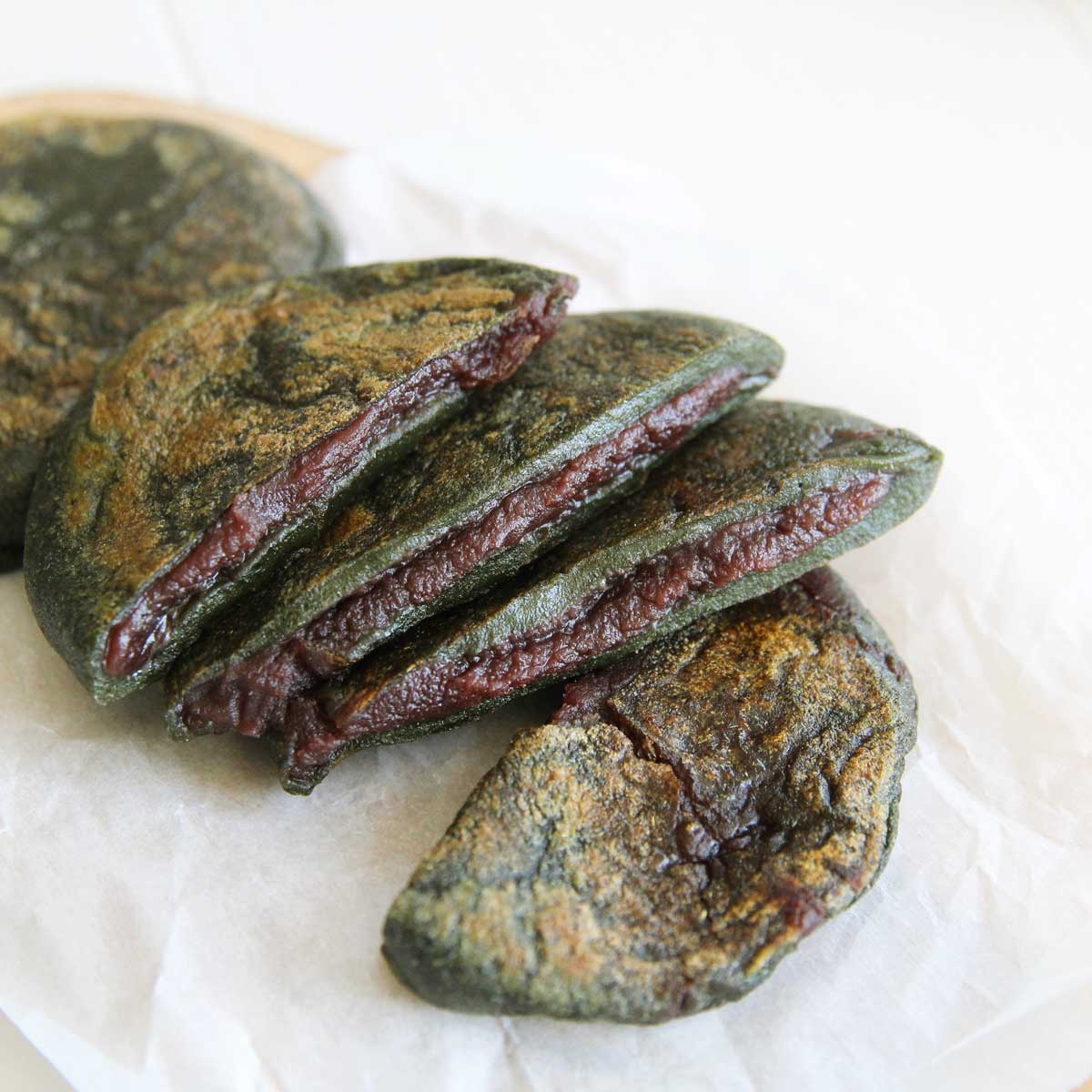
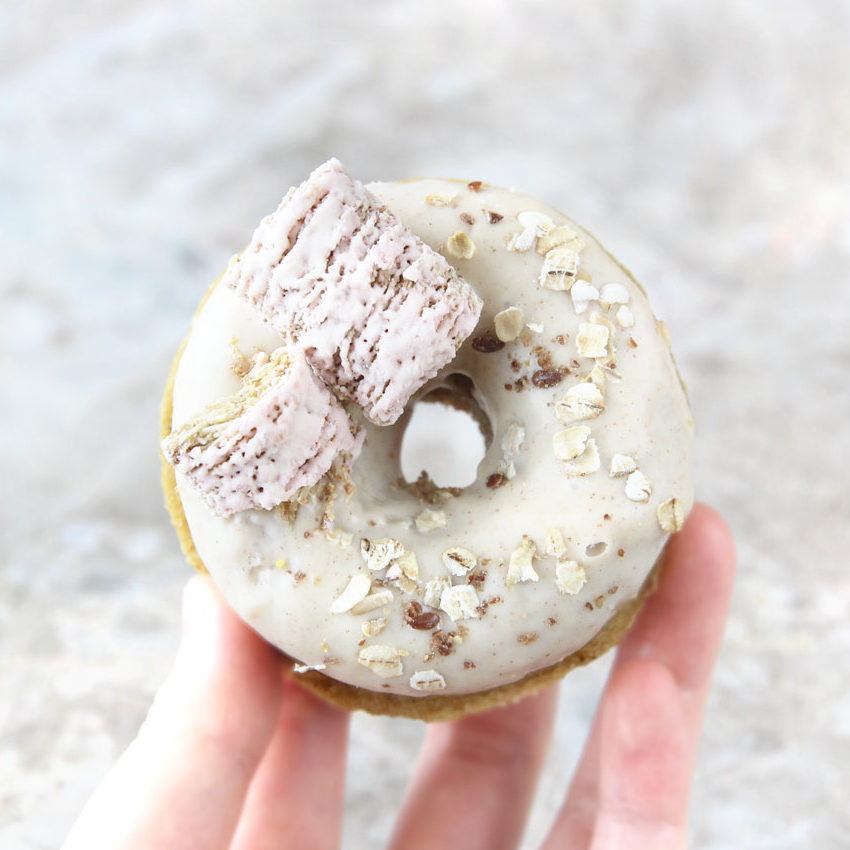
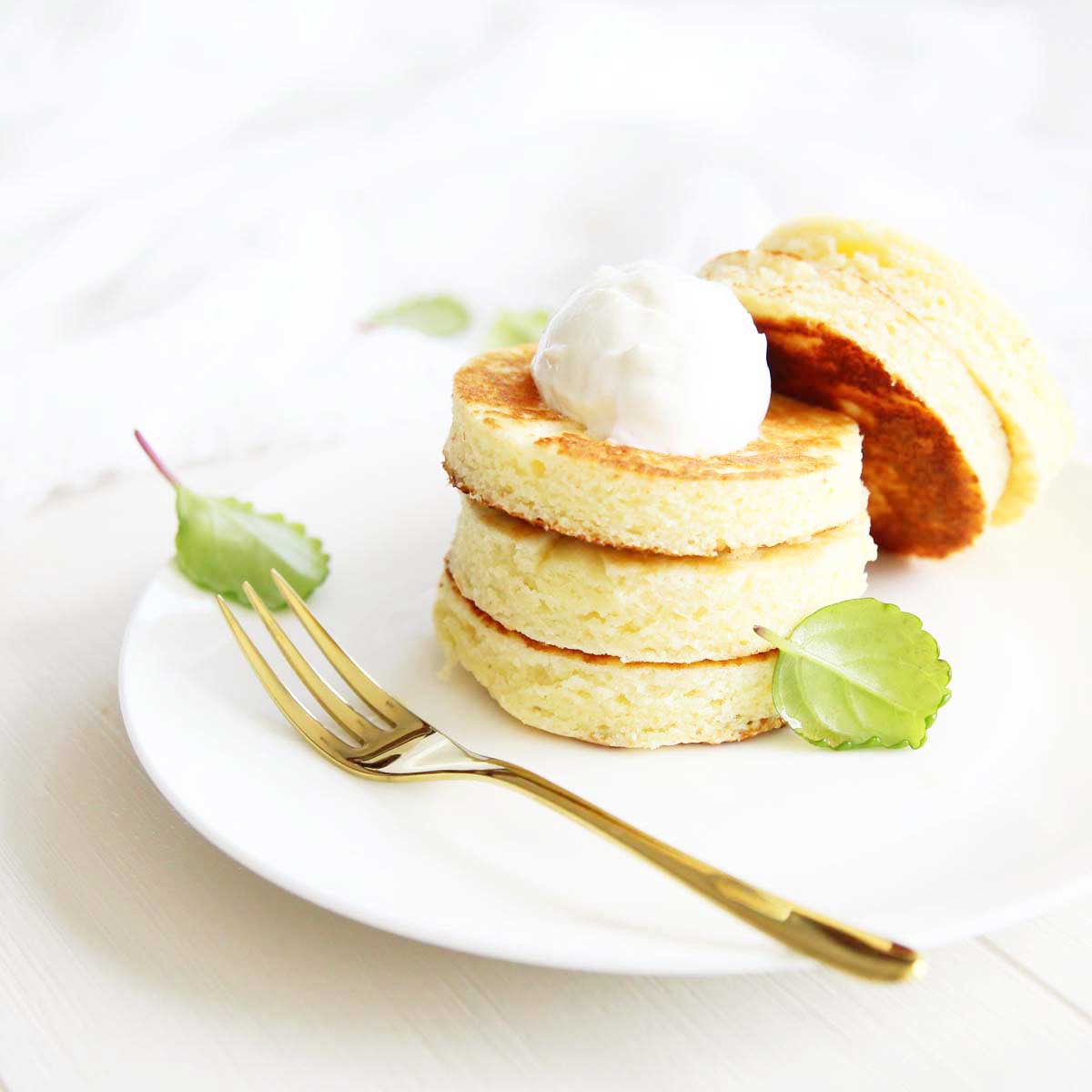
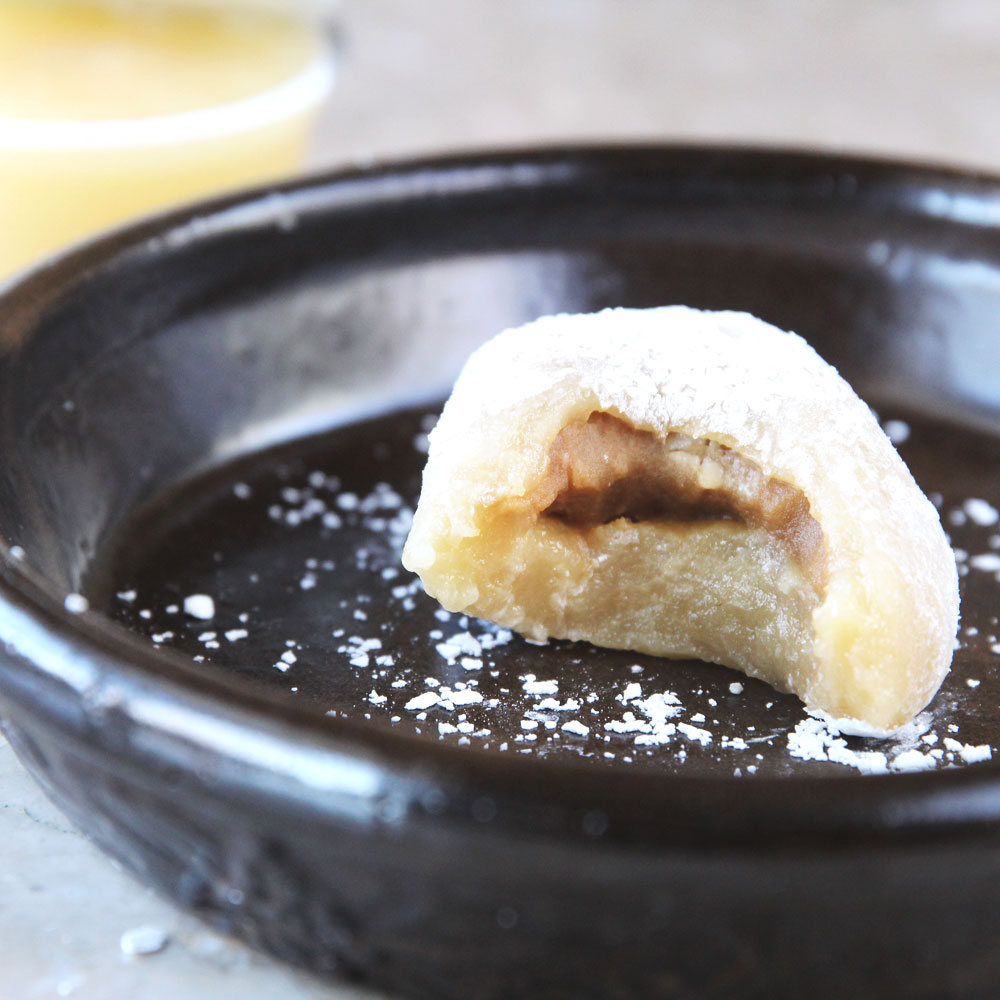
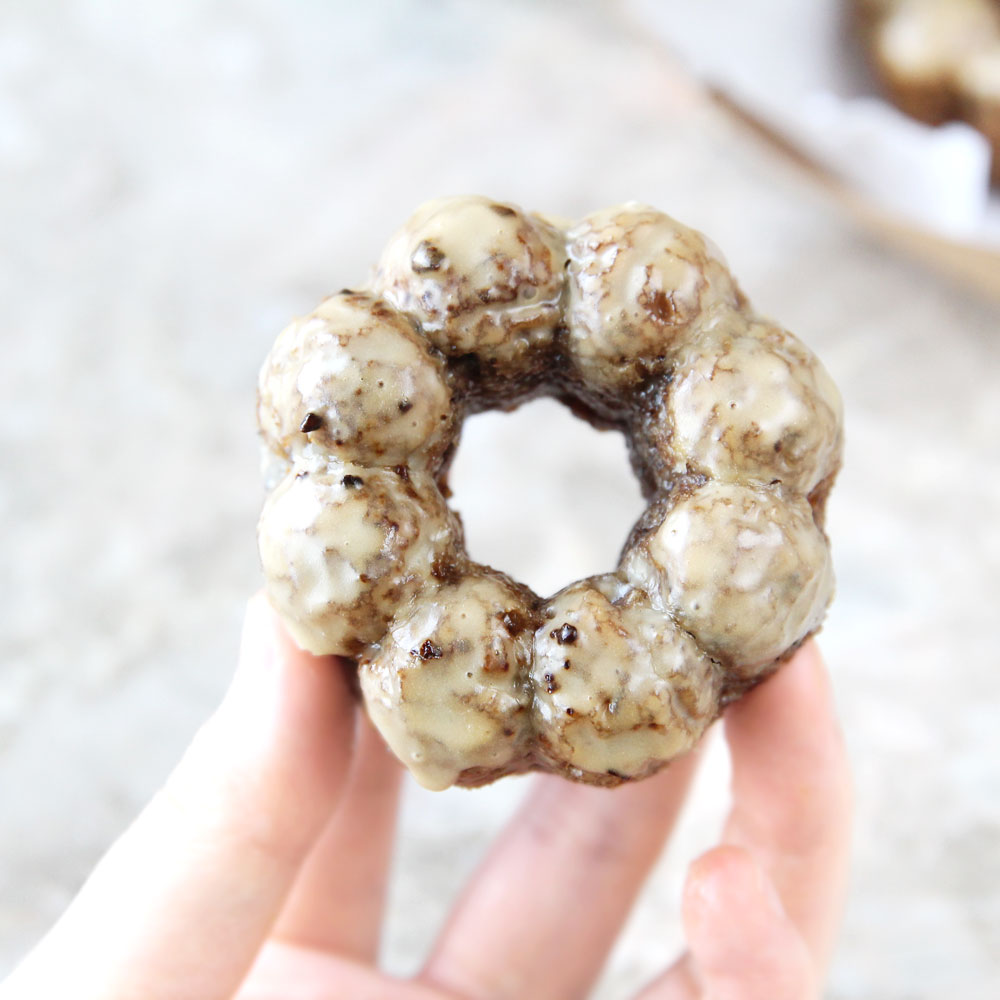
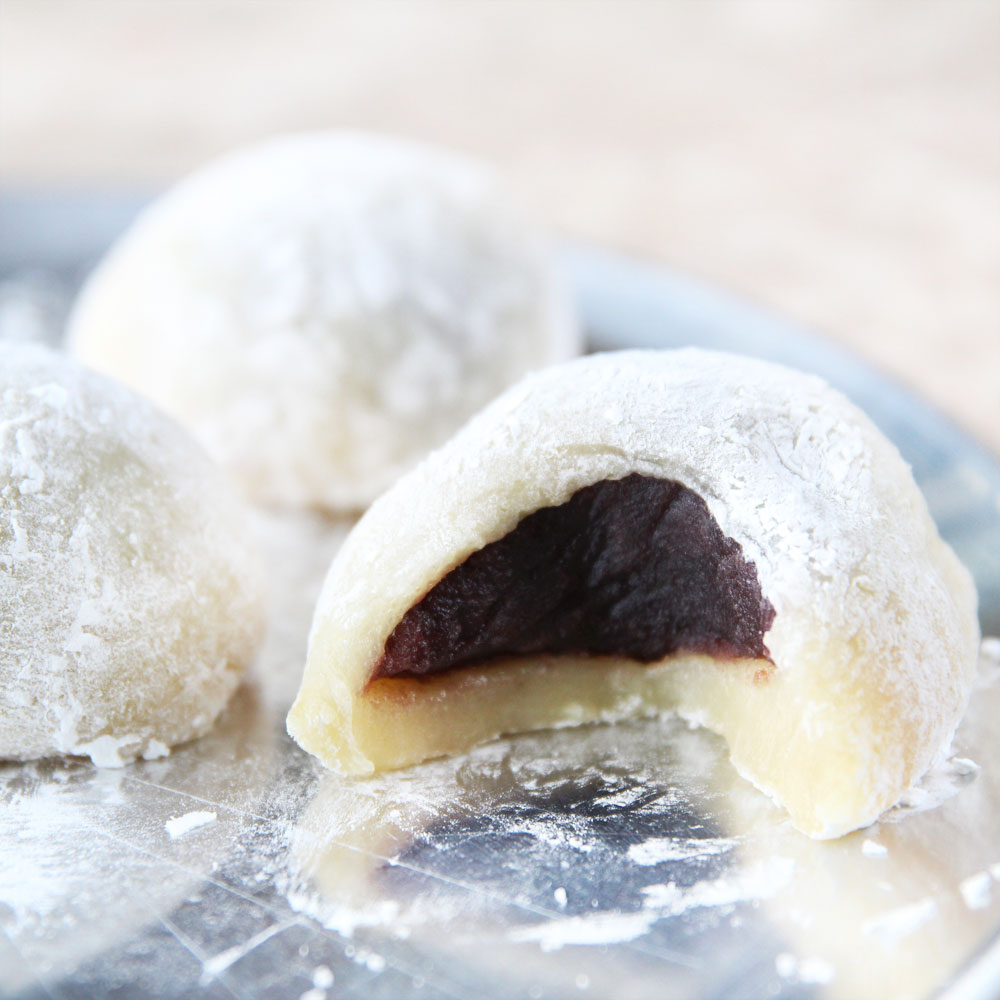
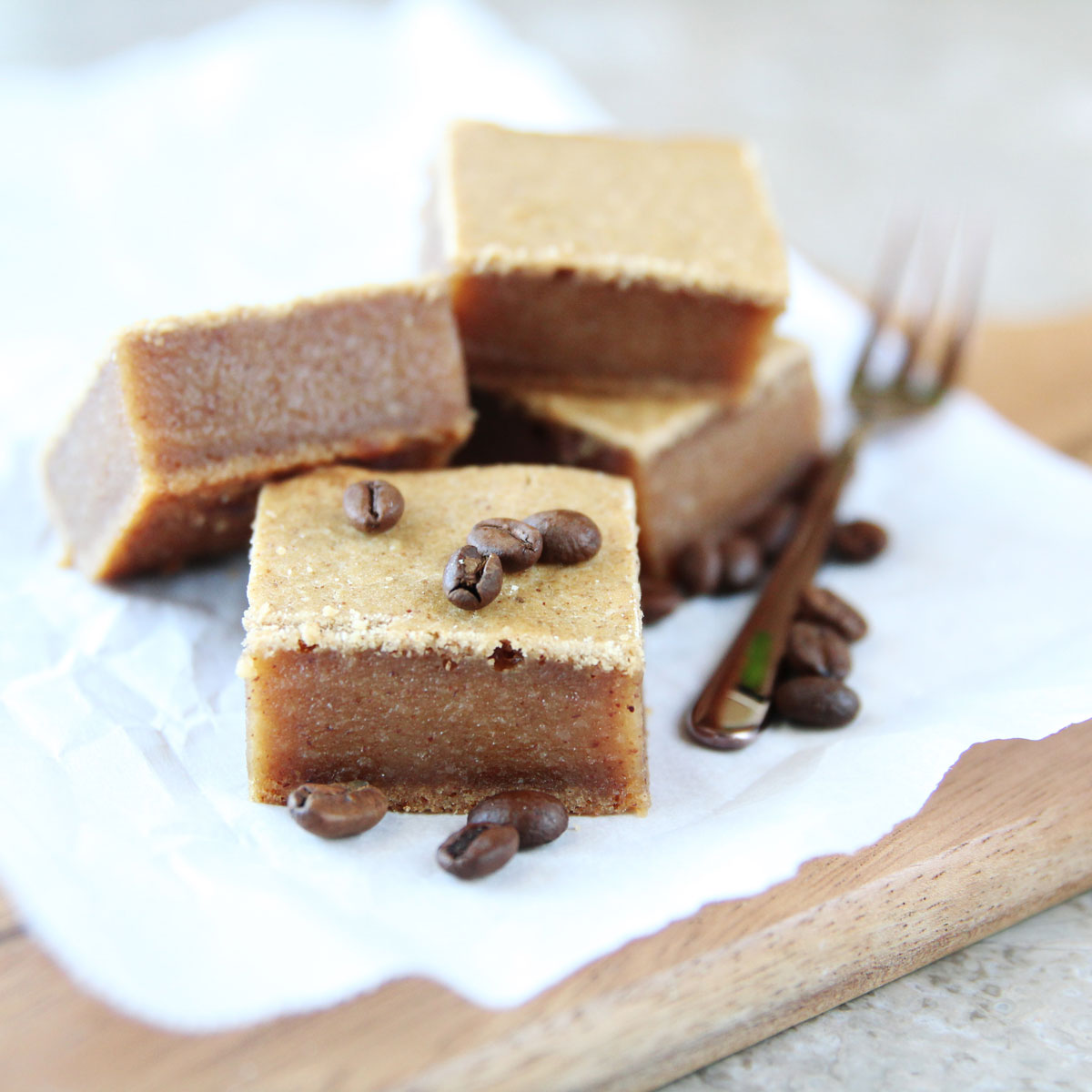
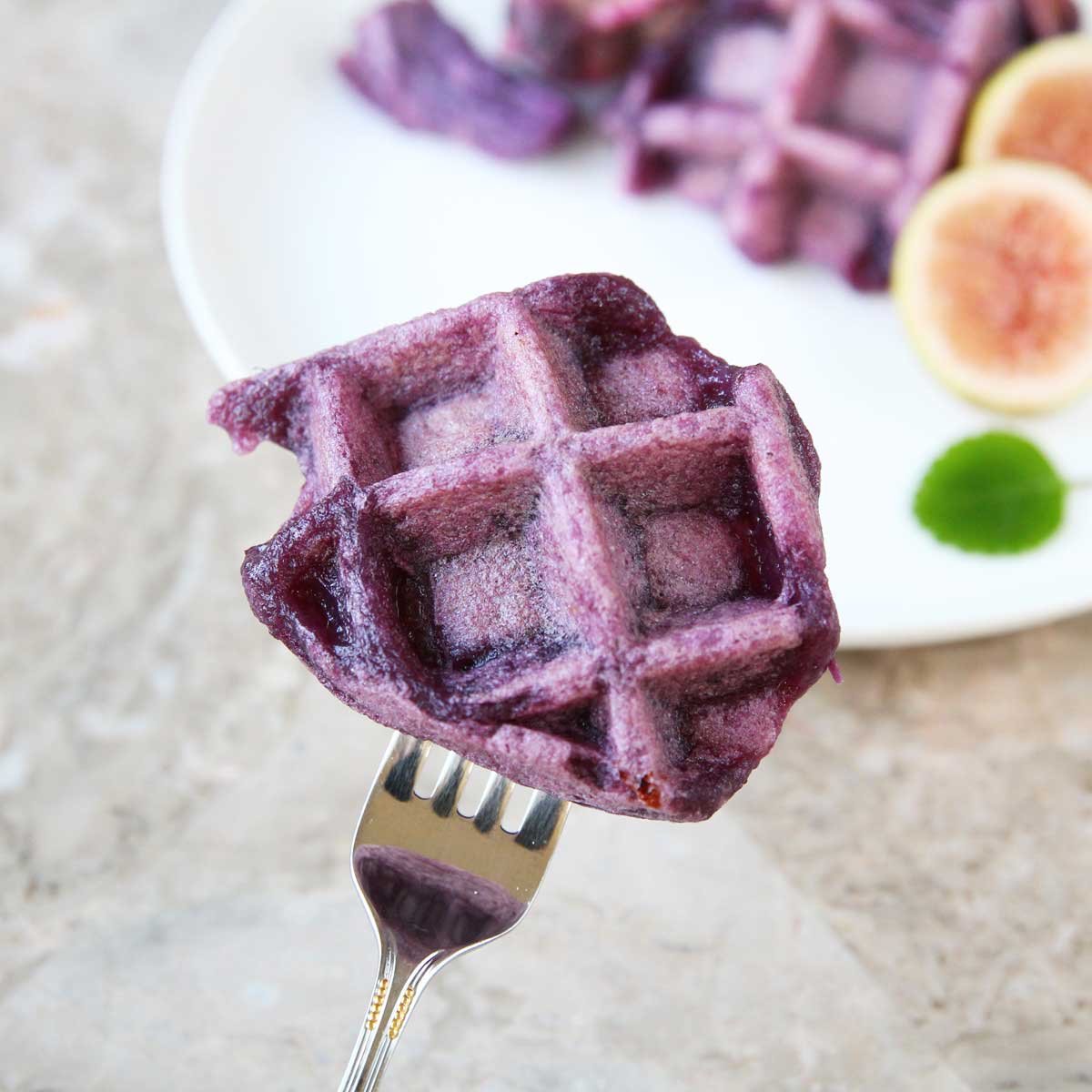
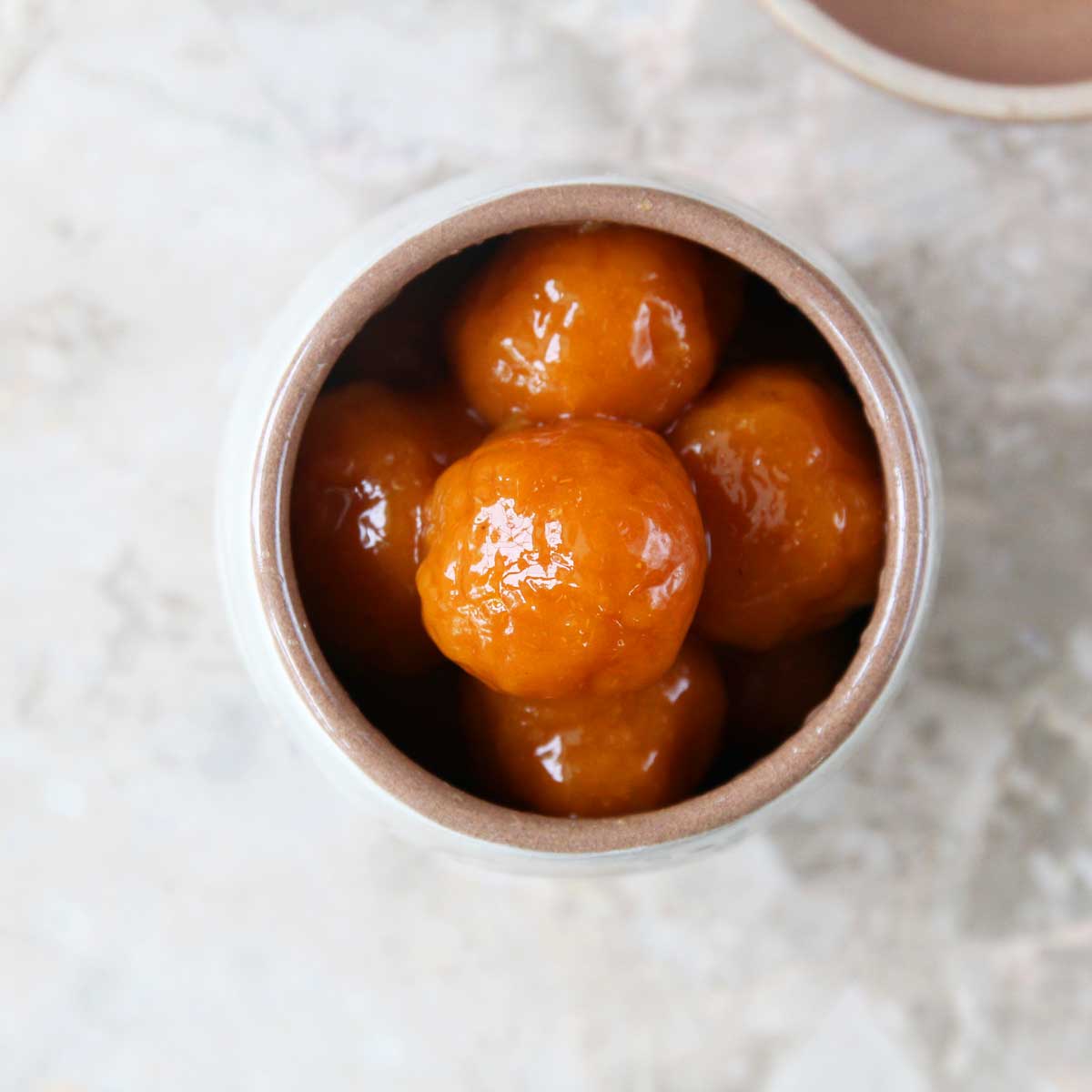
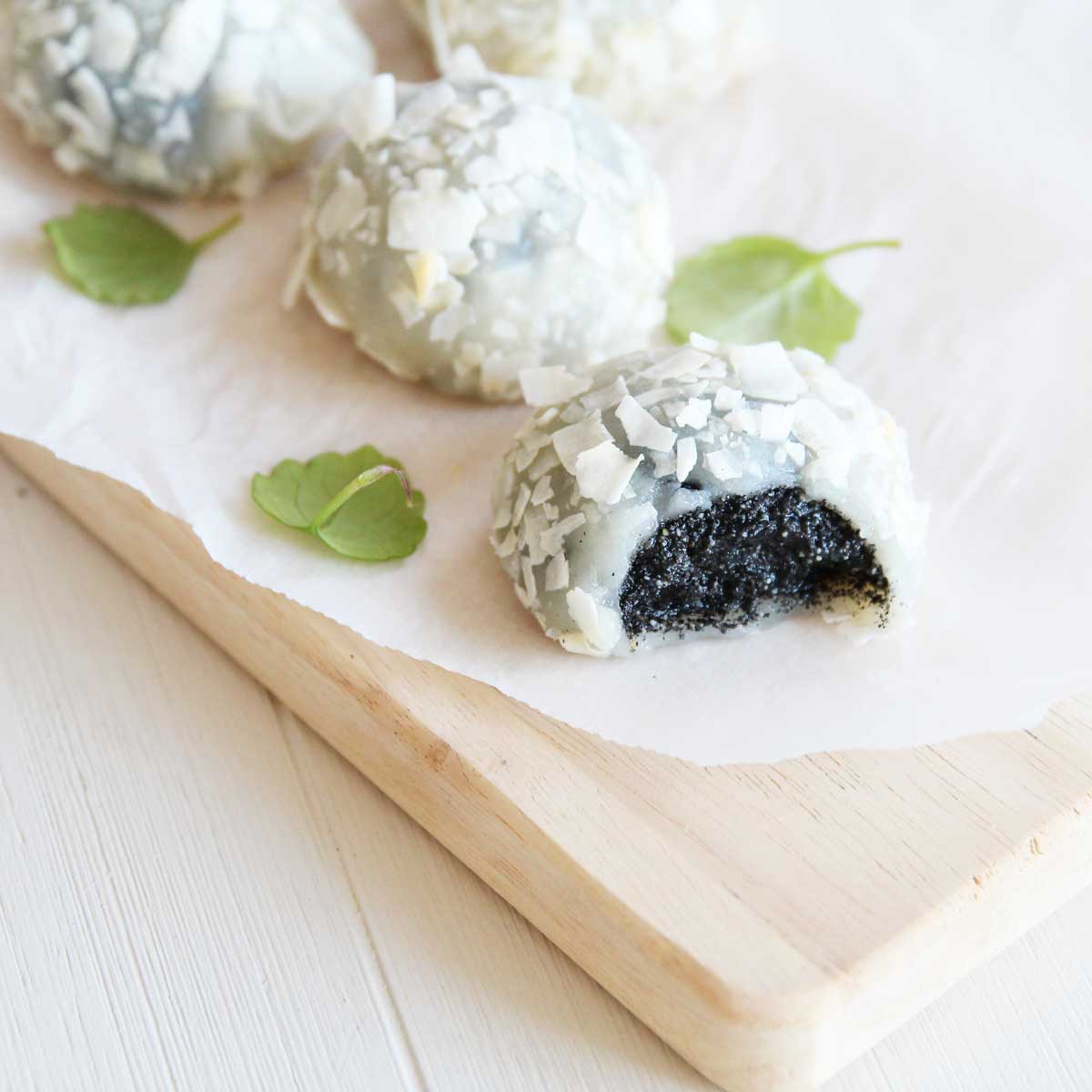
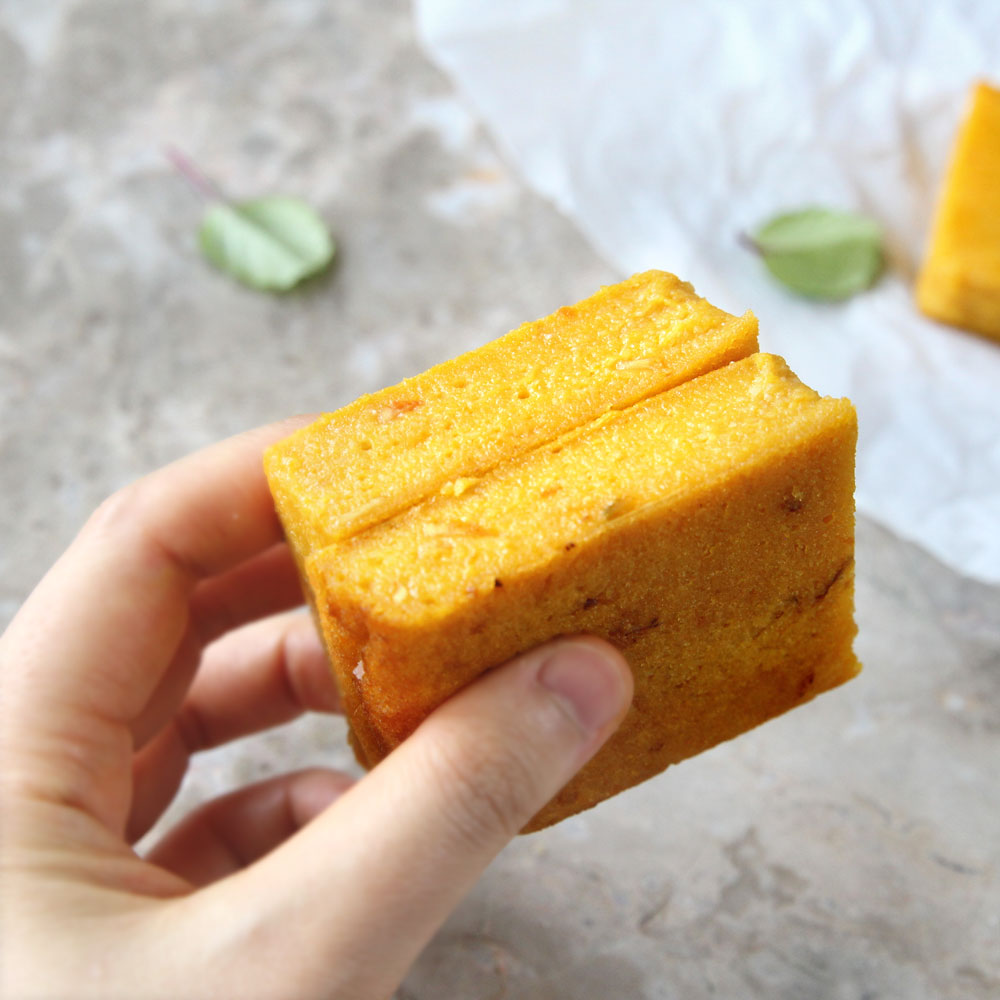
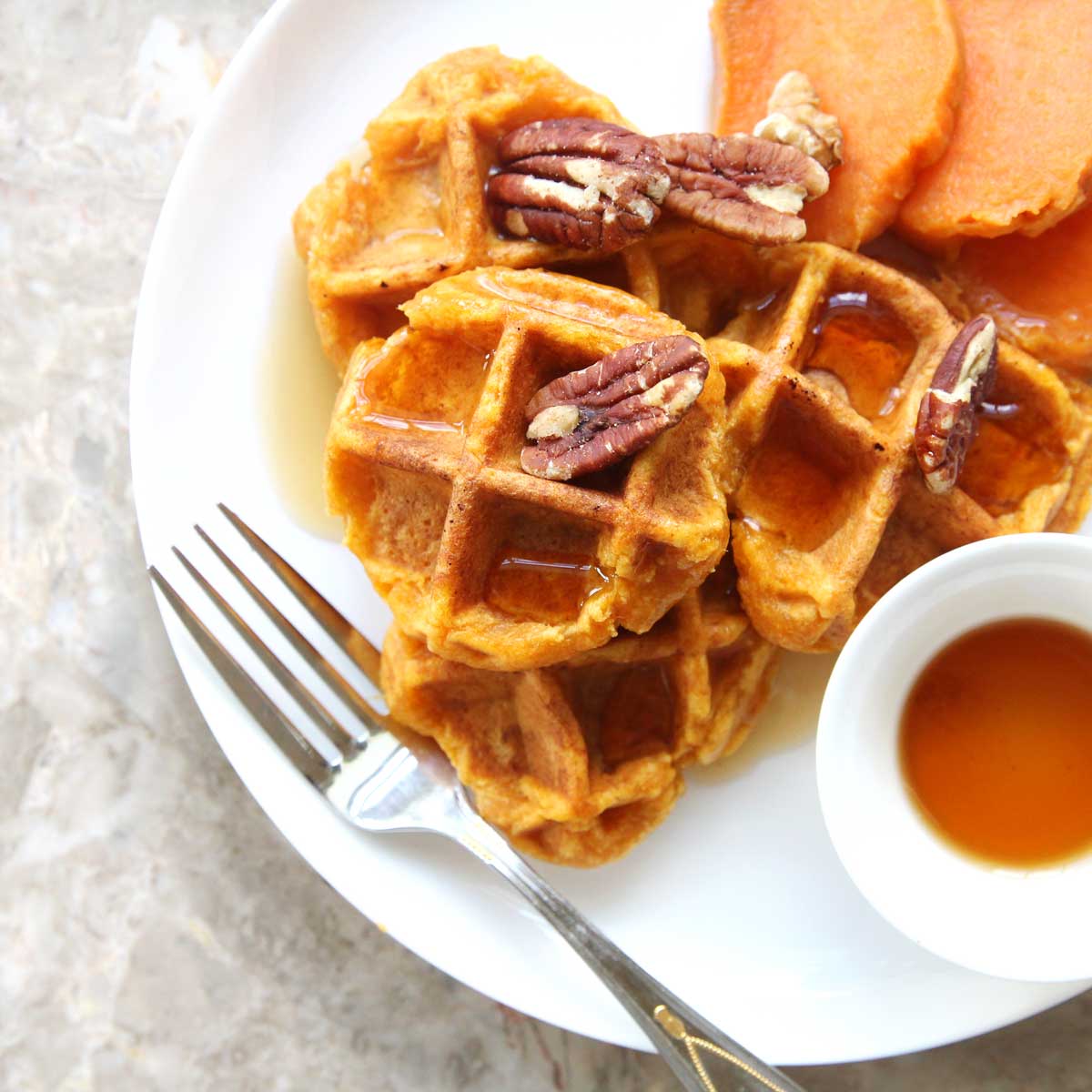
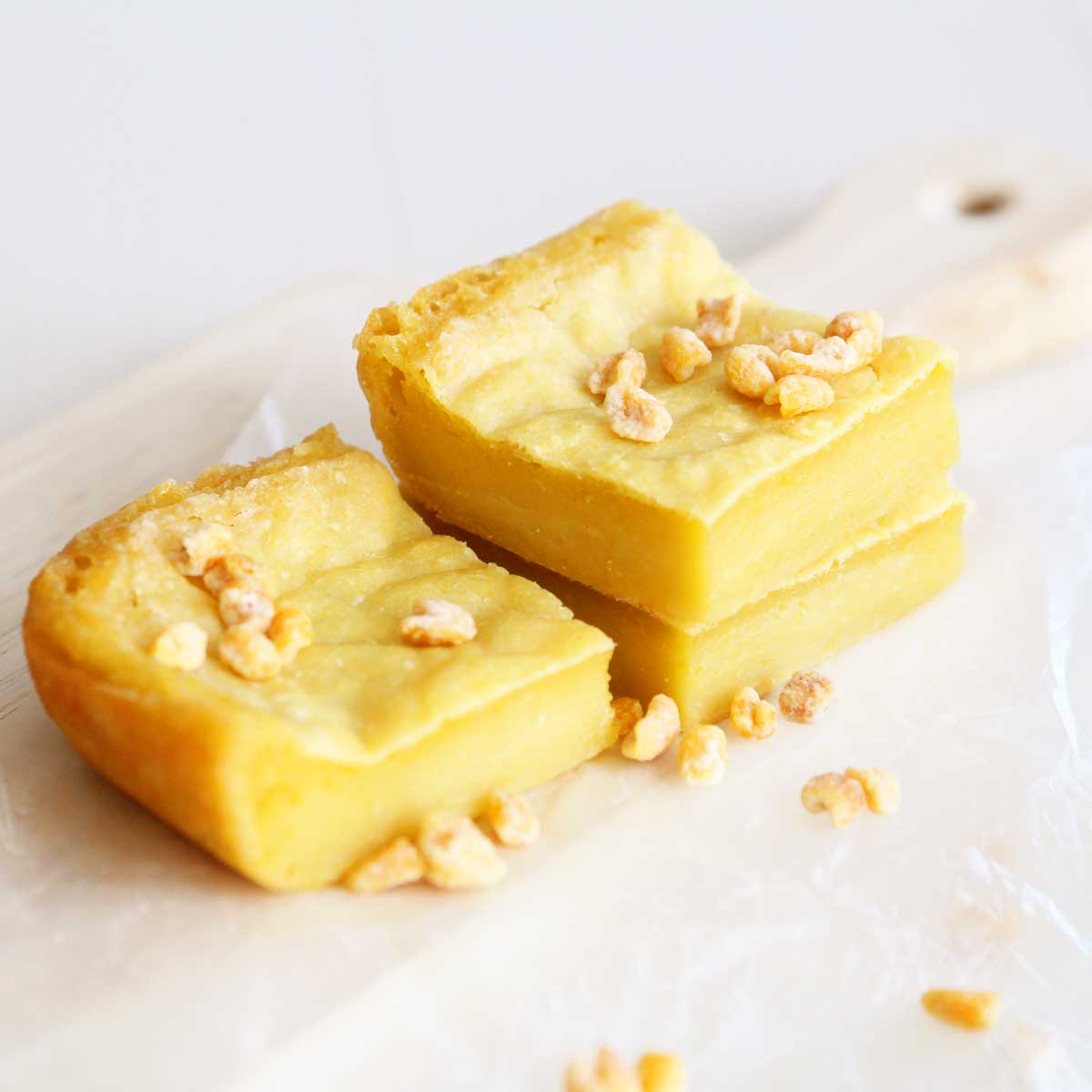
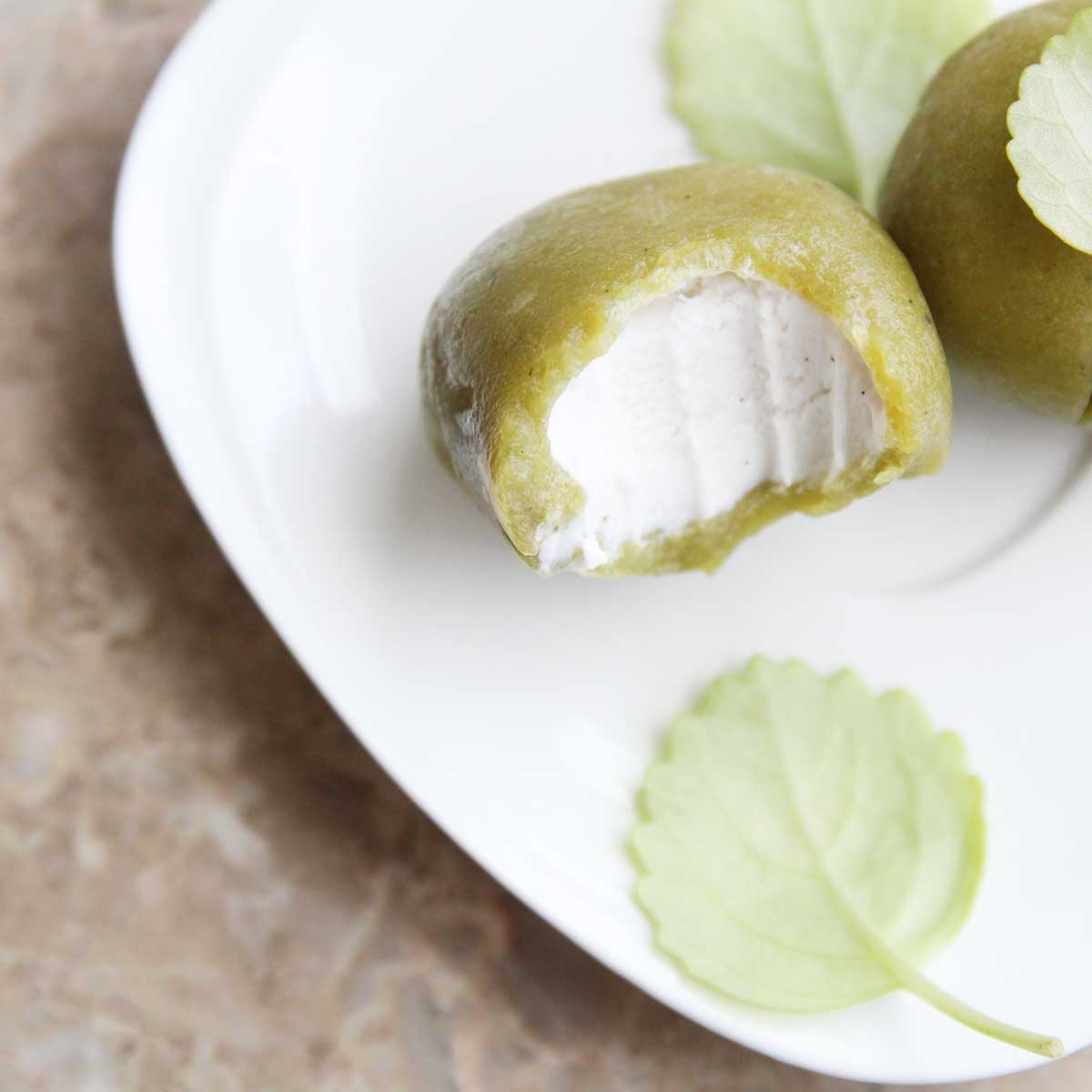
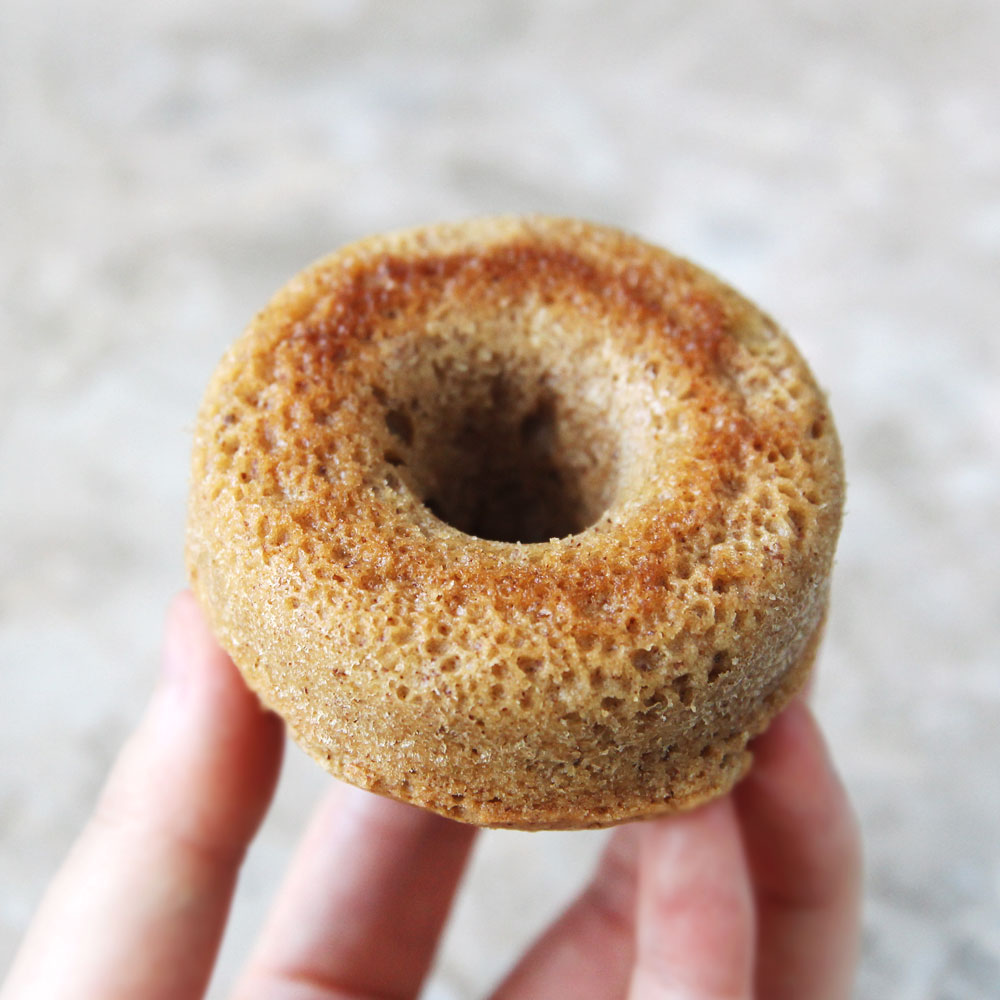
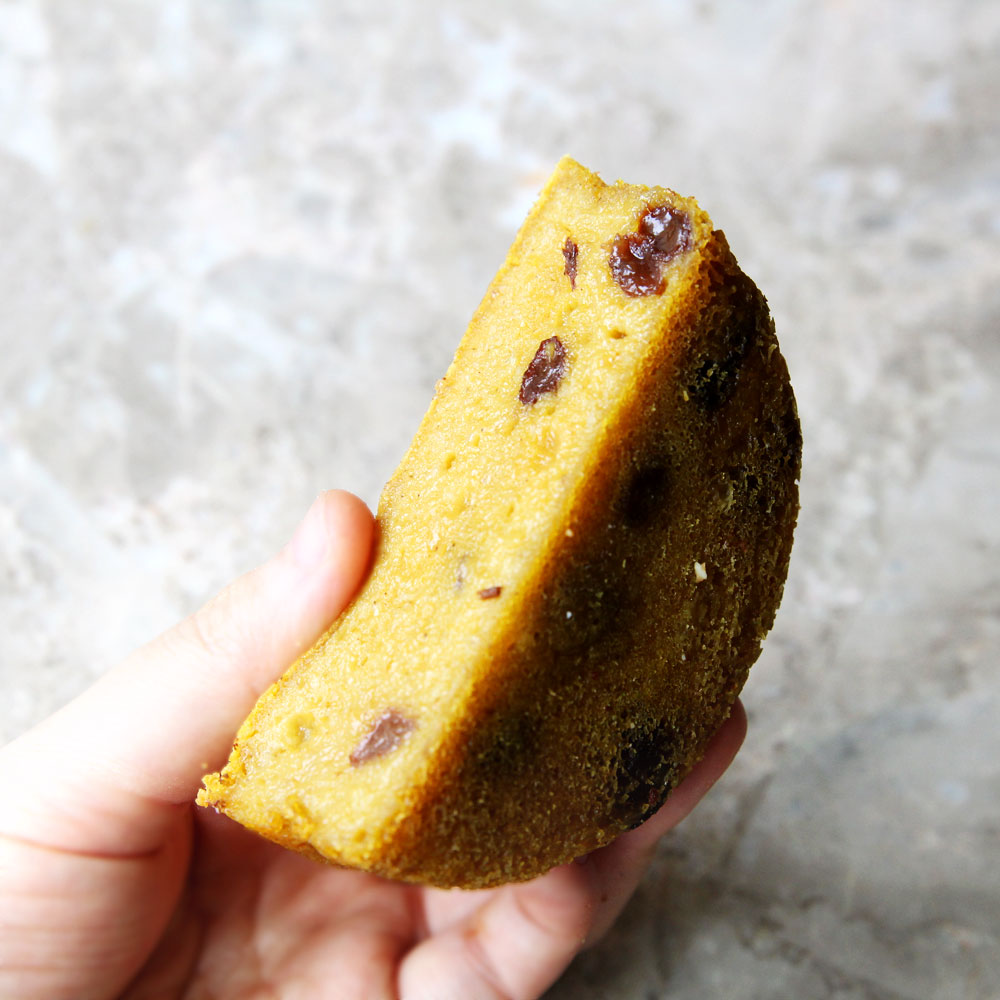

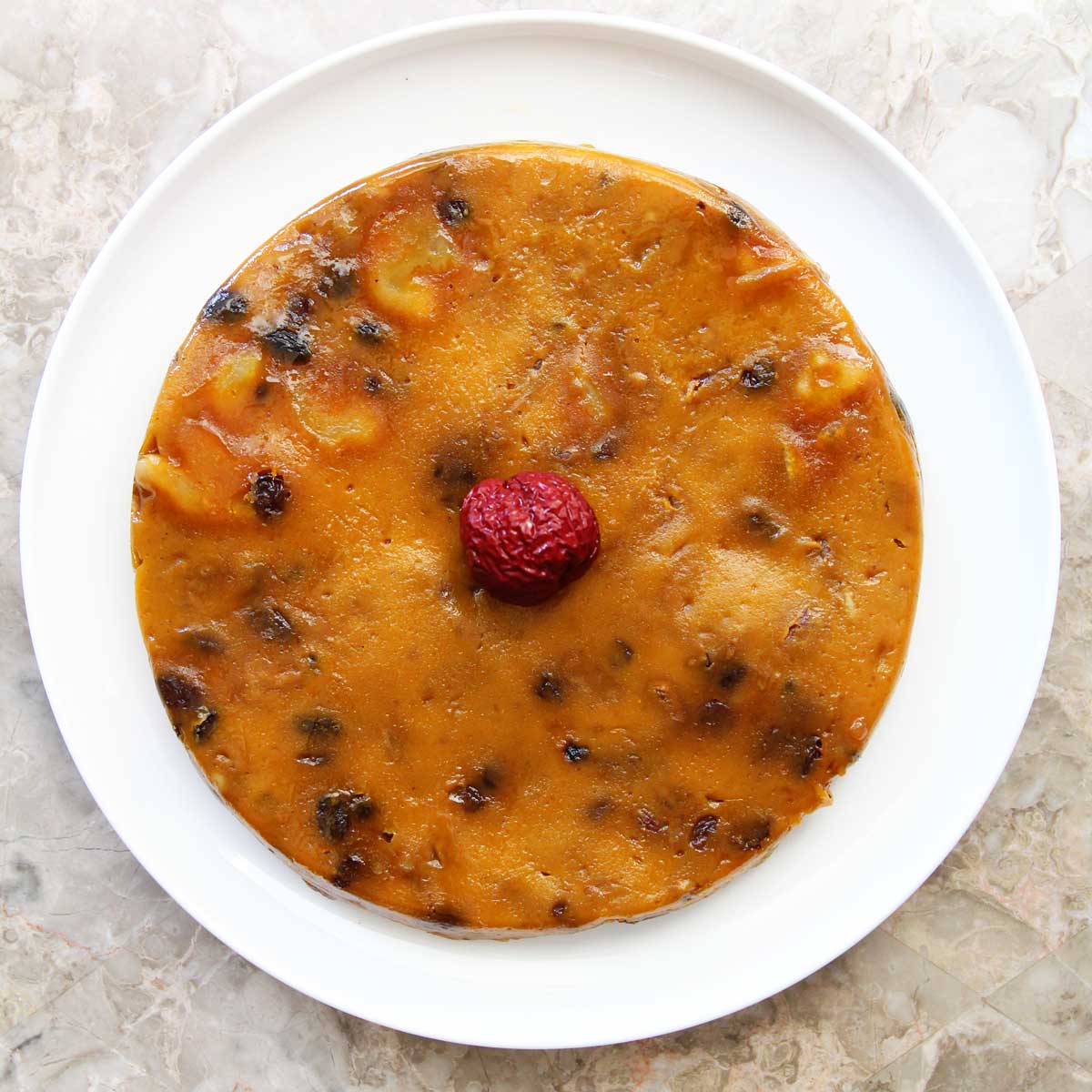
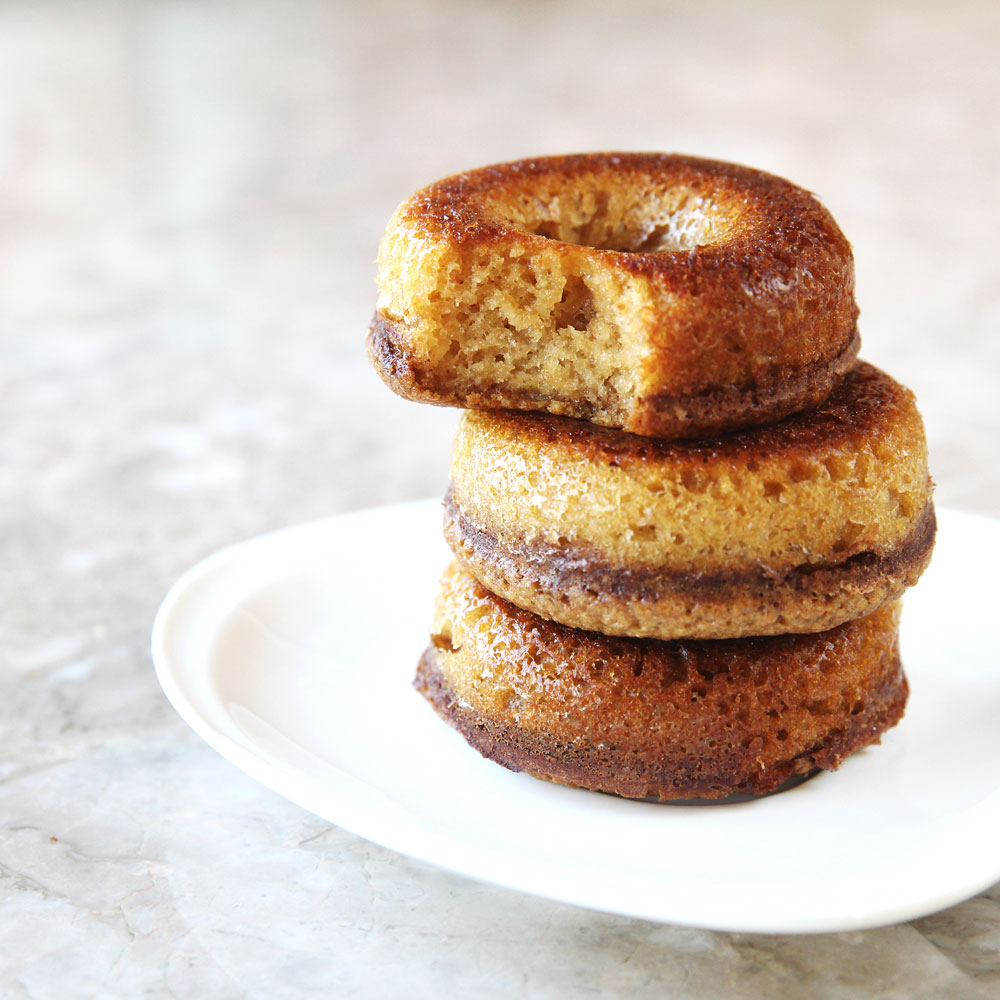
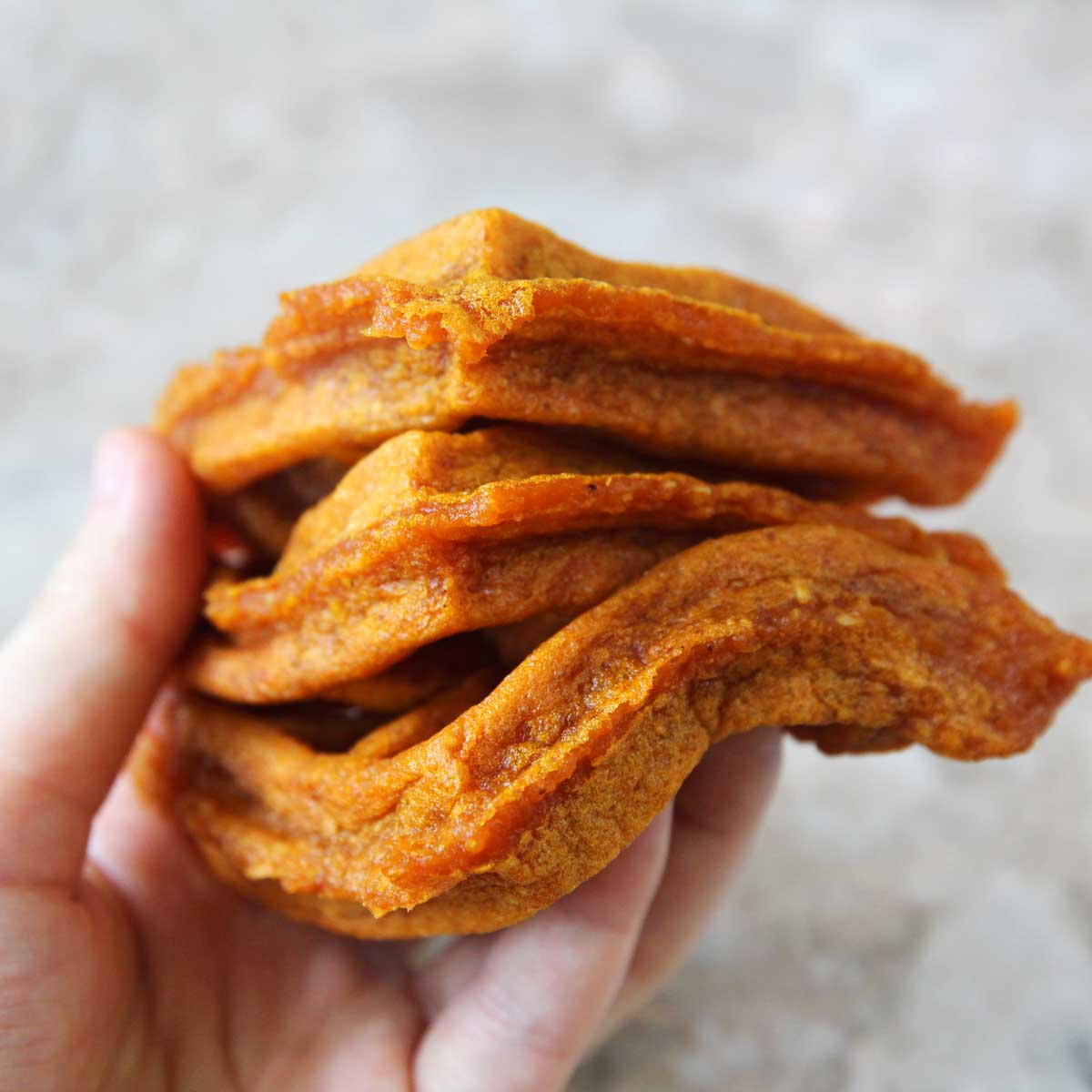
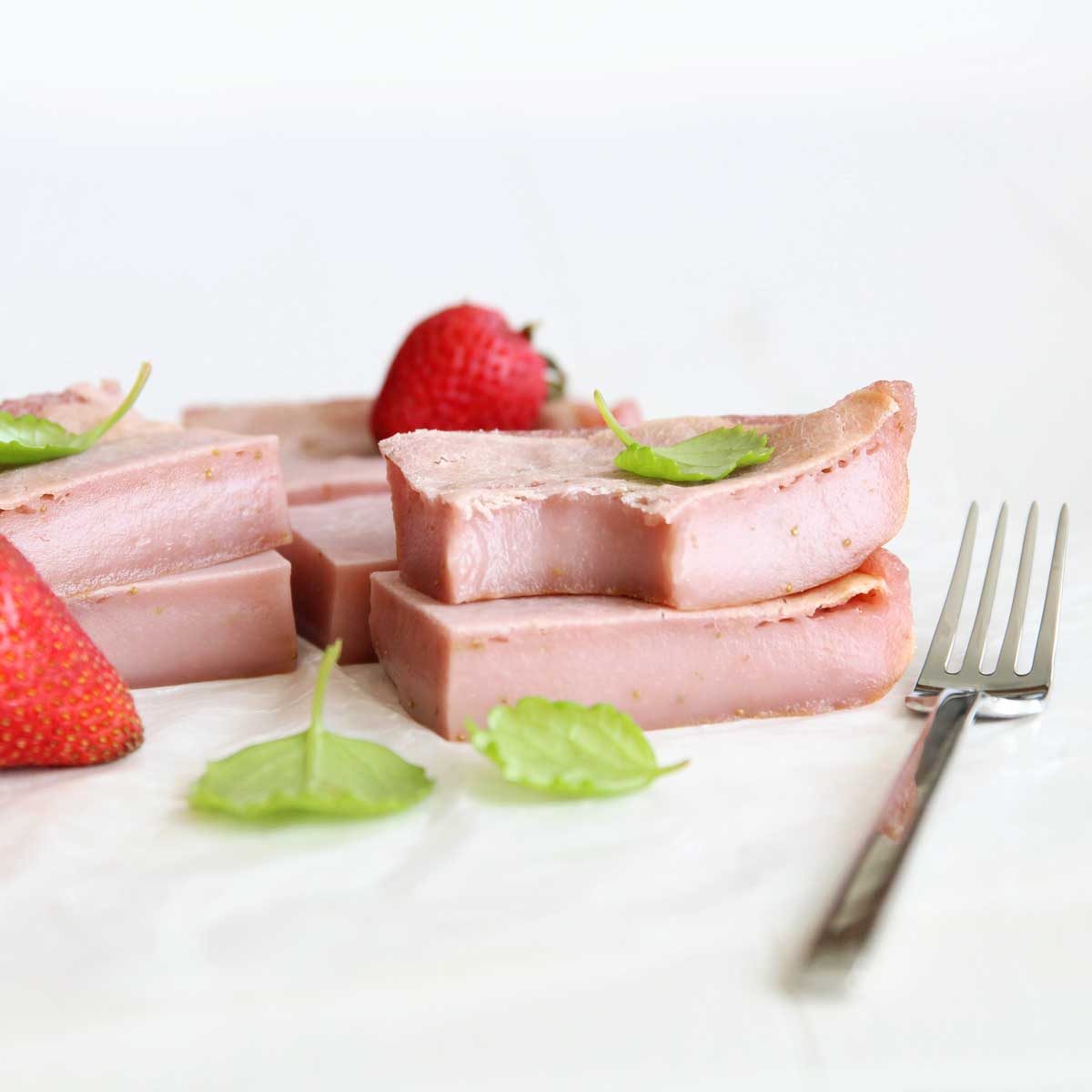
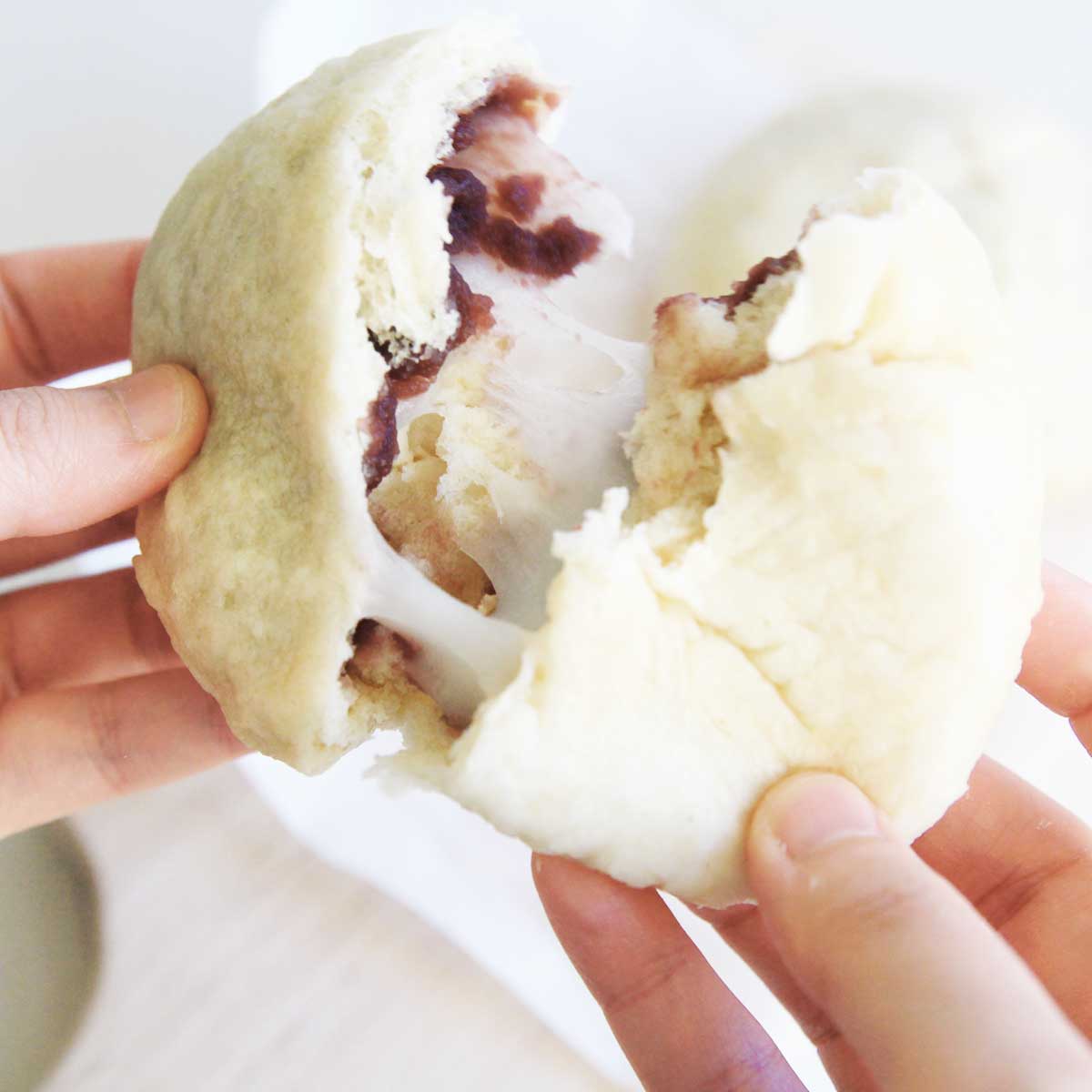
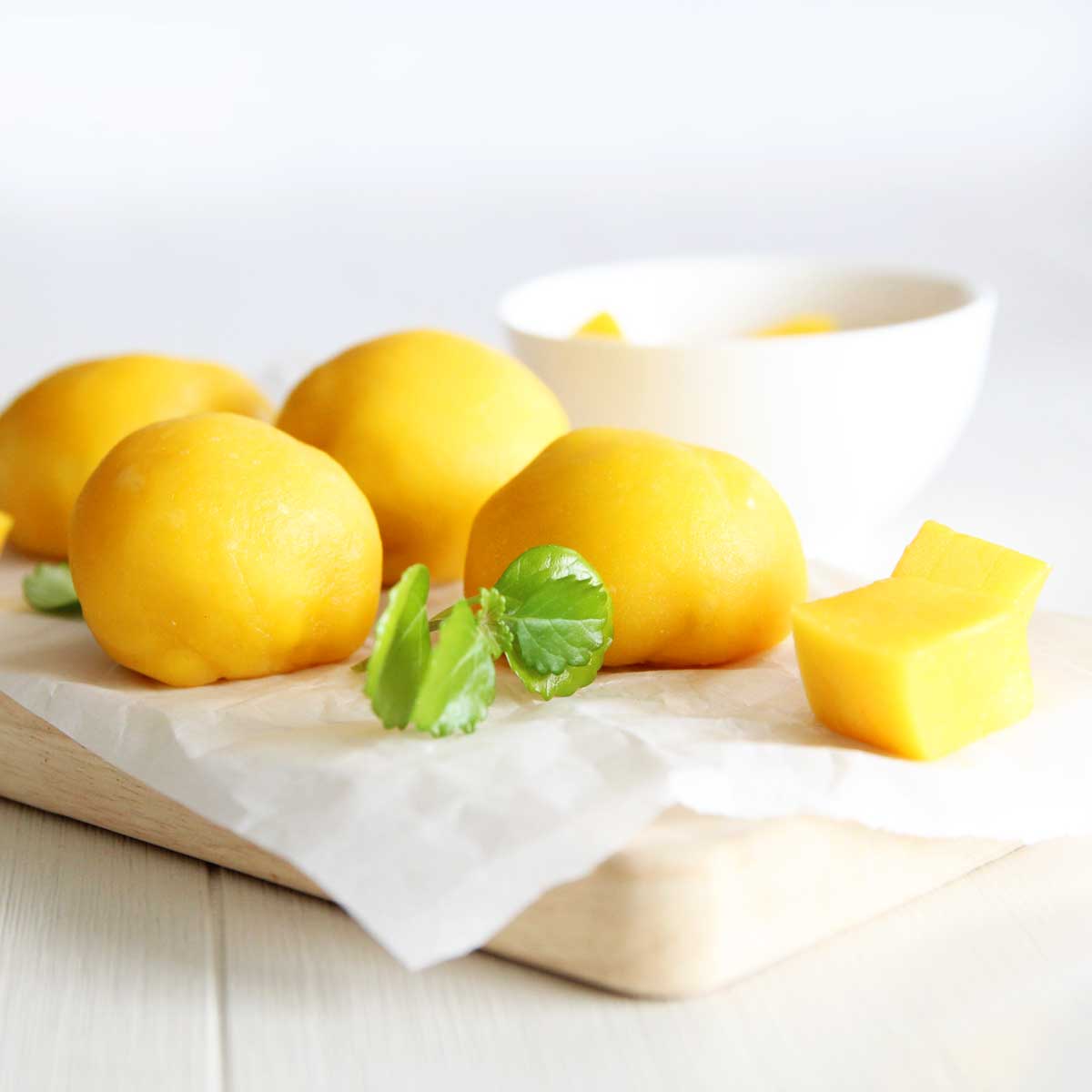
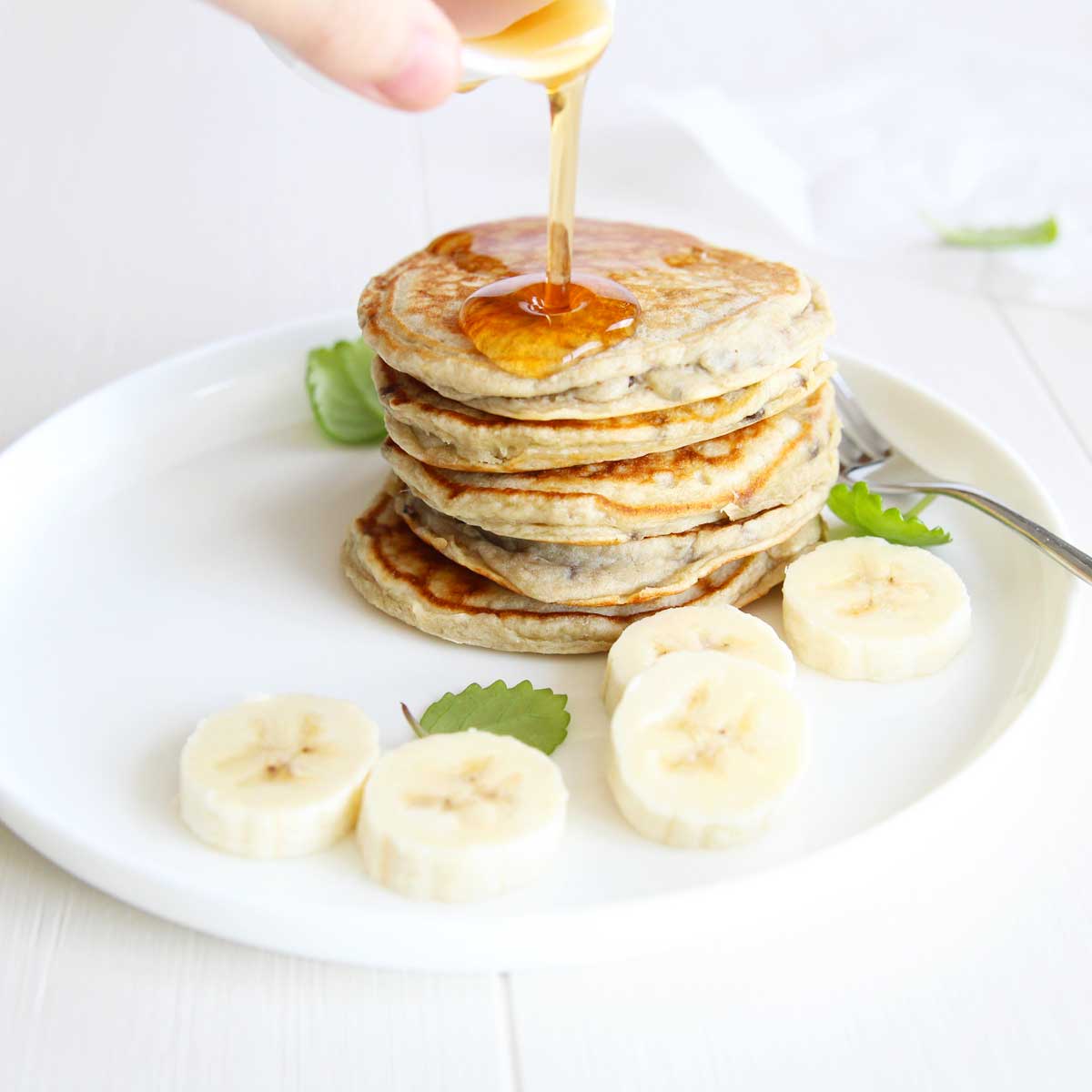
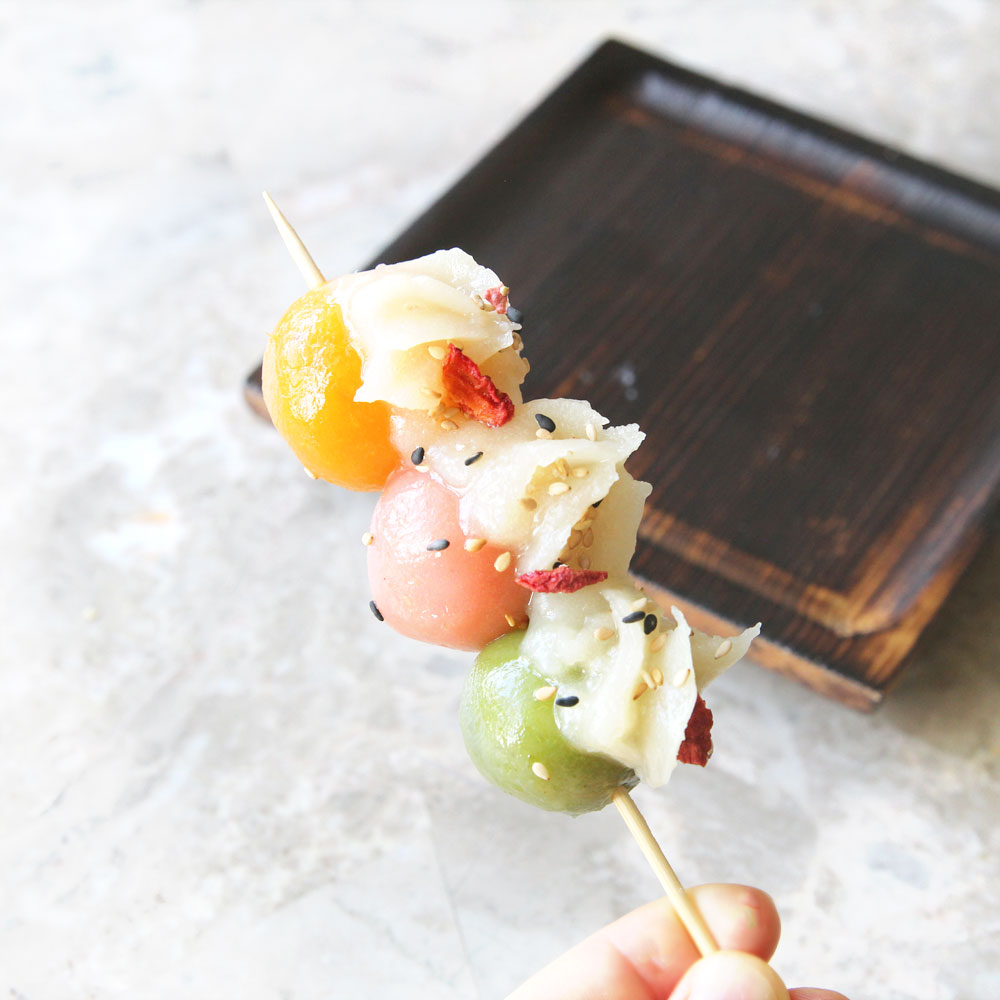
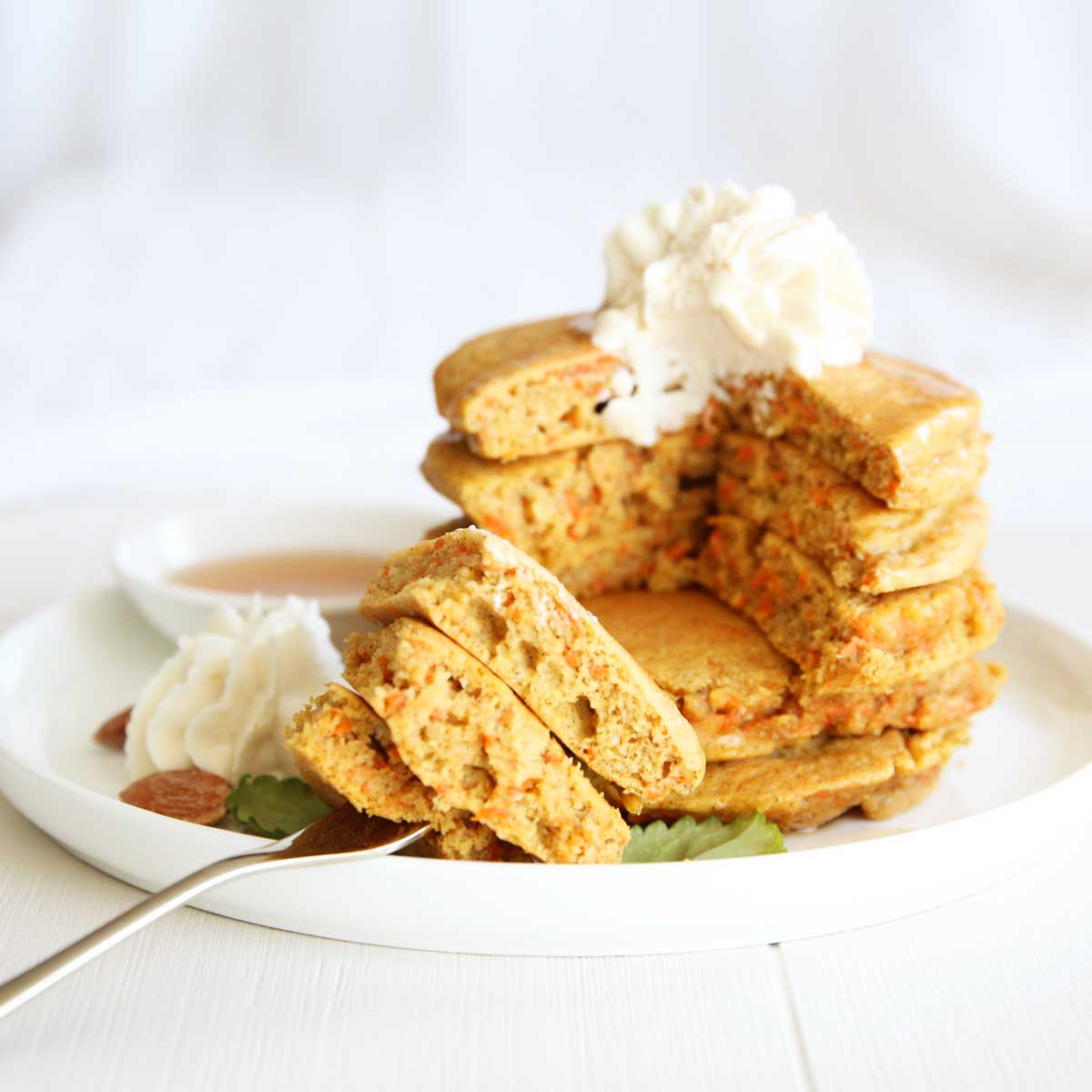
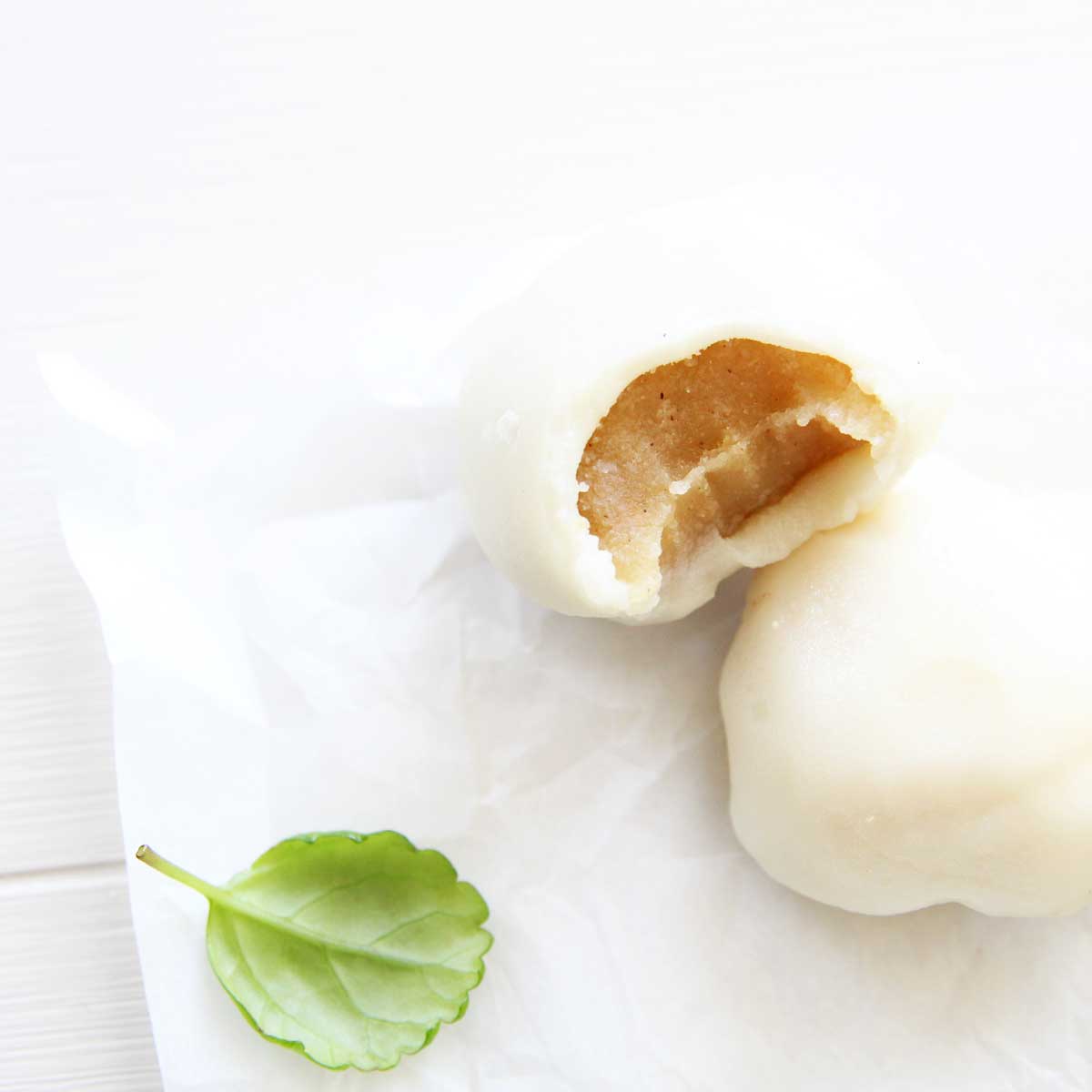
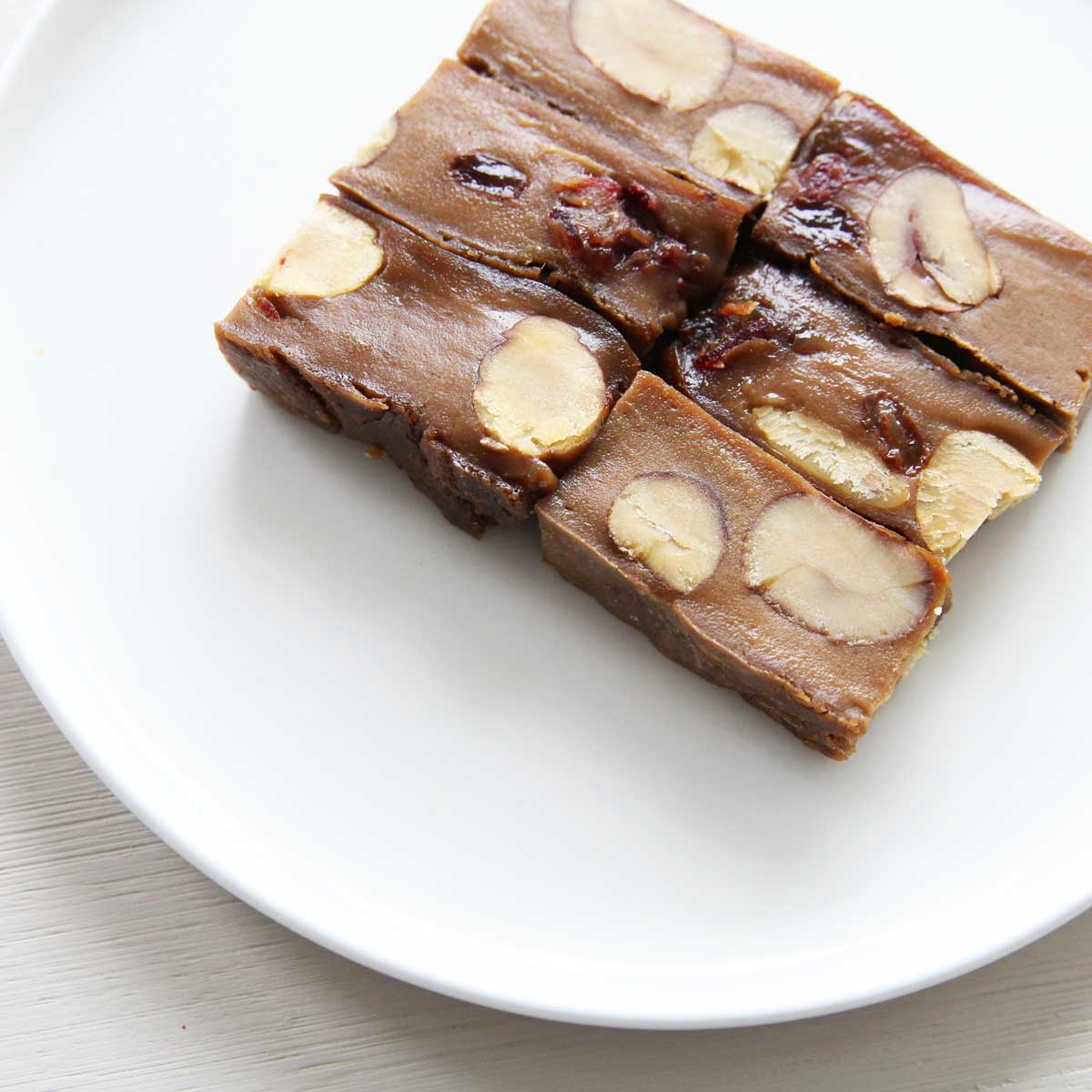
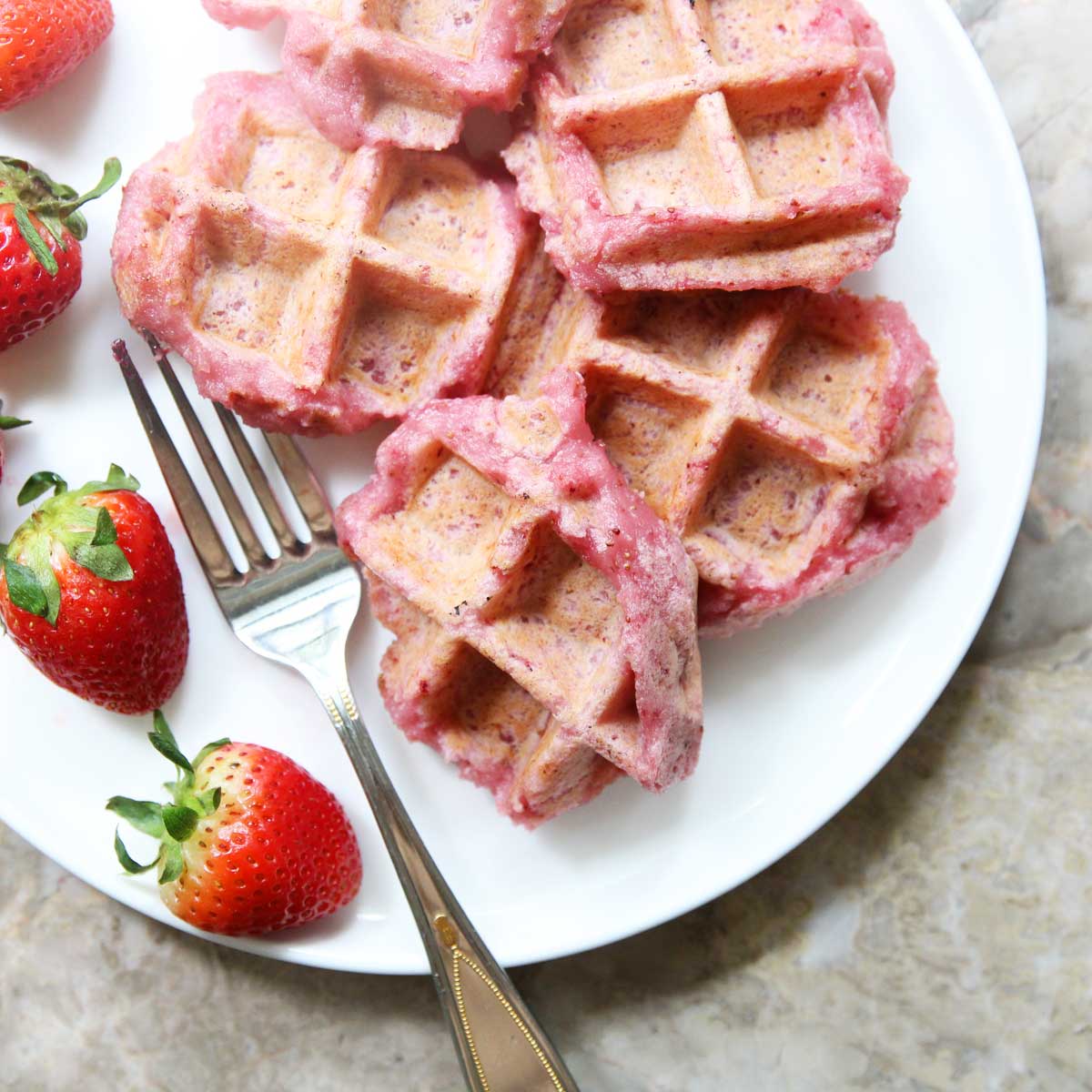
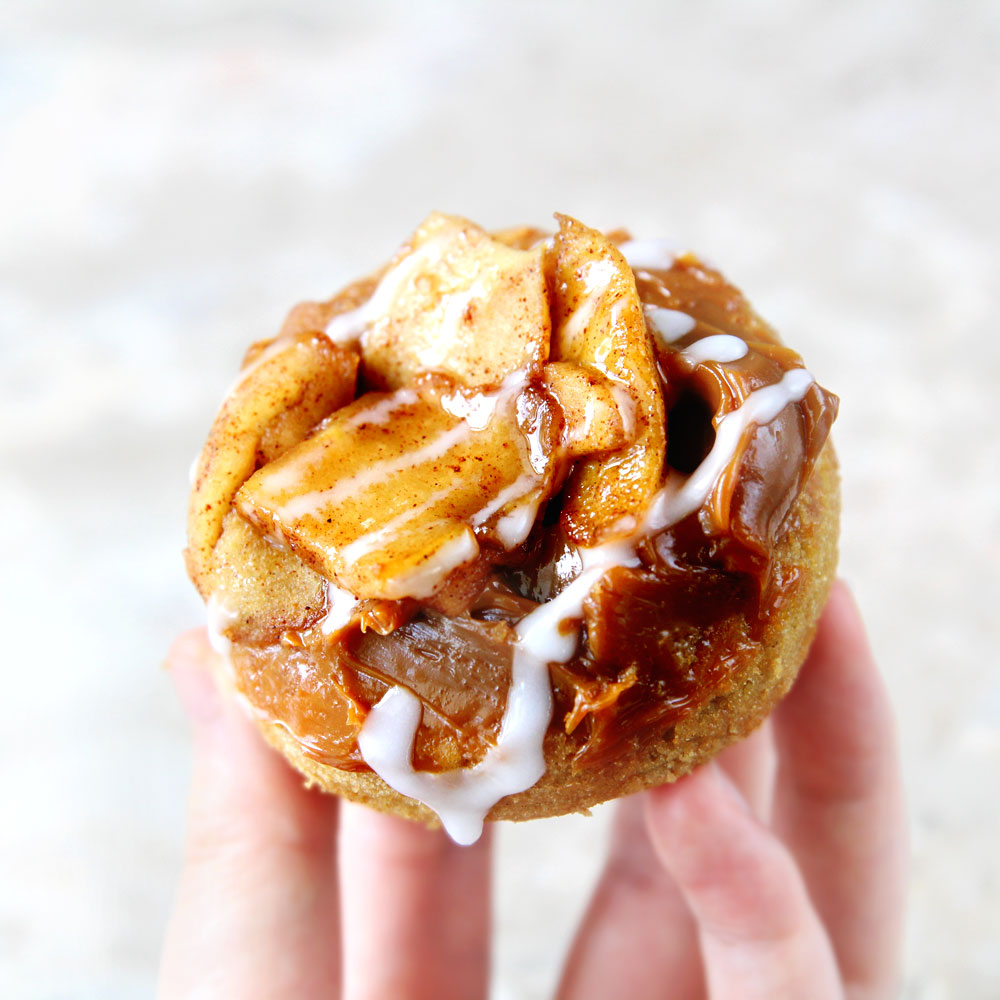
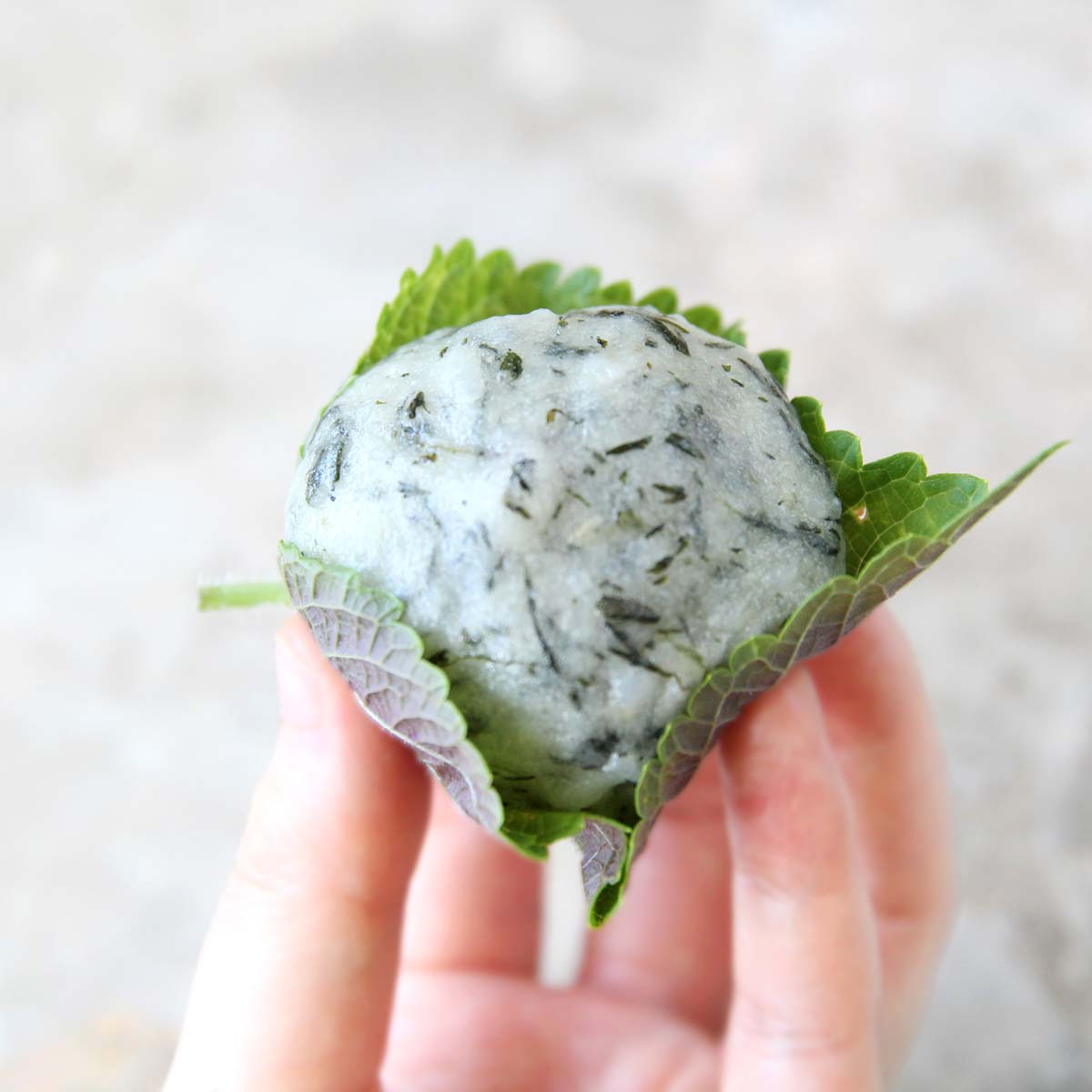
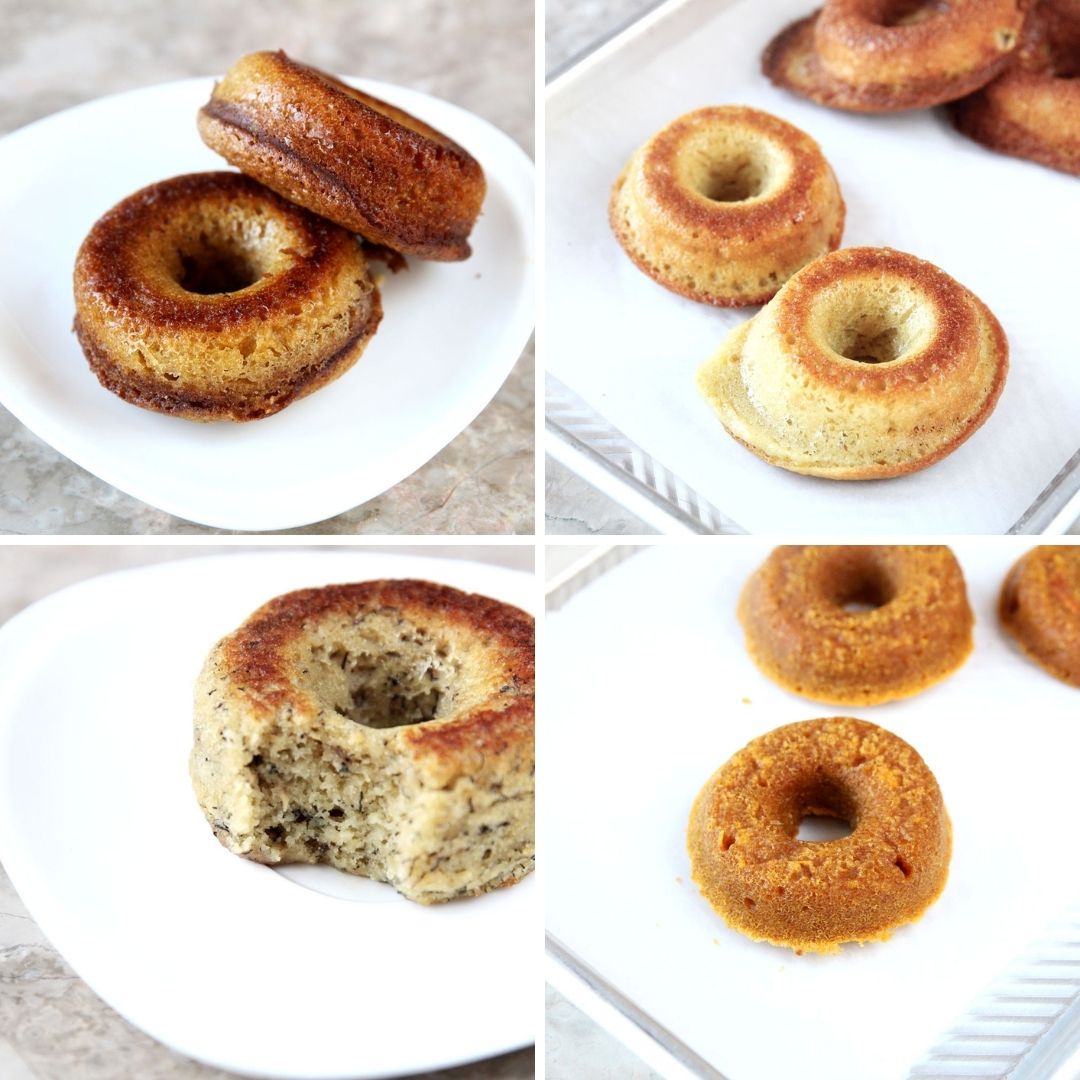
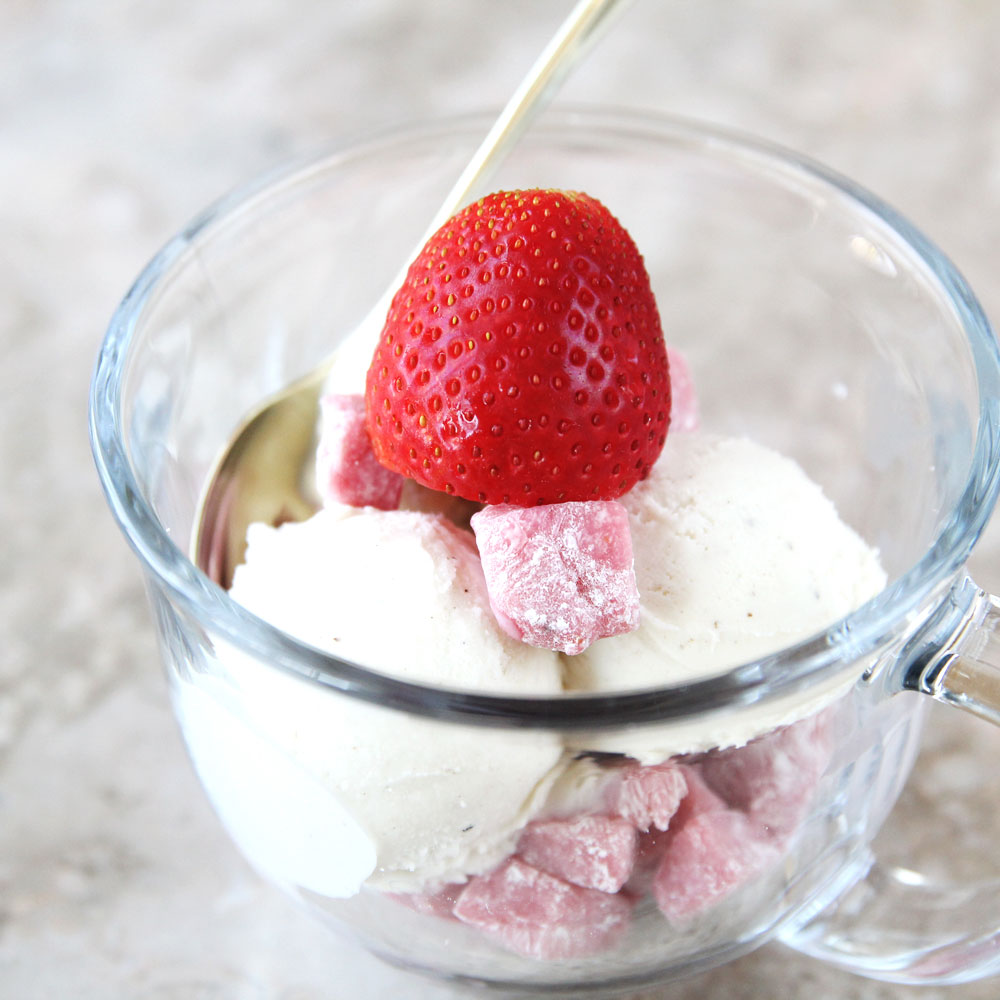
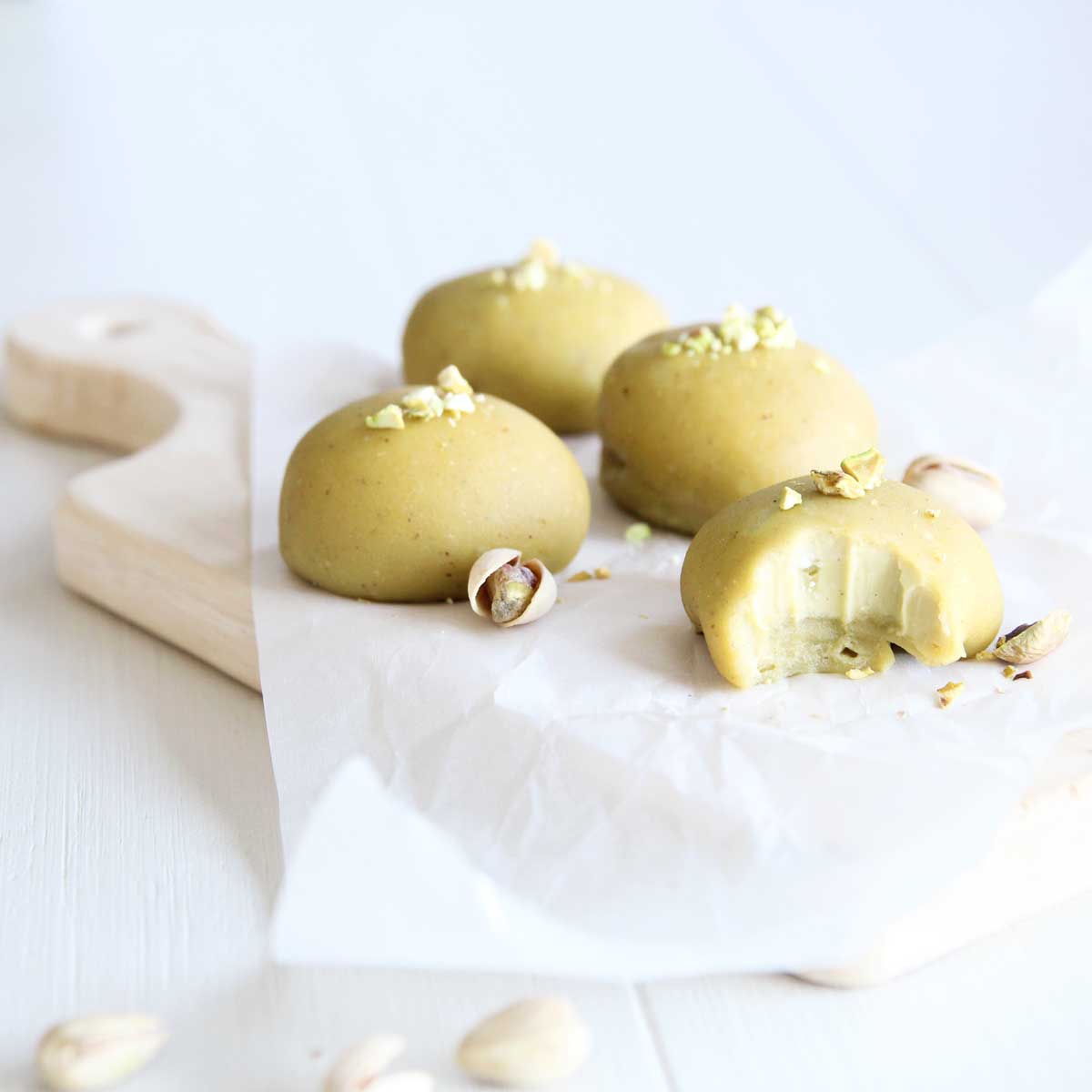
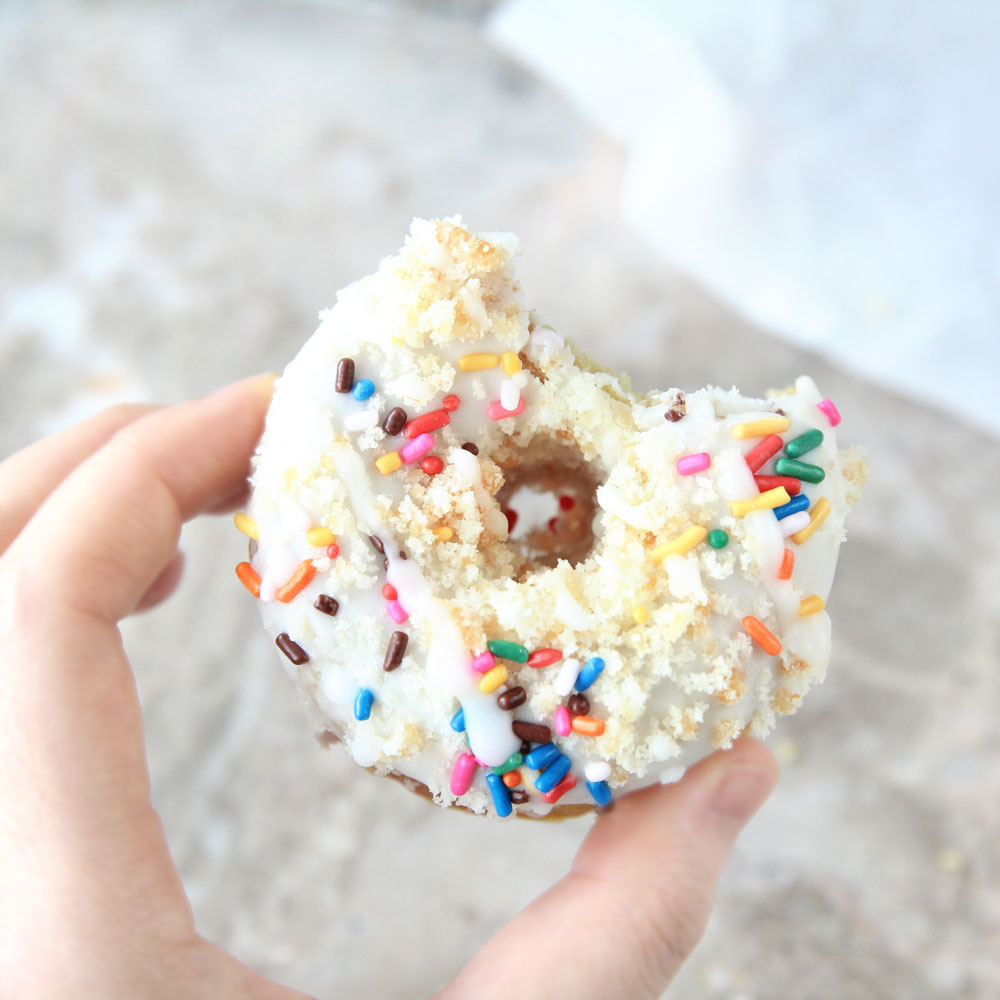
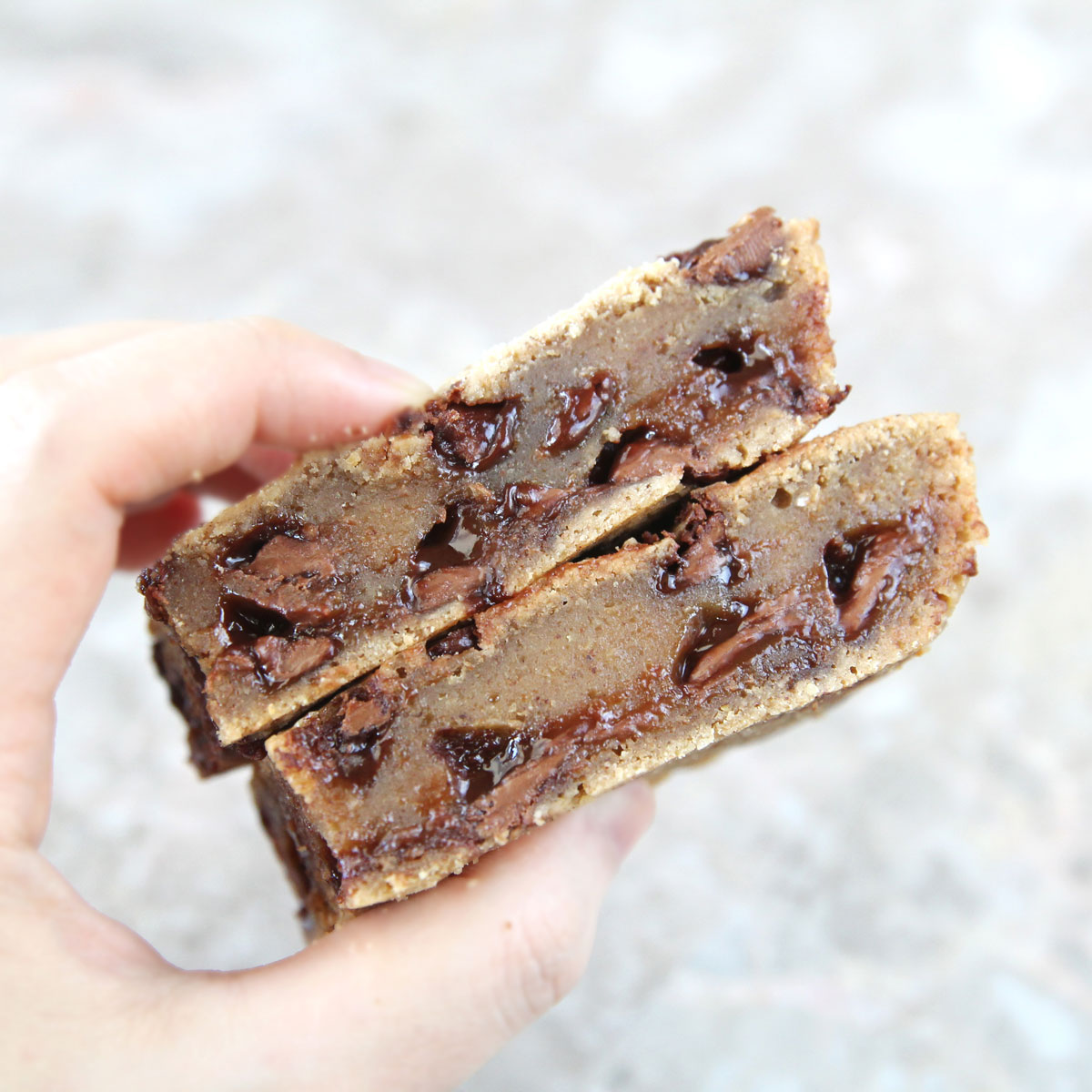
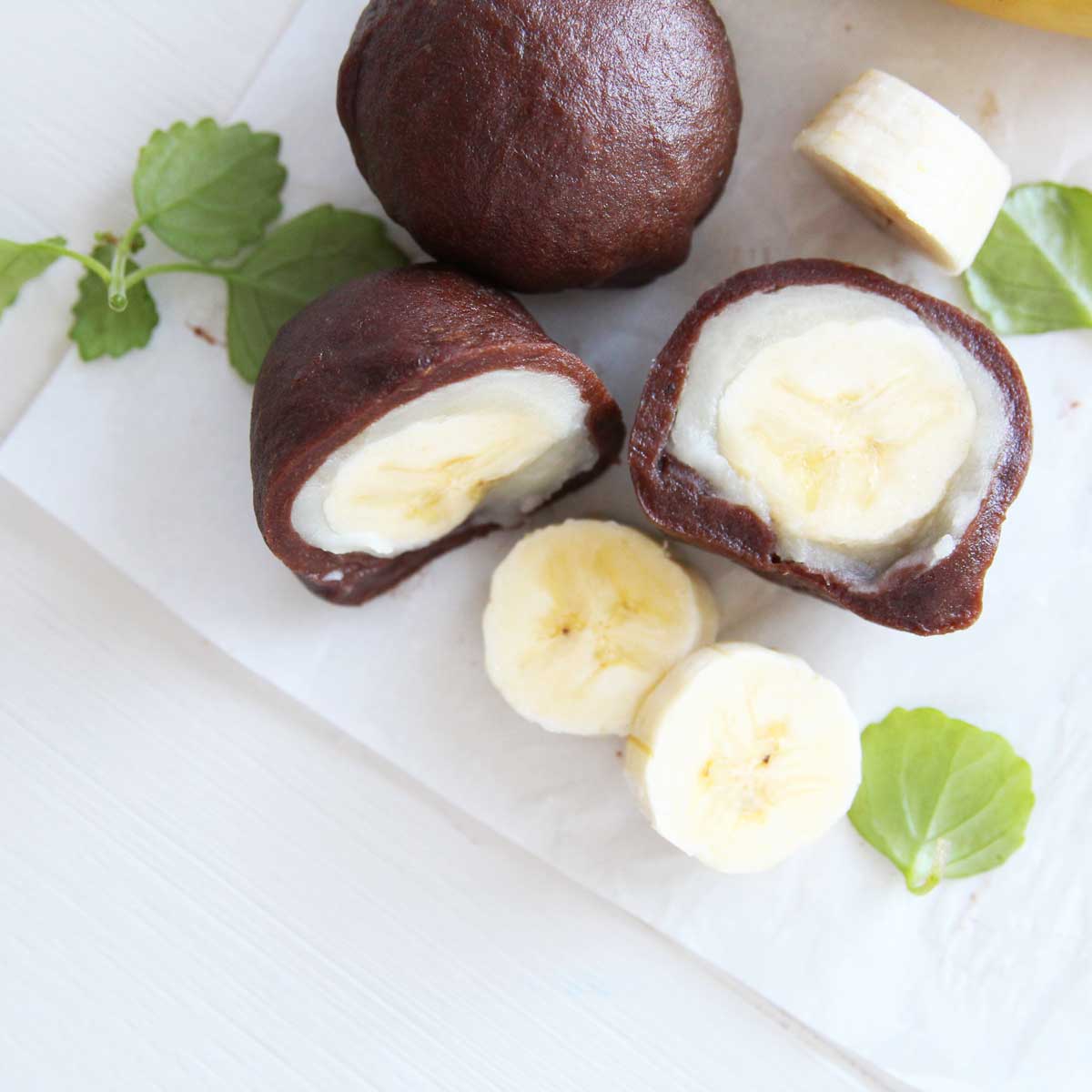
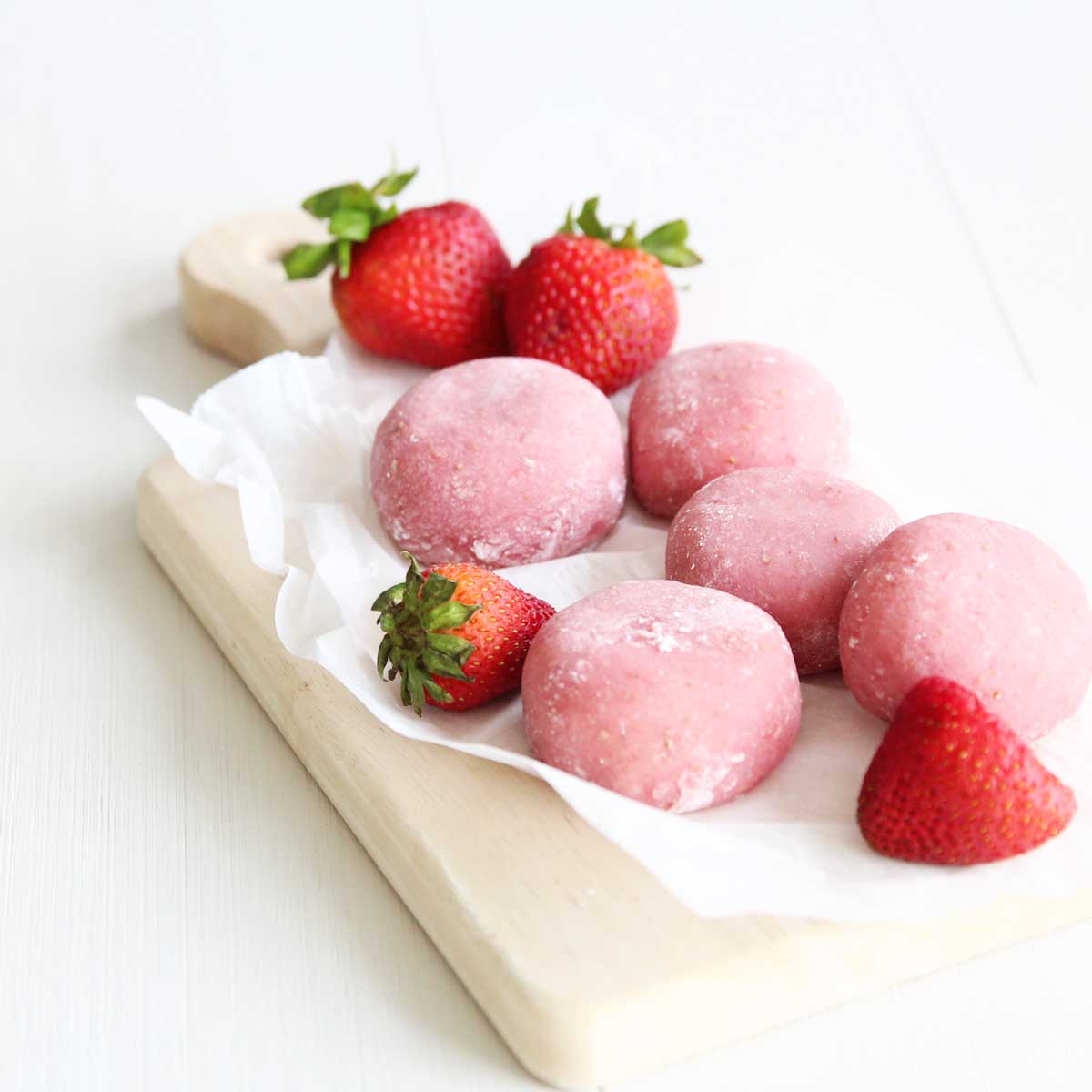
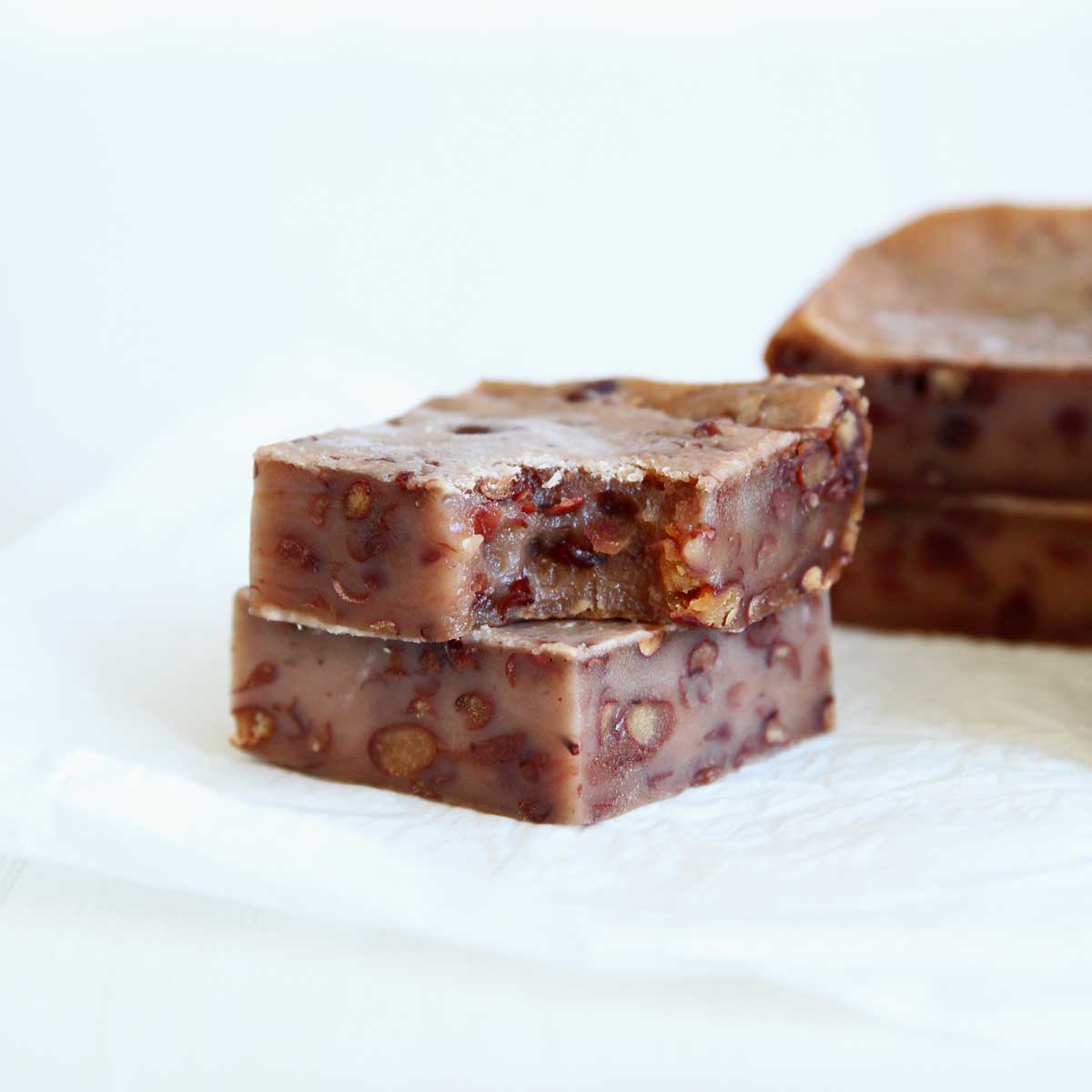
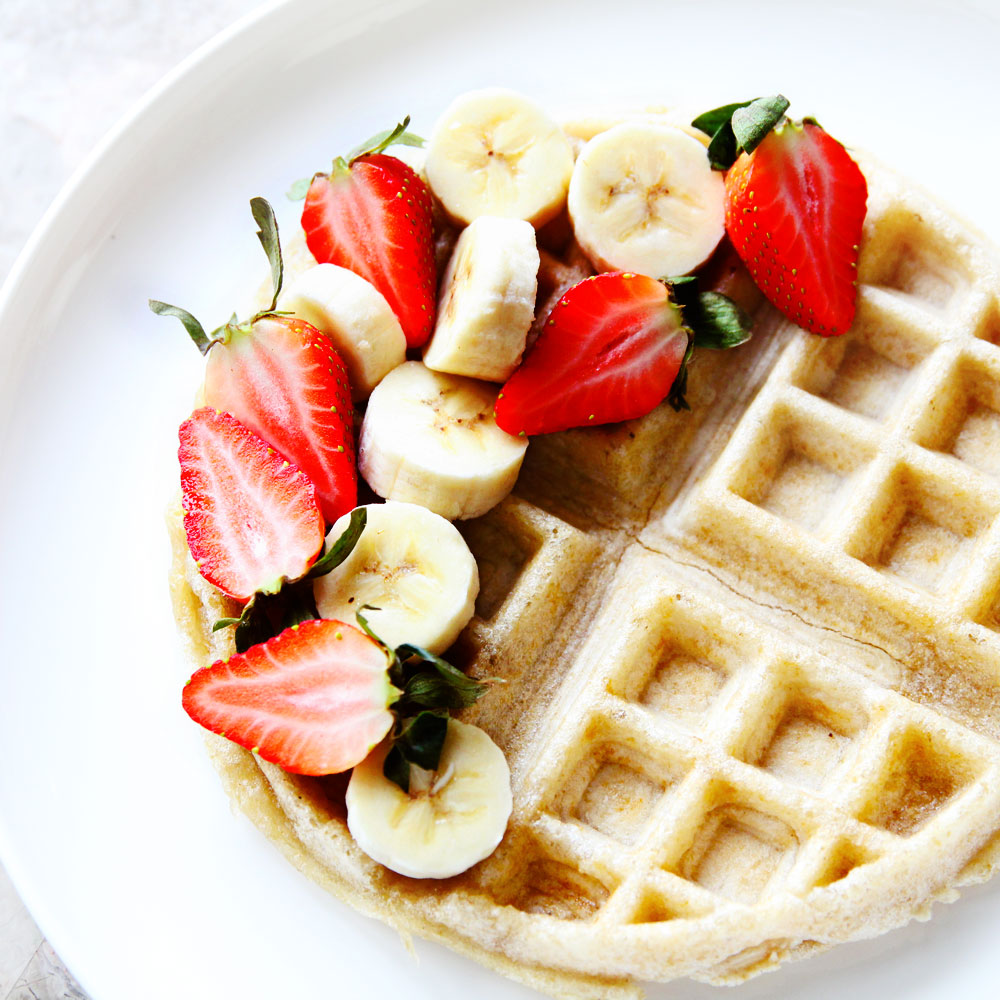
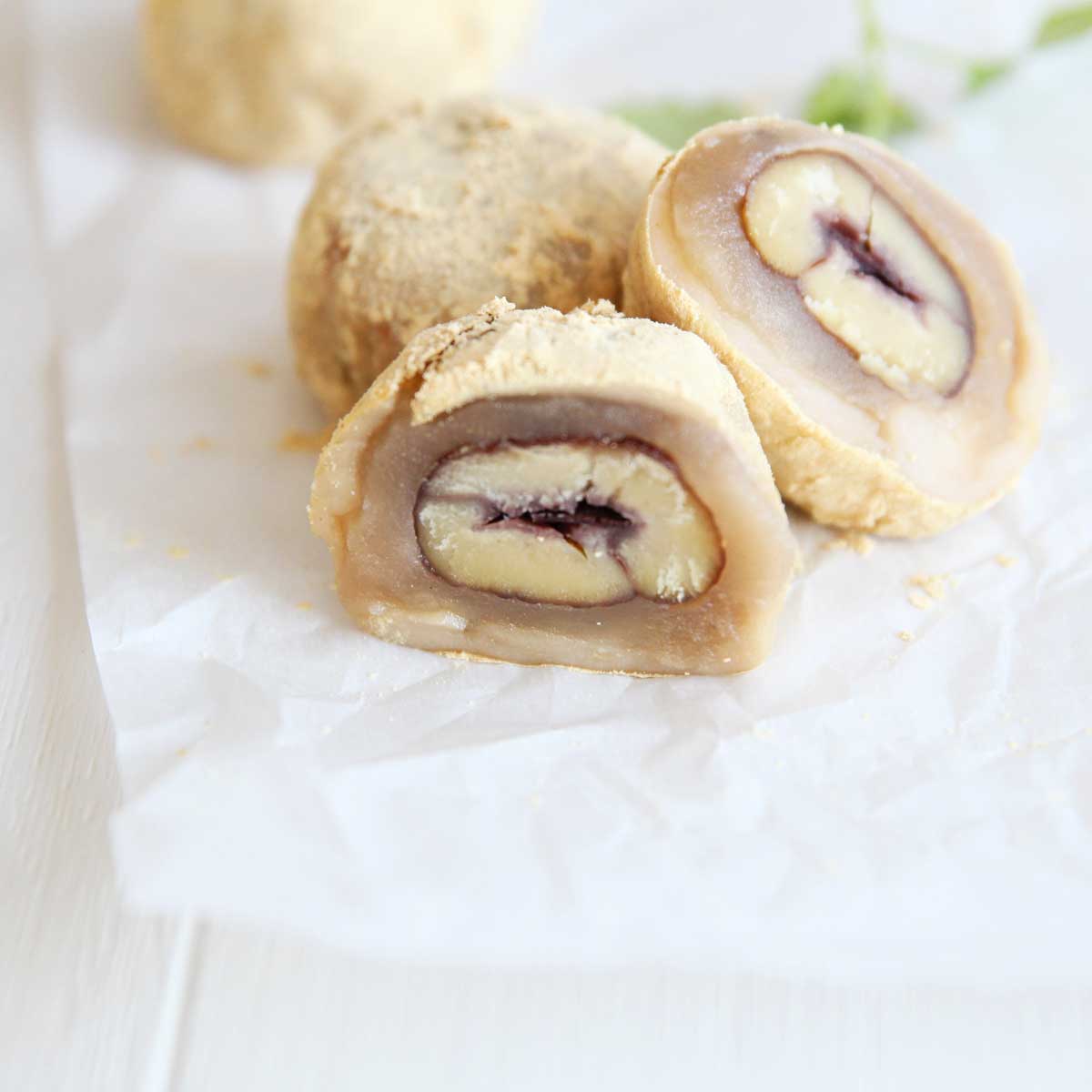
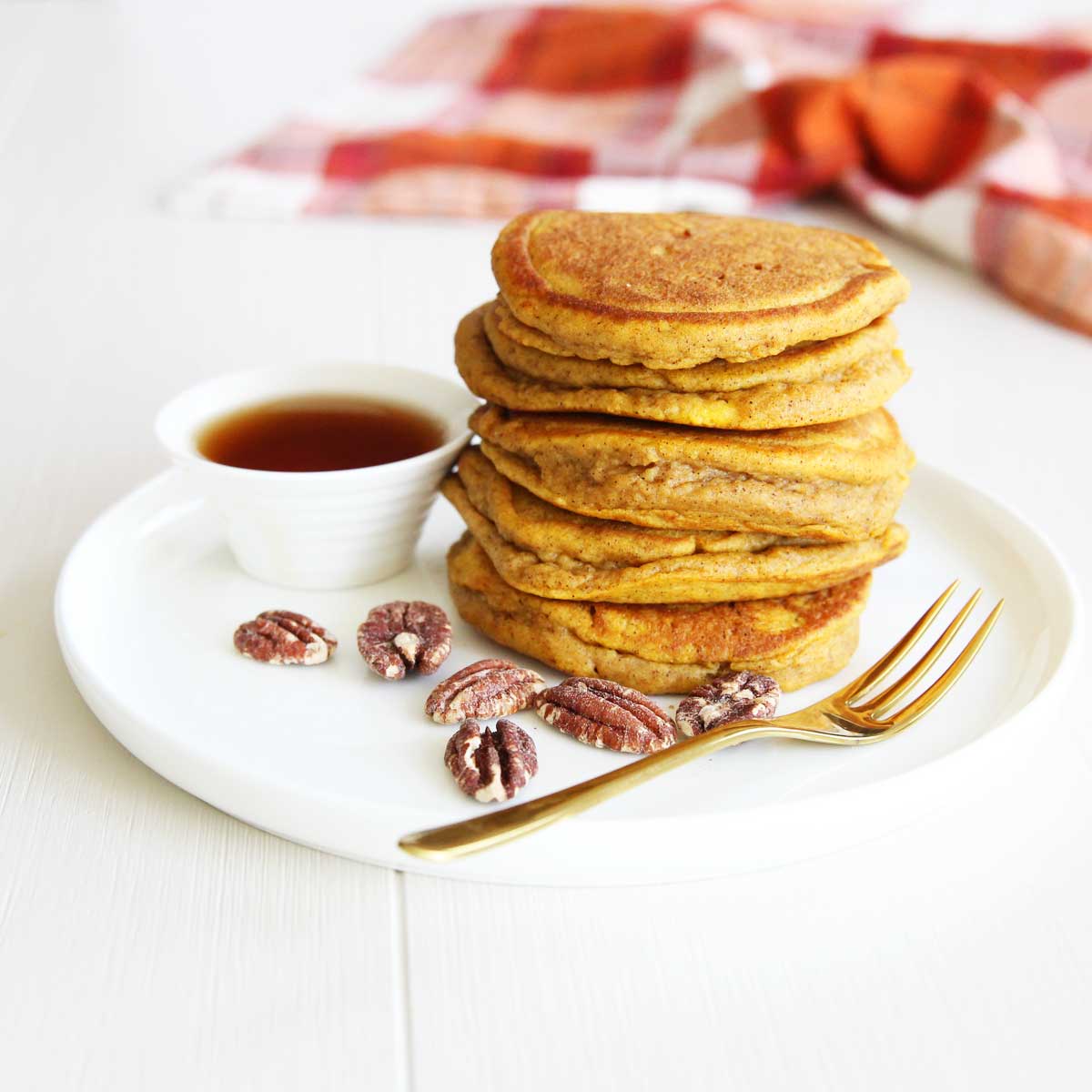
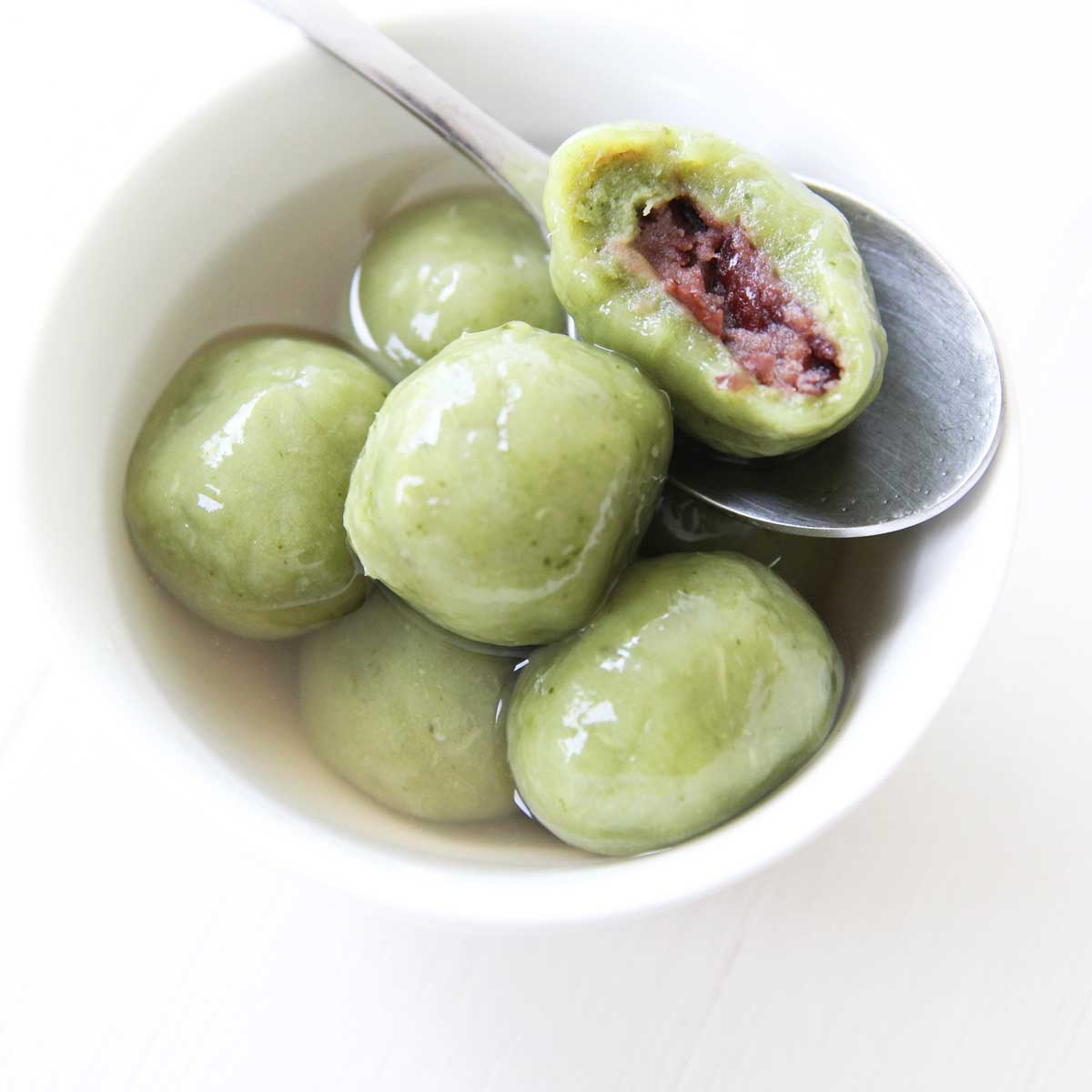
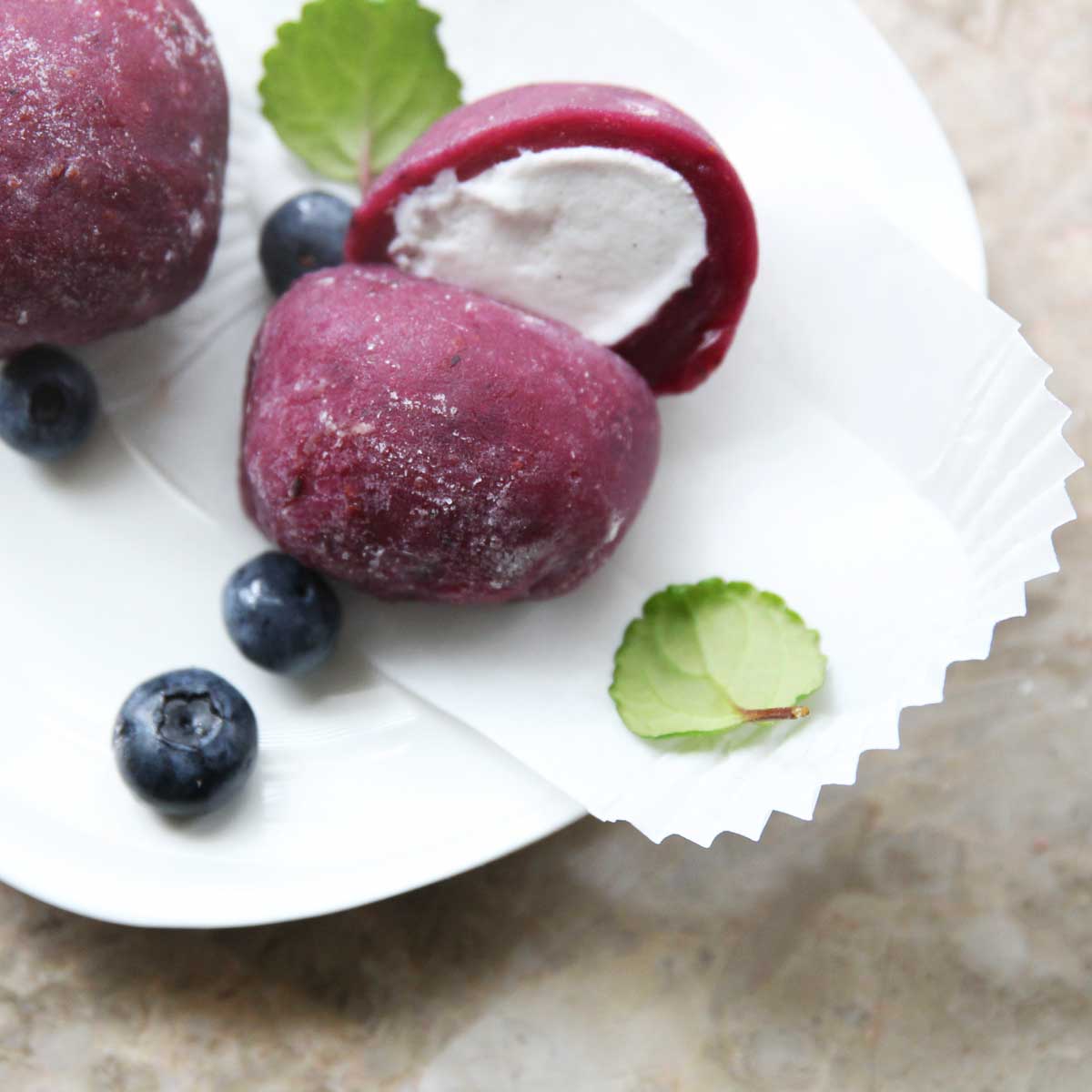
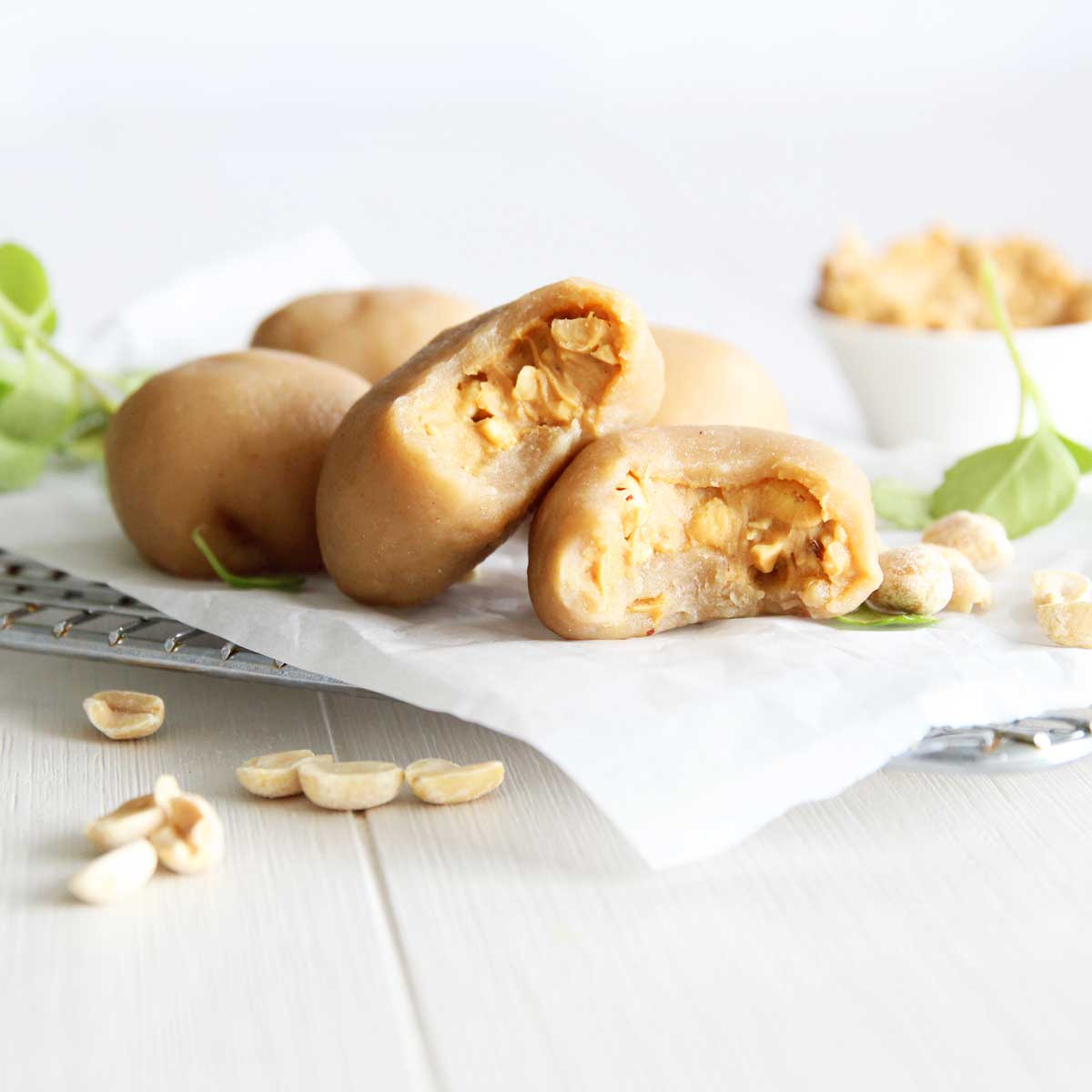
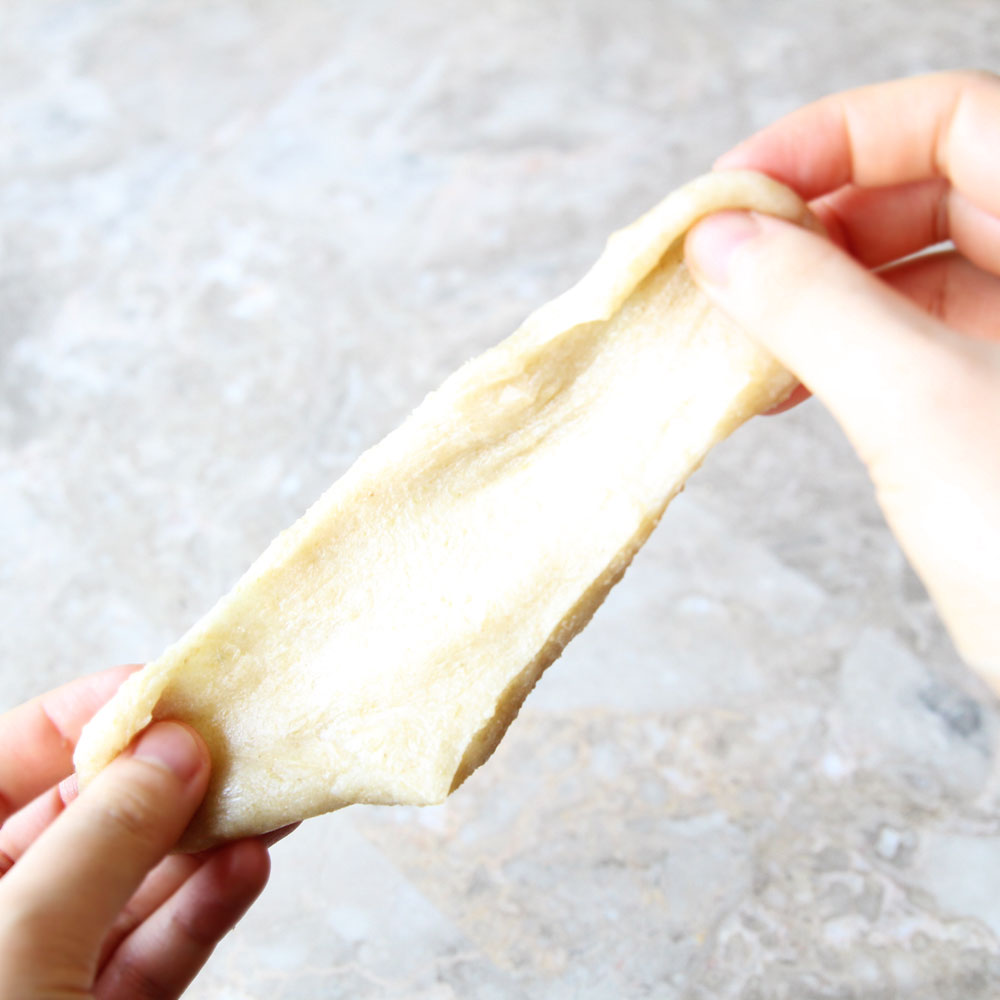
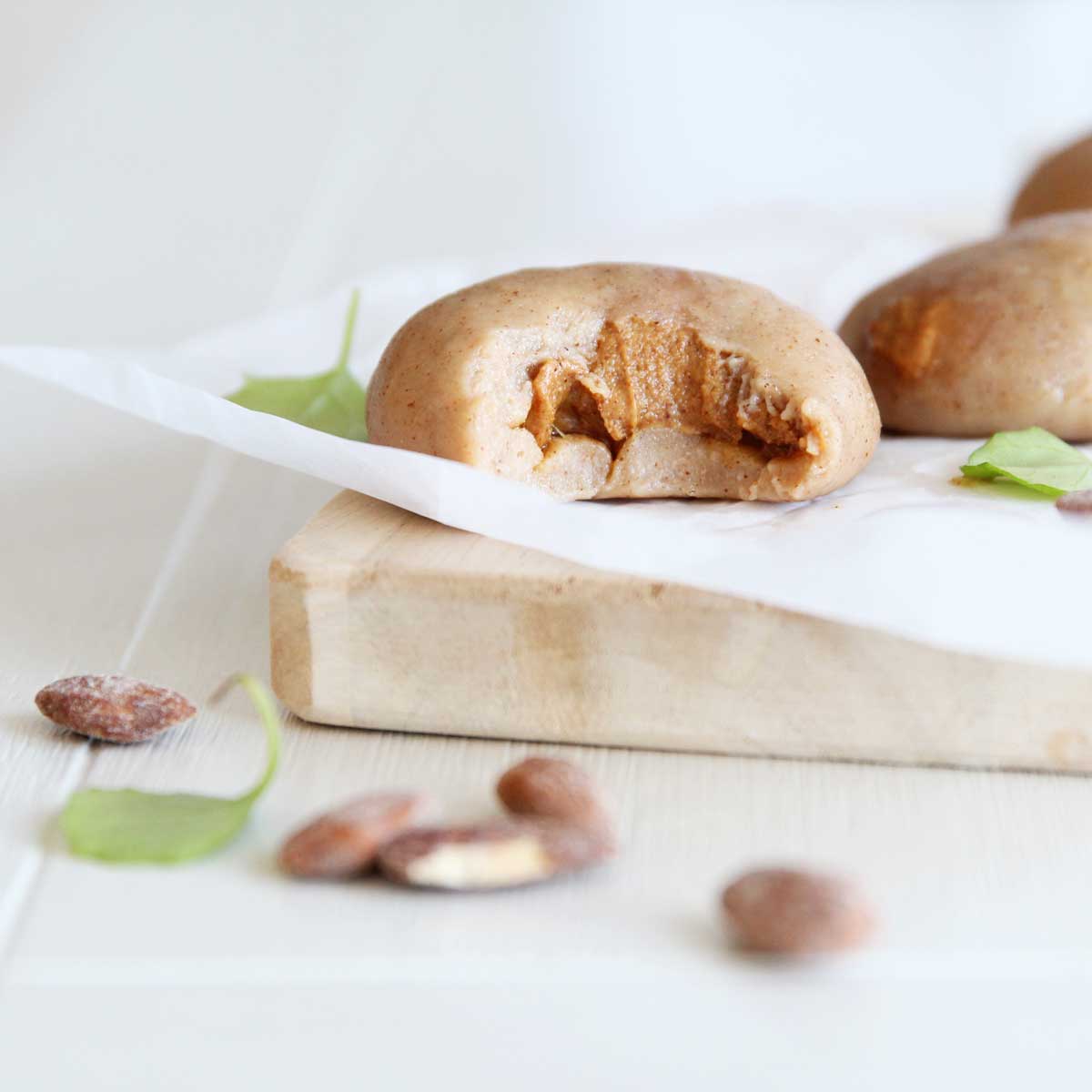
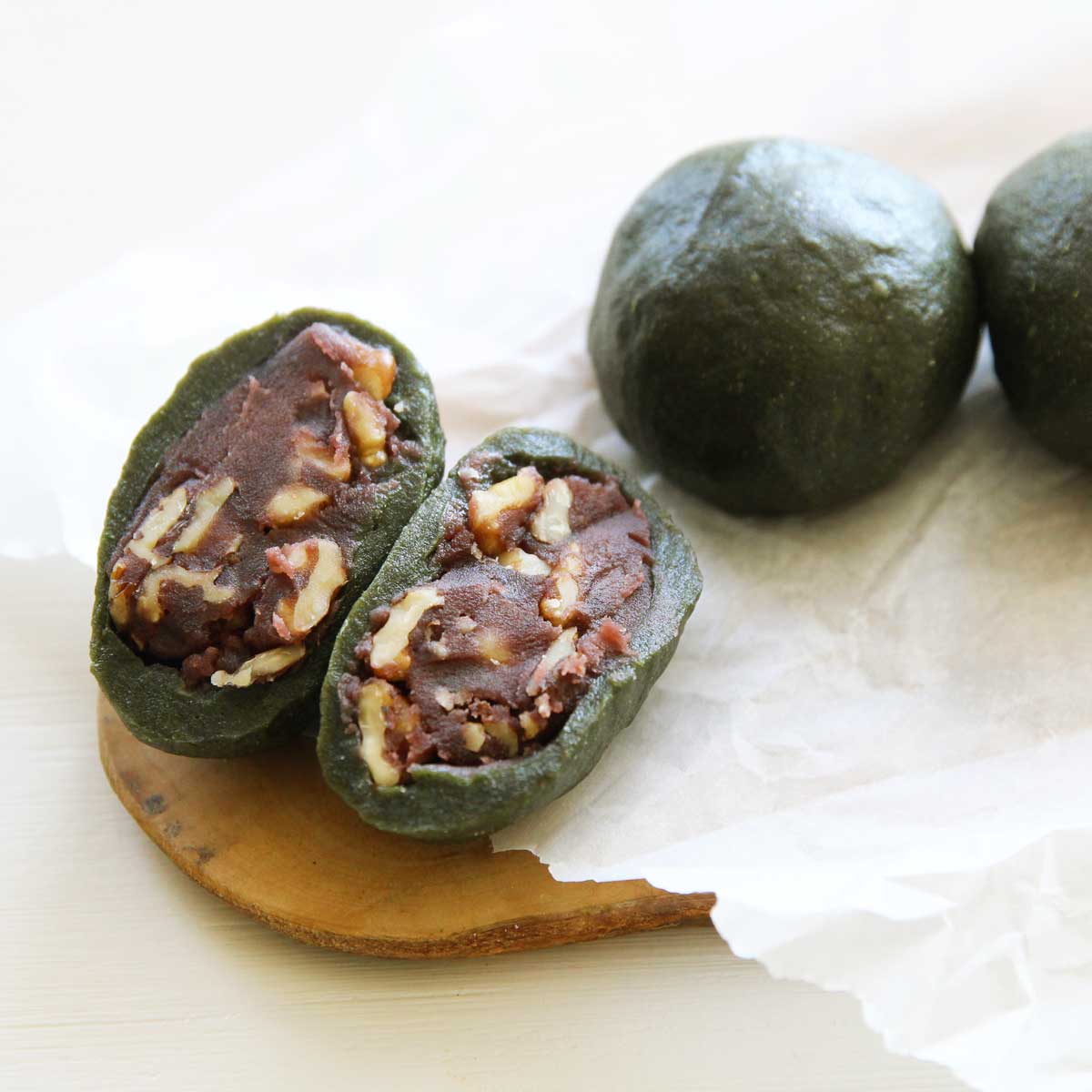
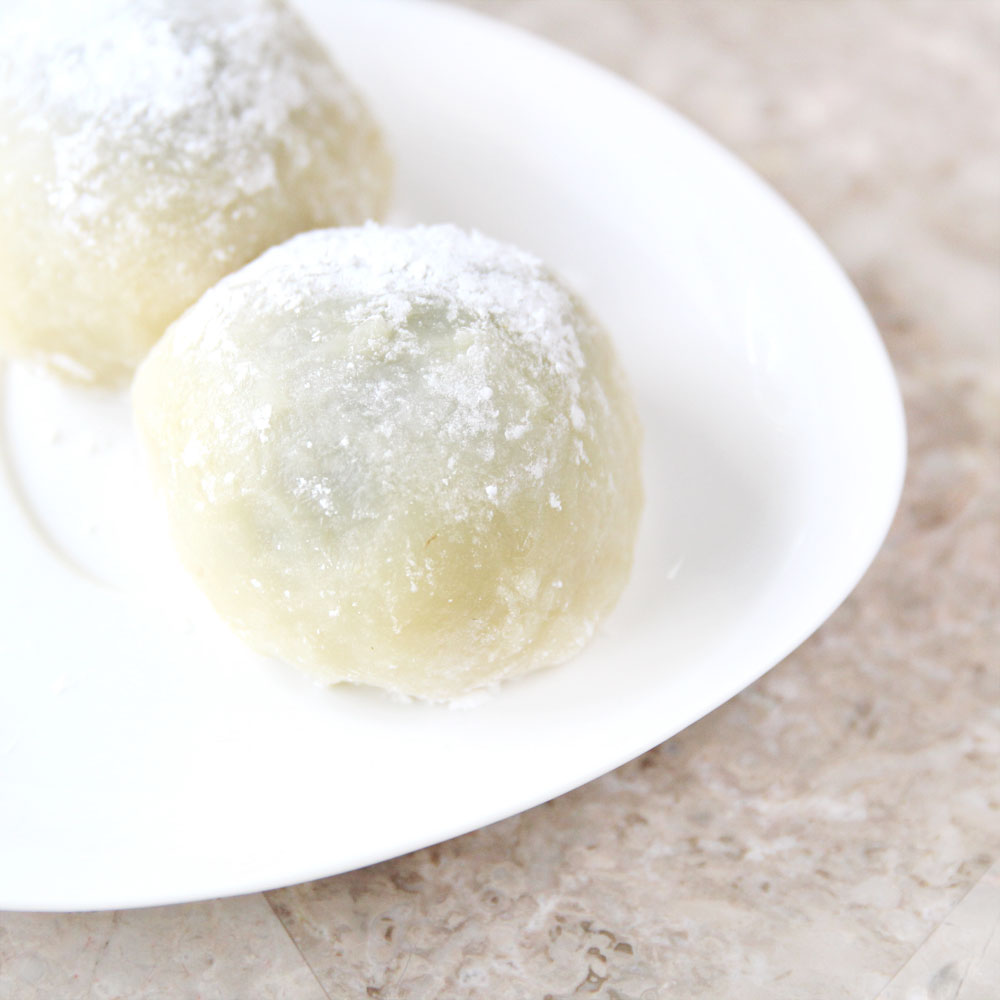
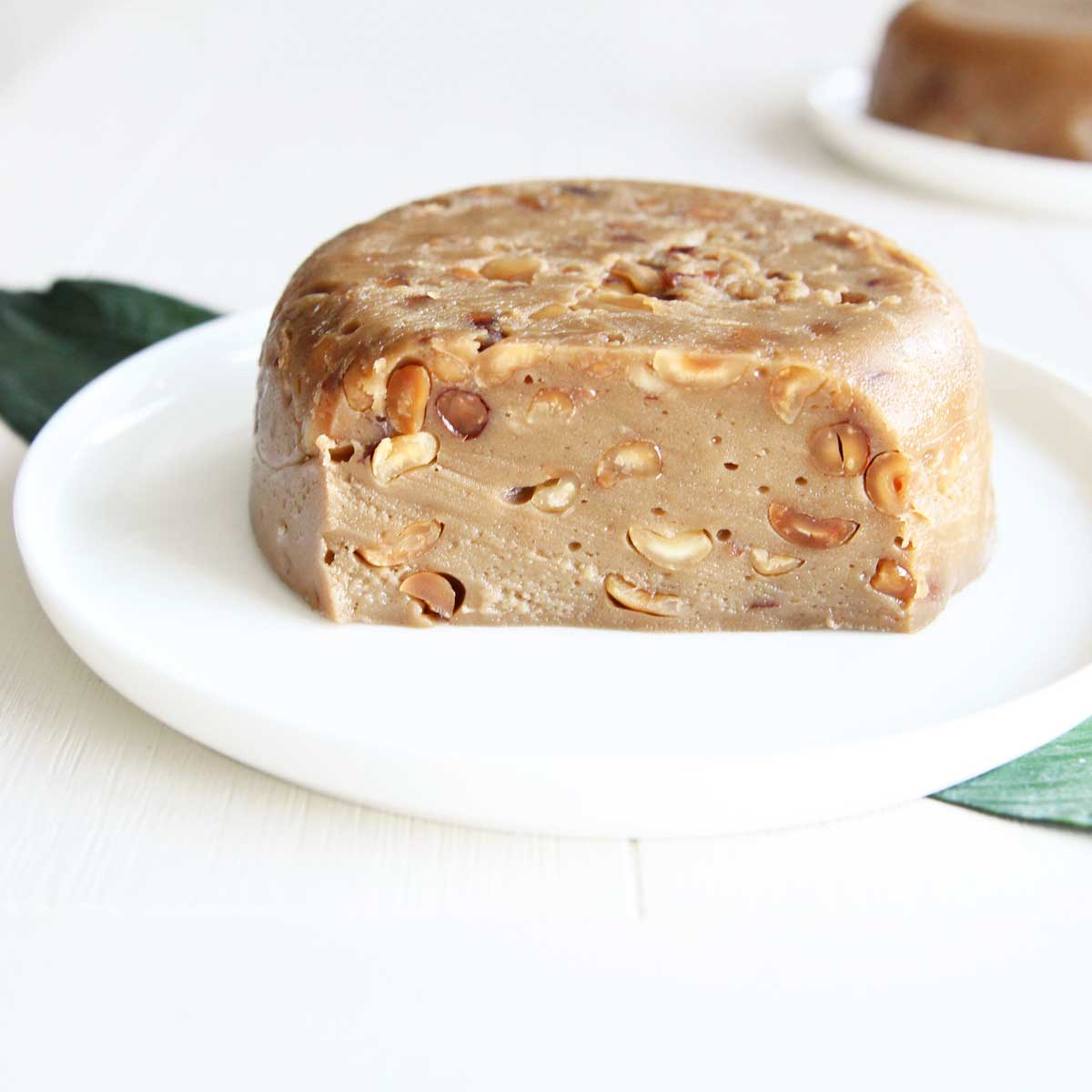
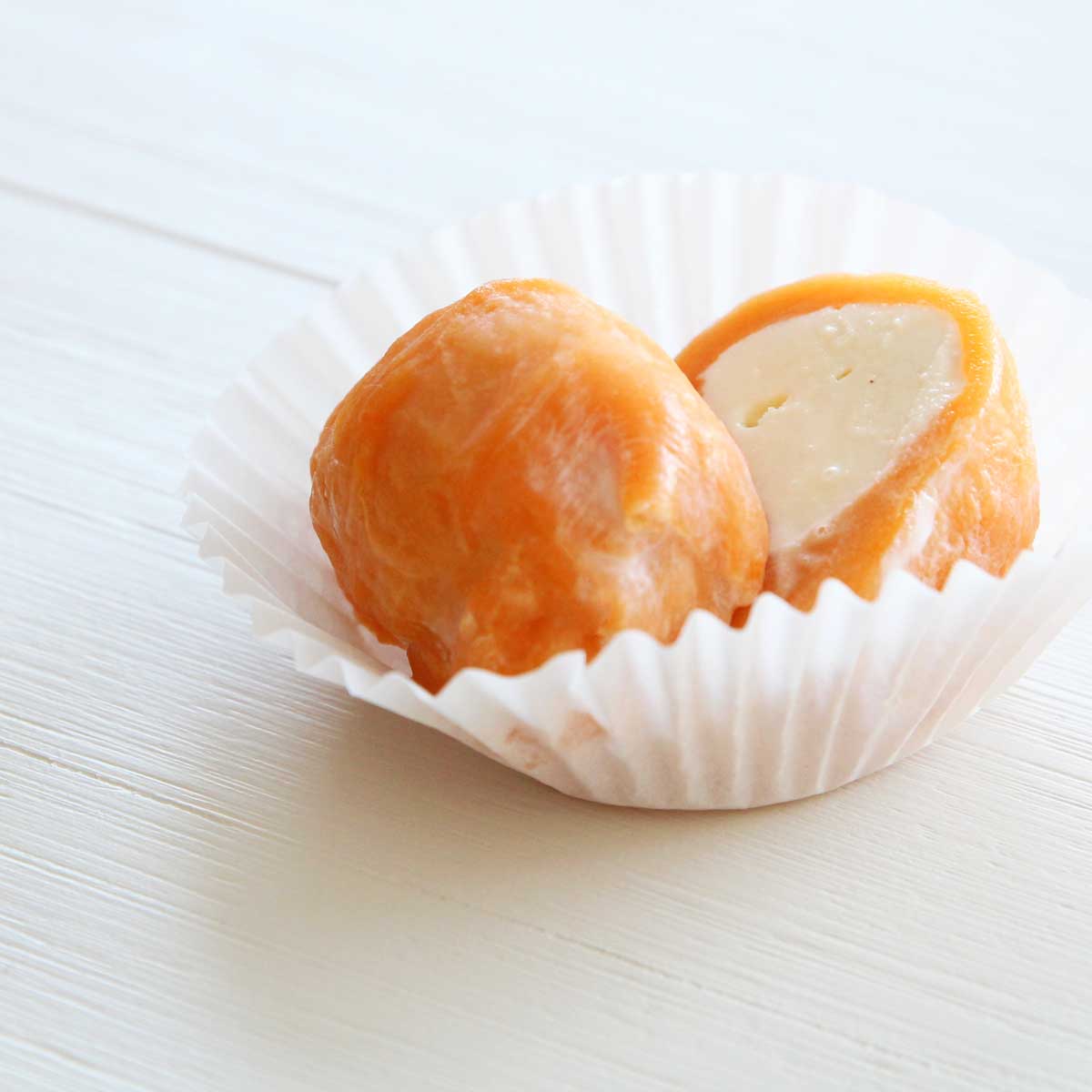
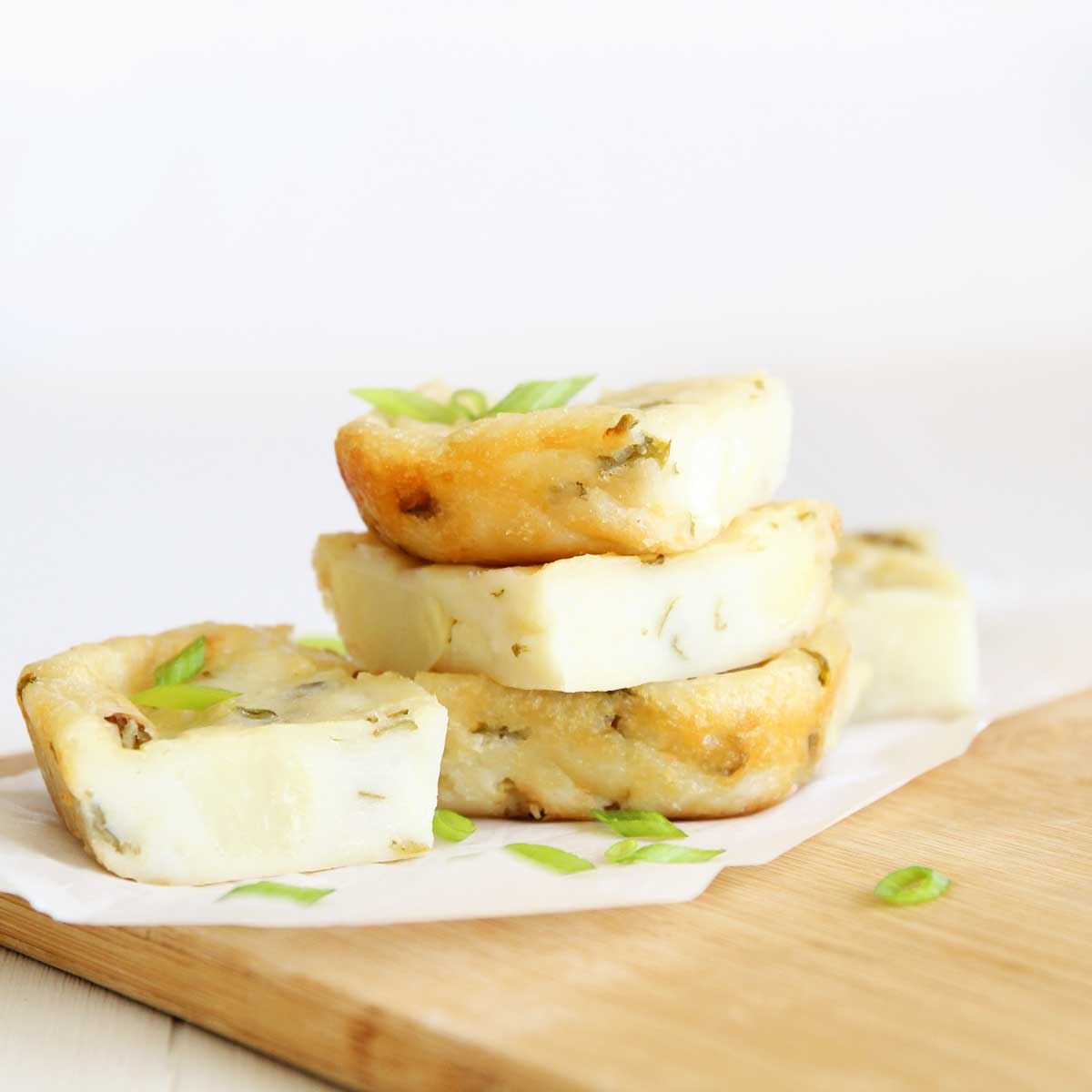
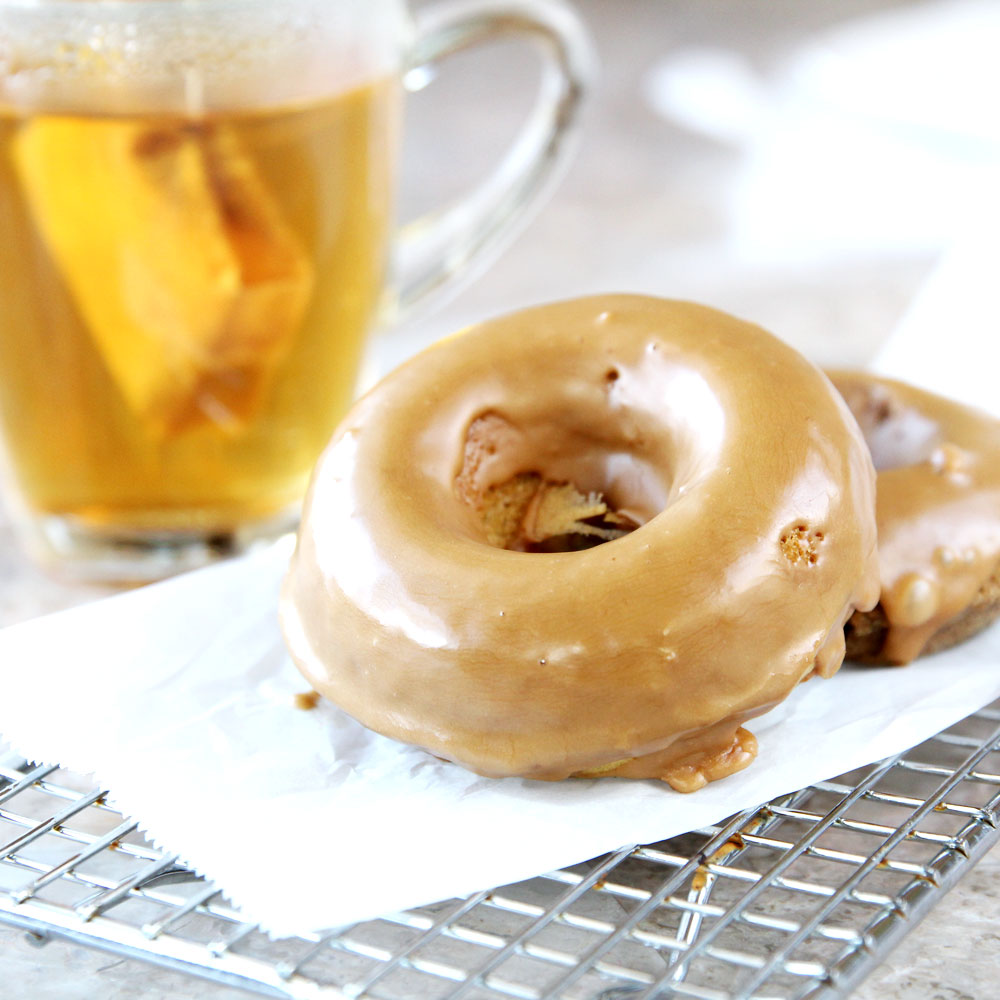
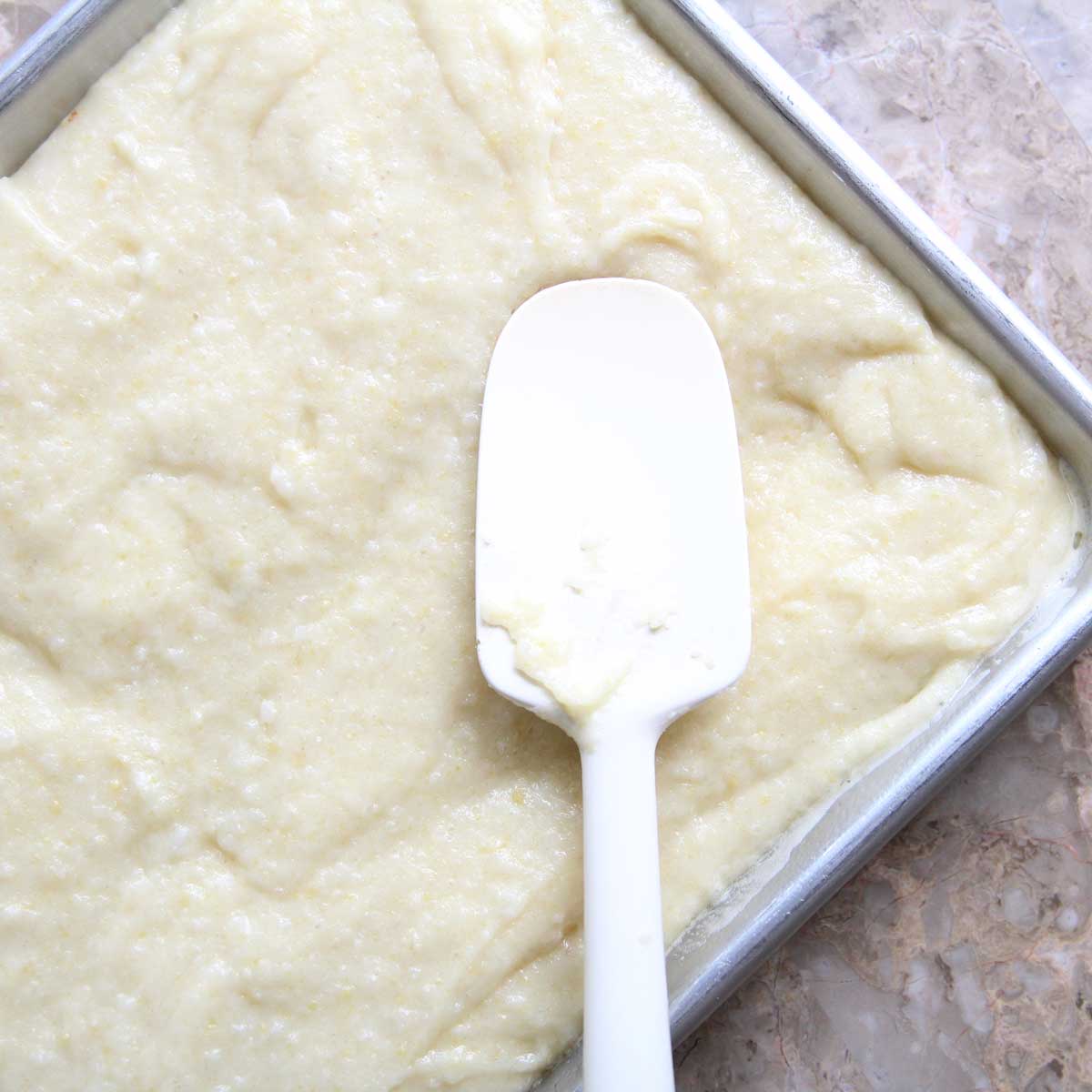
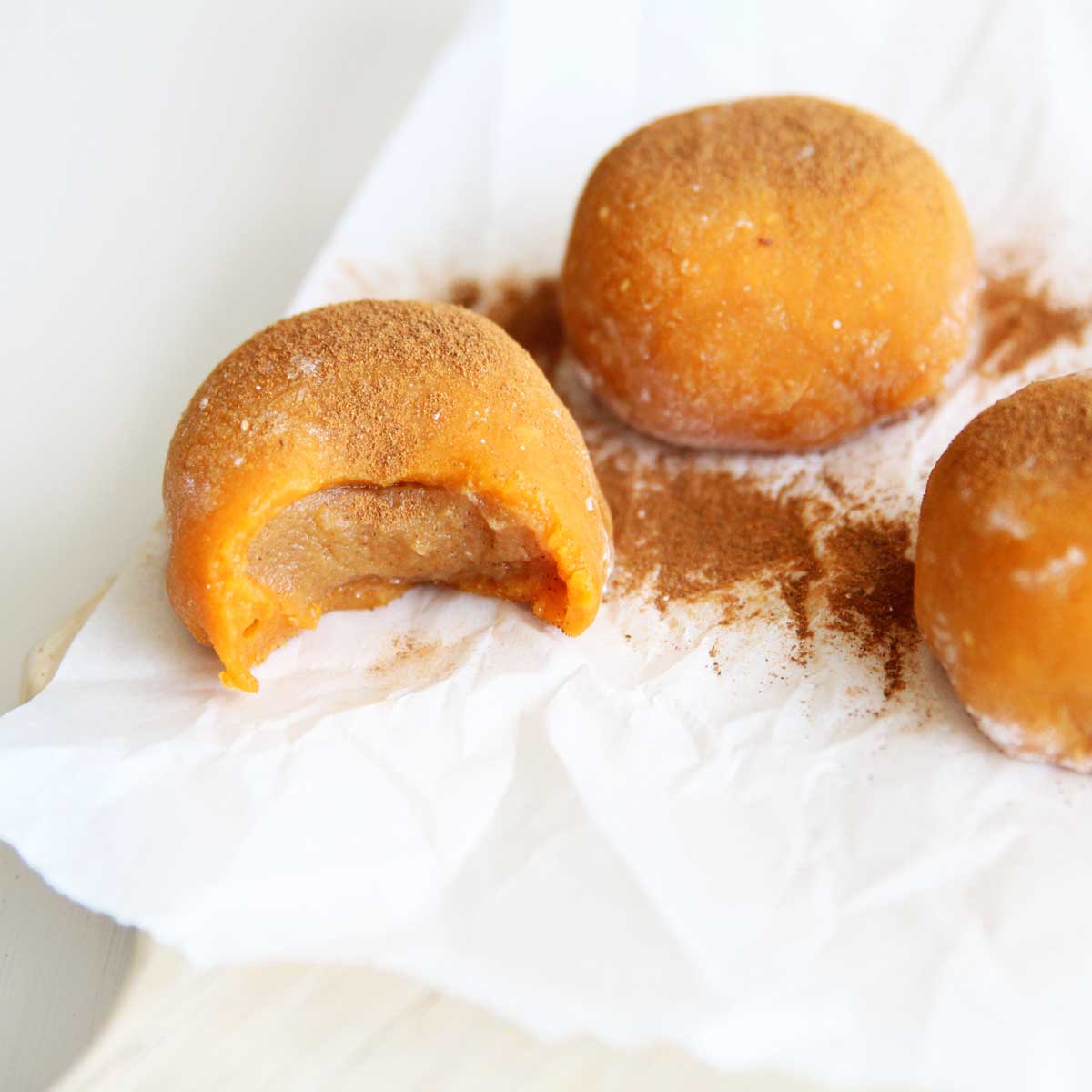
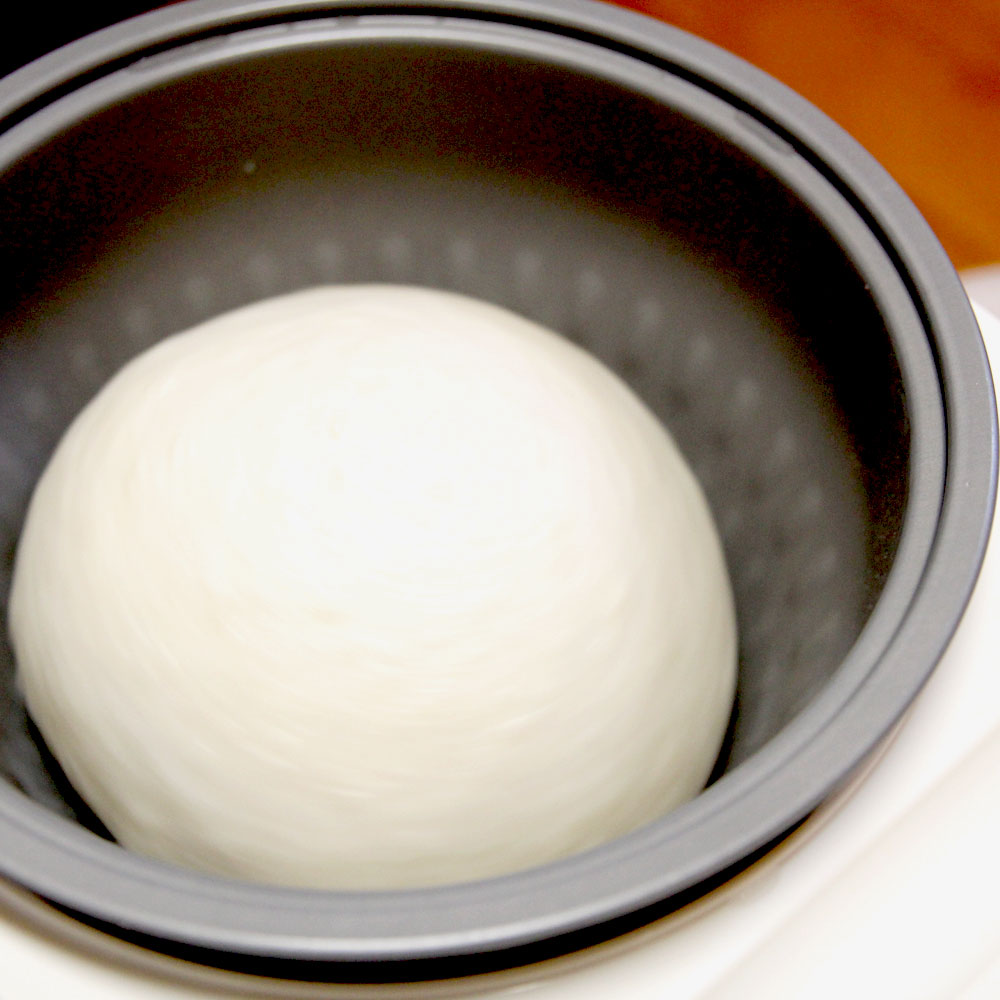
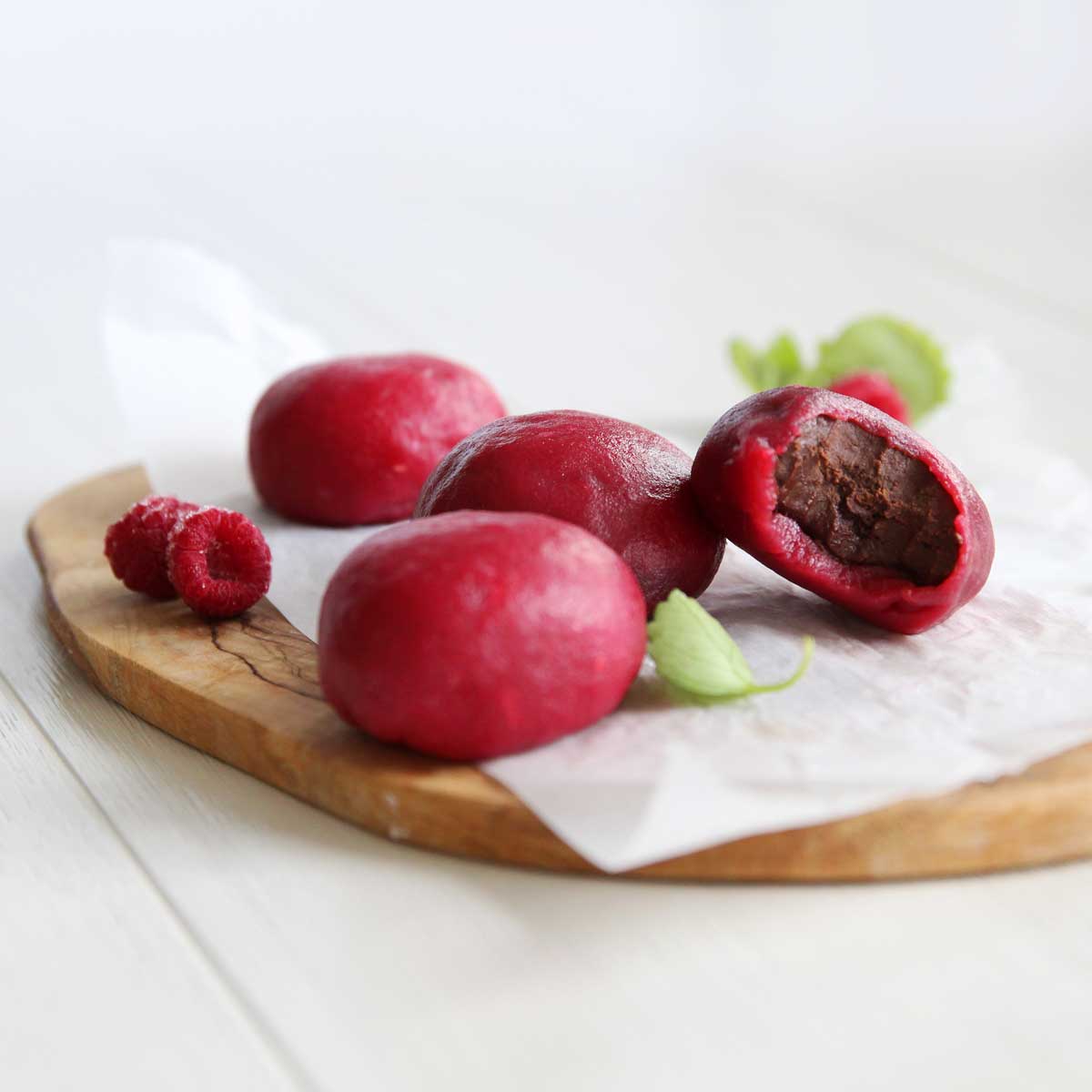
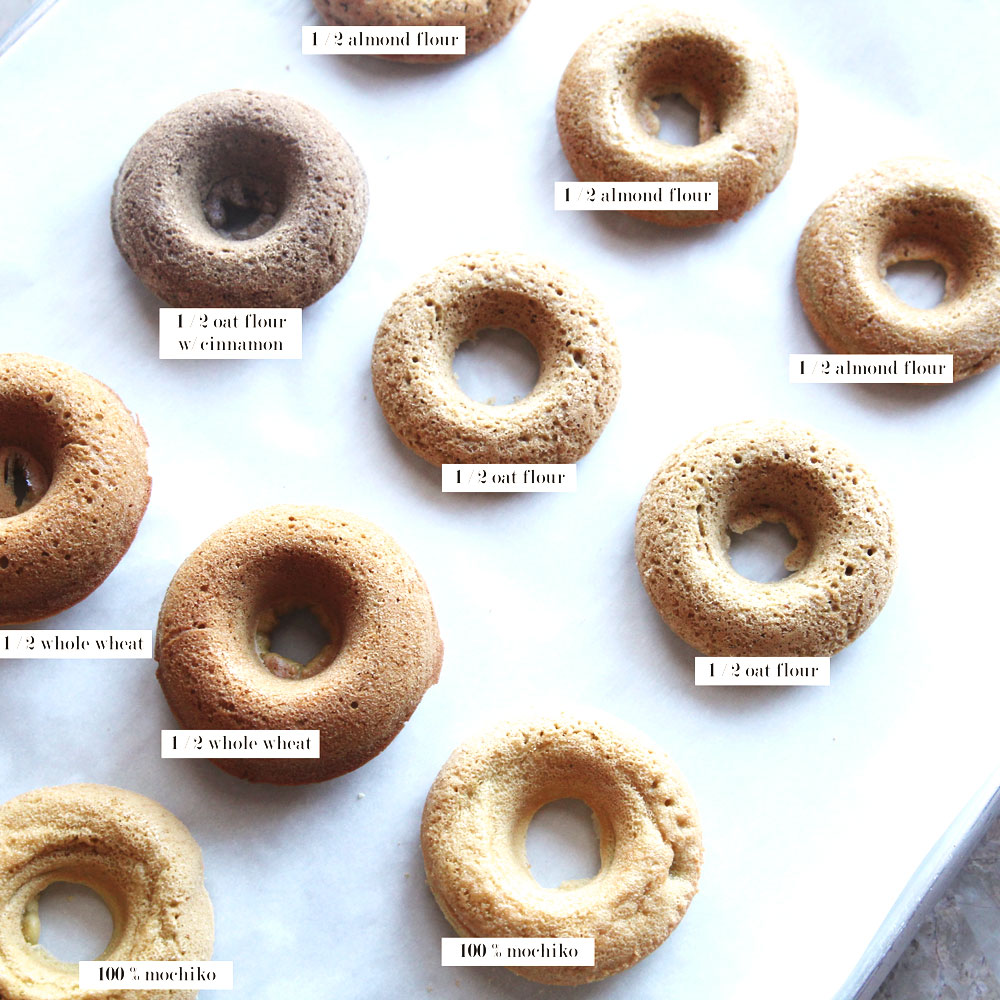
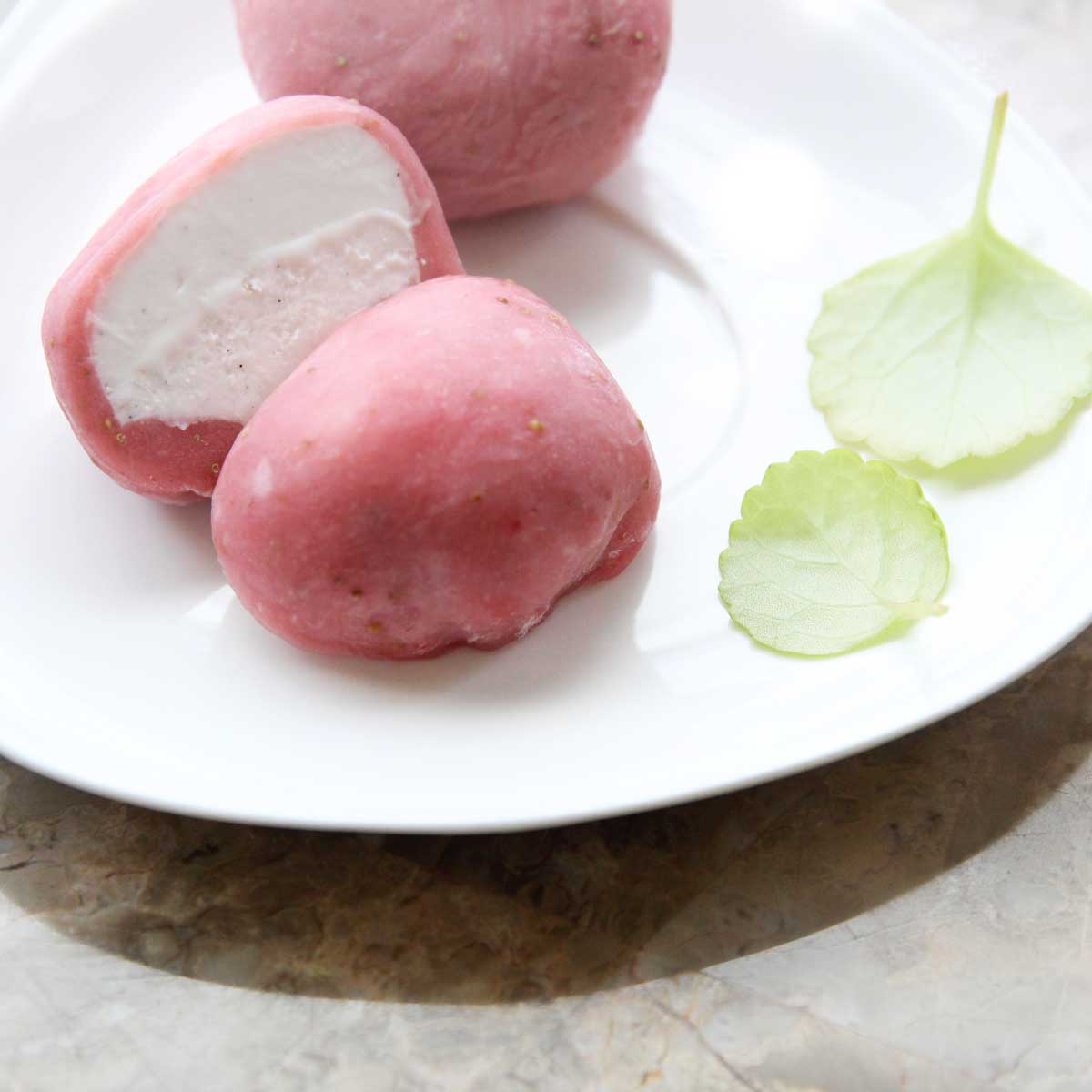
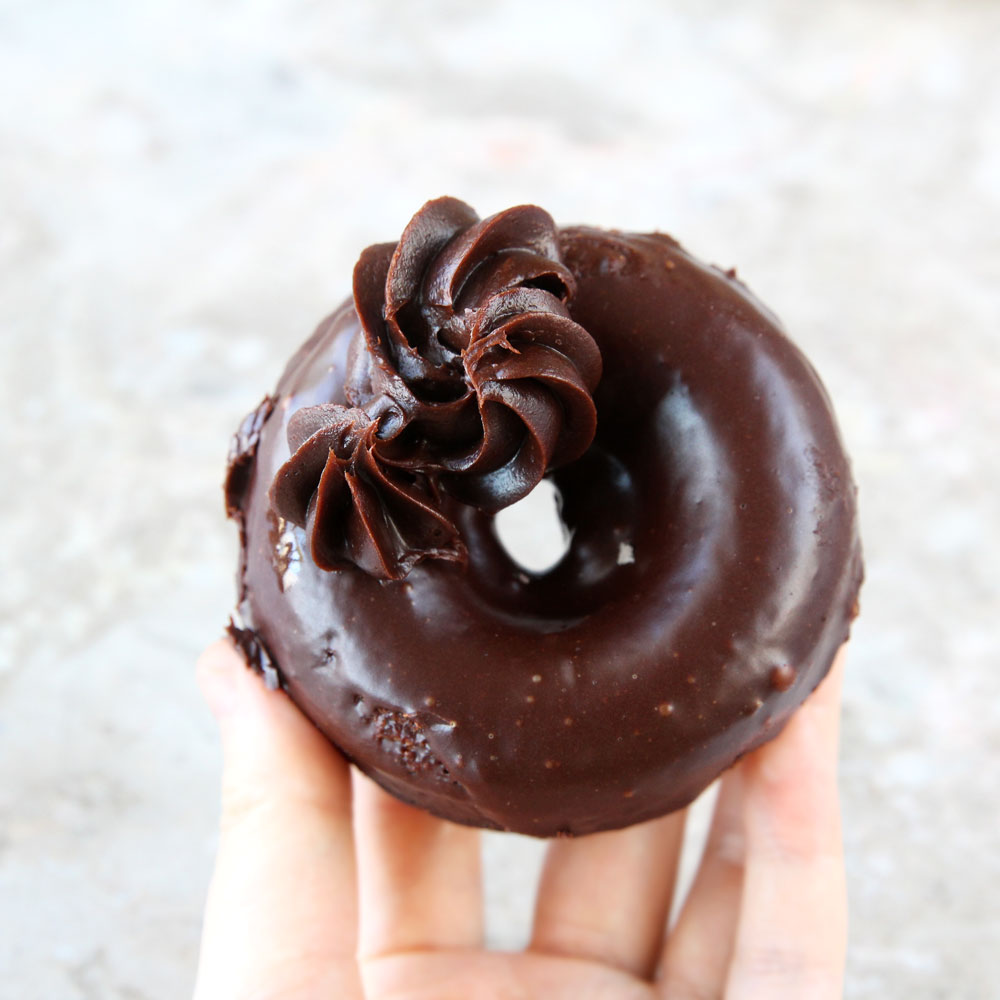



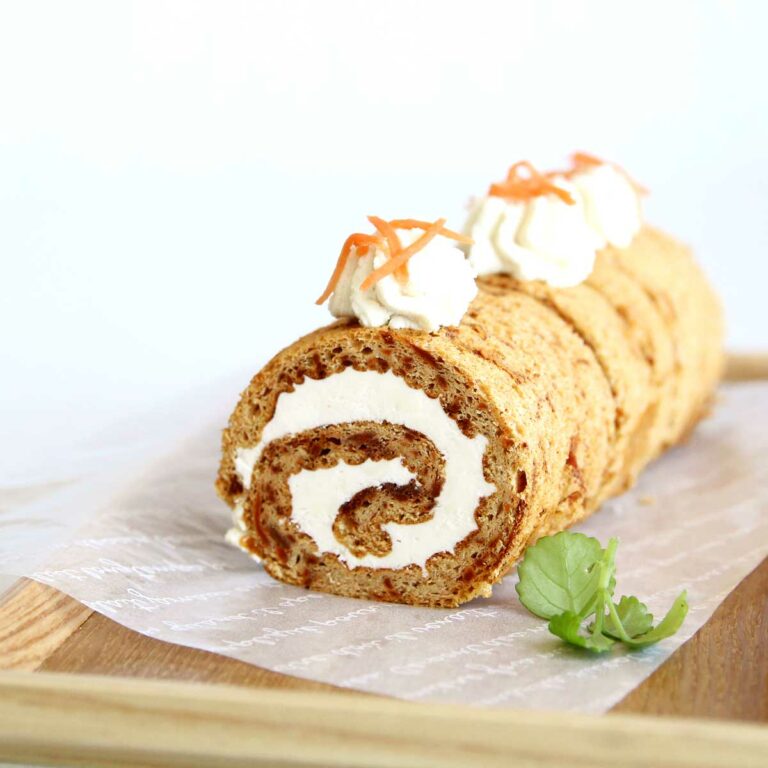
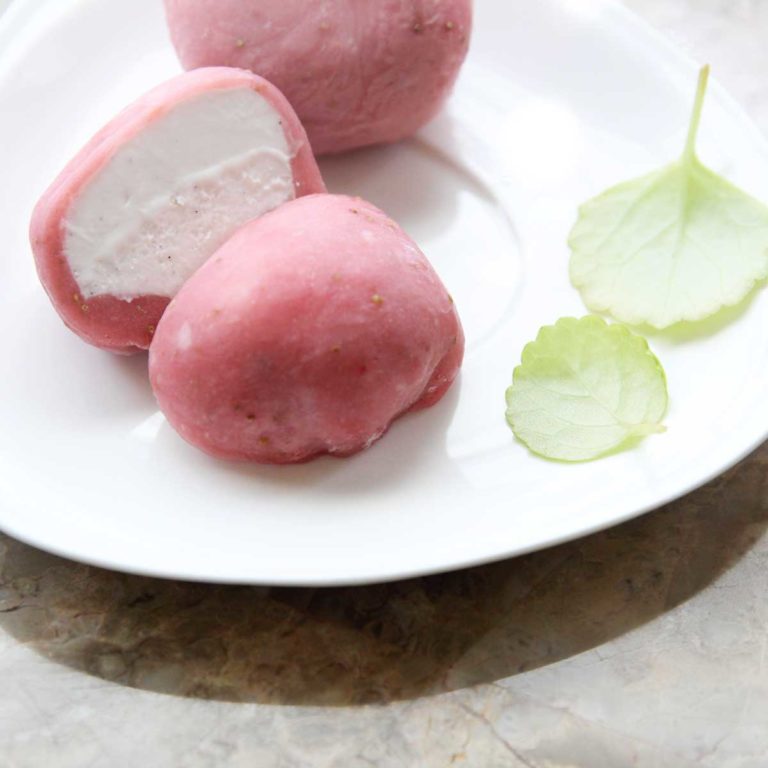
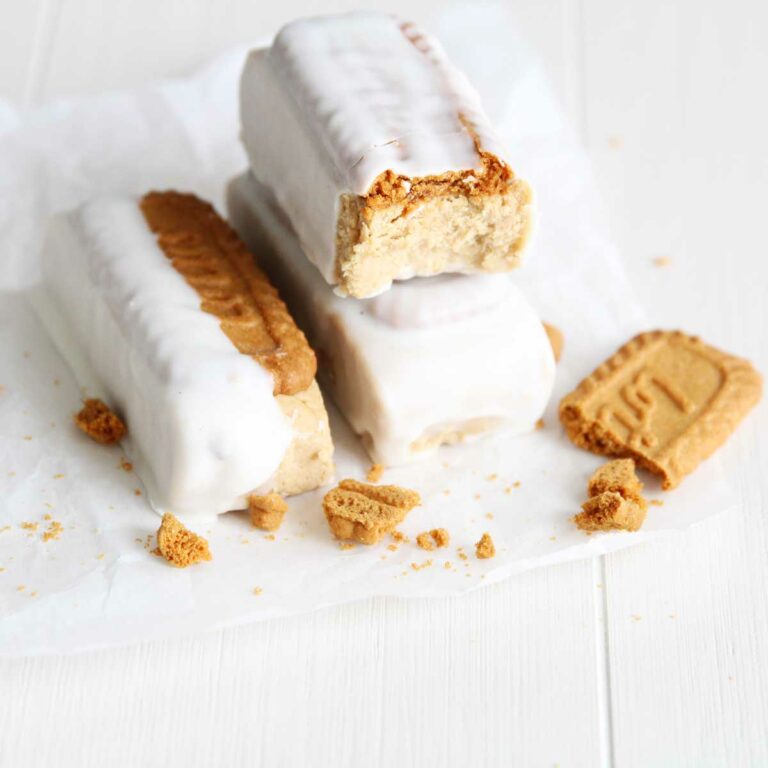
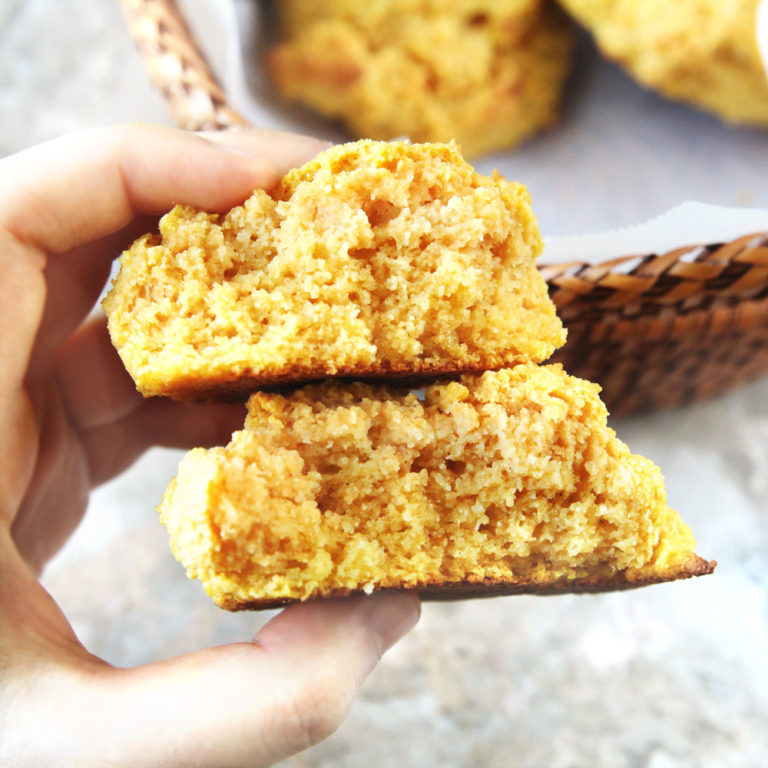
Leave a Reply